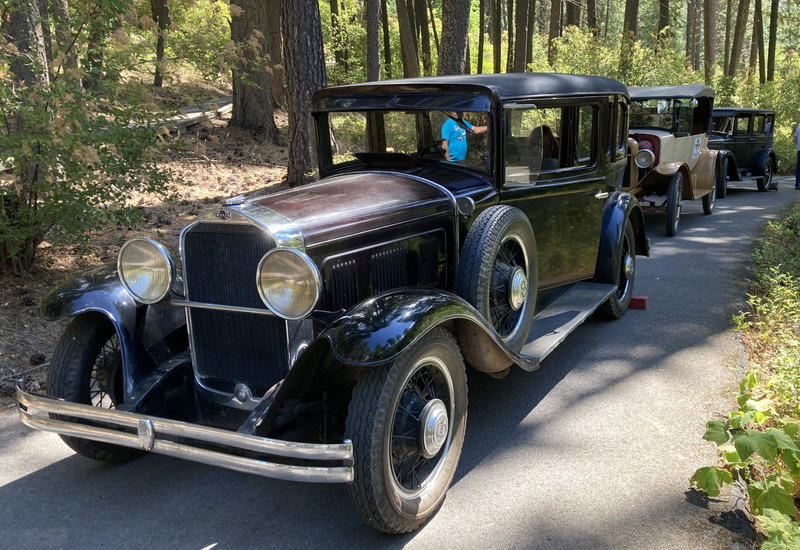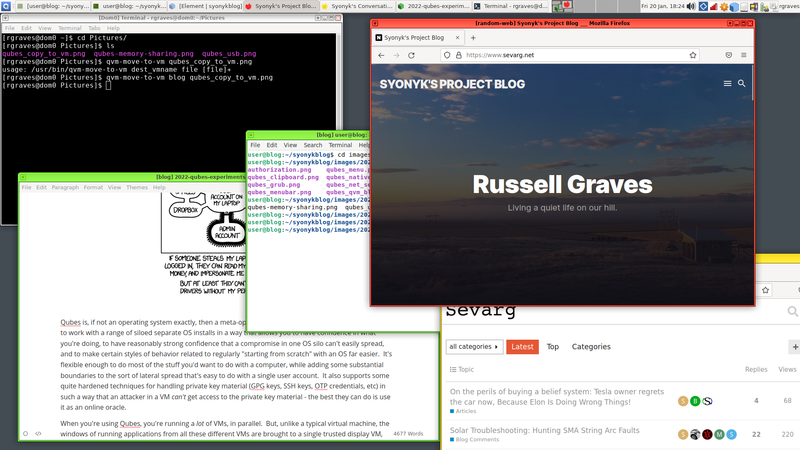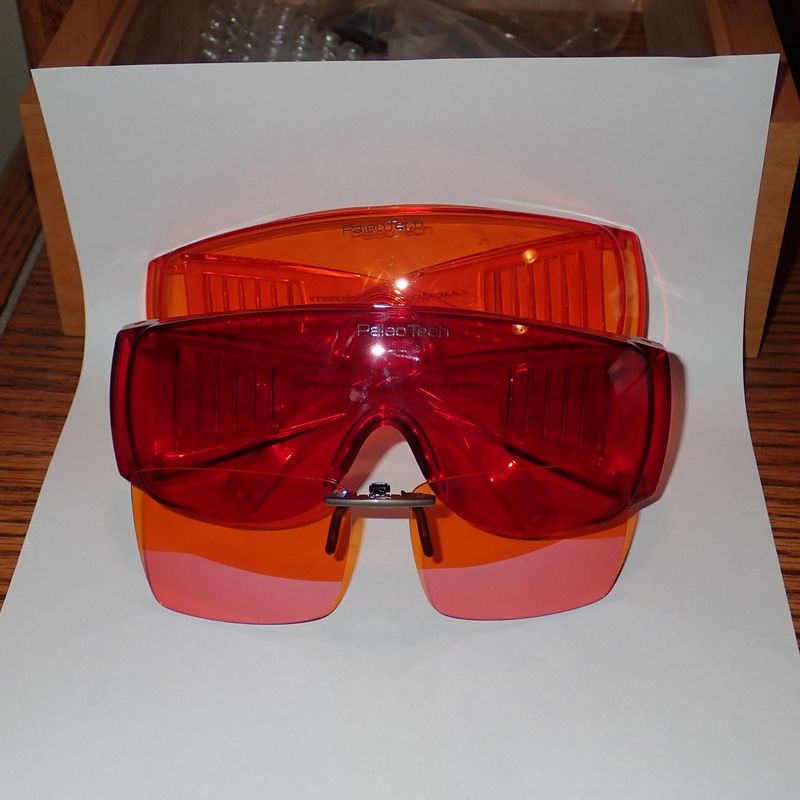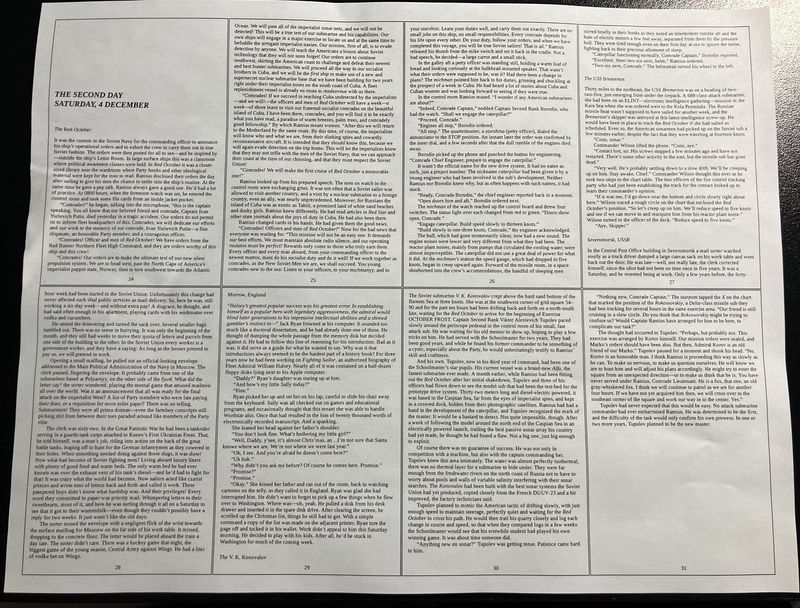Two years after we got our 1930 Willys 8-80D, we’re finally able to make it to a car meet with it! Last year’s meet didn’t happen for a variety of reasons, and previously, while we’ve participated with borrowed cars, we didn’t have our own. This year, we’re at a combined WOKR/Studabaker club meet in north Idaho, with our own car! And I’m even posting about it the same week we did it!
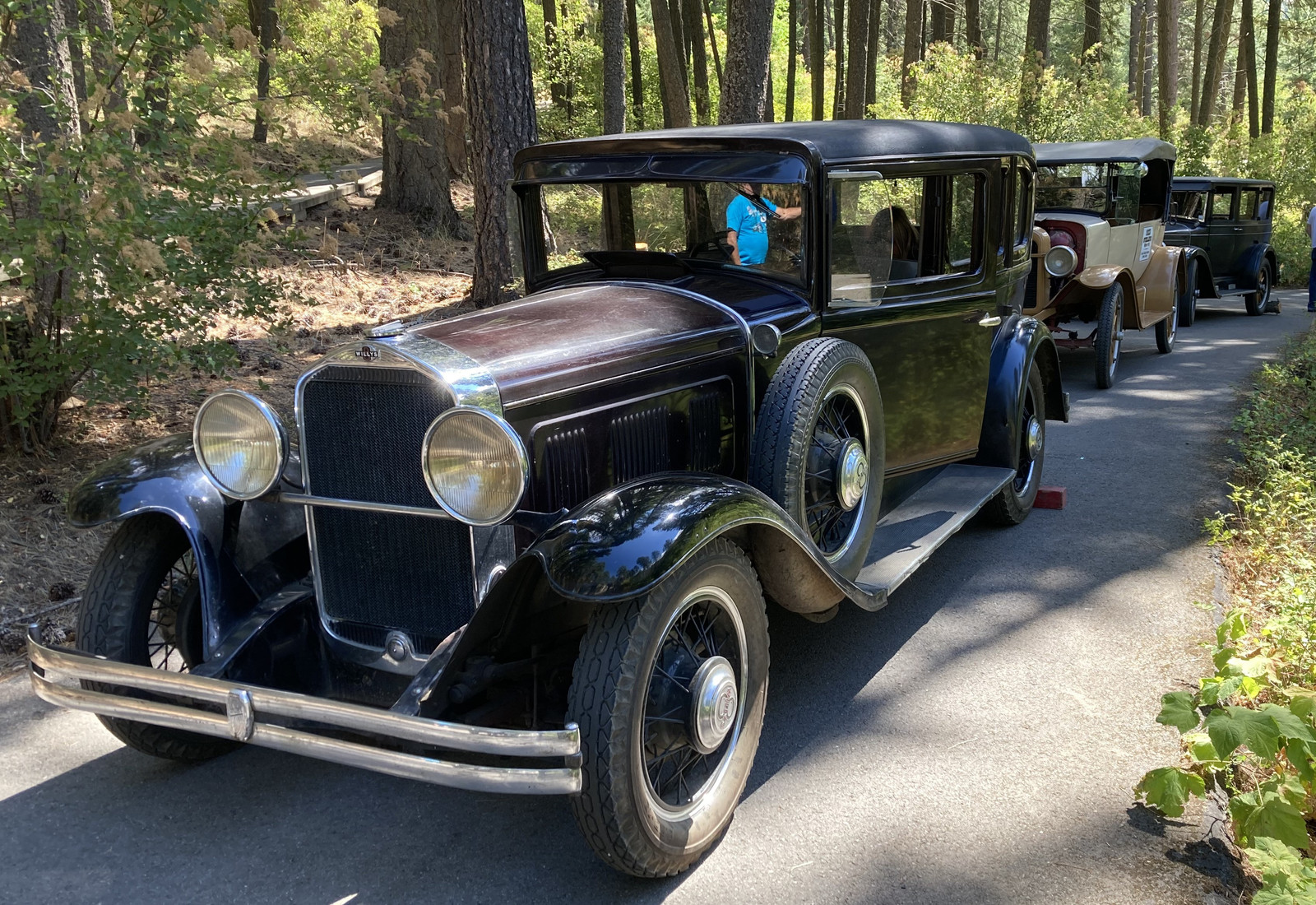
My wife grew up in the WOKR car club, her parents have a few relevant cars, and we enjoy the meets as well.
Getting Ready
Last year, for a range of reasons involving me having no free time, I didn’t manage to get the Willys out and running. We’d run it around some the year before, but I’d not “gone over it” with eye towards a meet (I have one trouble trophy already and that’s quite enough for me - ethanol fuel and vacuum tank fuel systems, uphill in the heat…). I’d also not actually gotten around to registering the car and trailer (we got it in the middle of Covid, I couldn’t get a VIN inspection appointment for an out of state purchase, and I lost track of it). Time to deal with all of it!
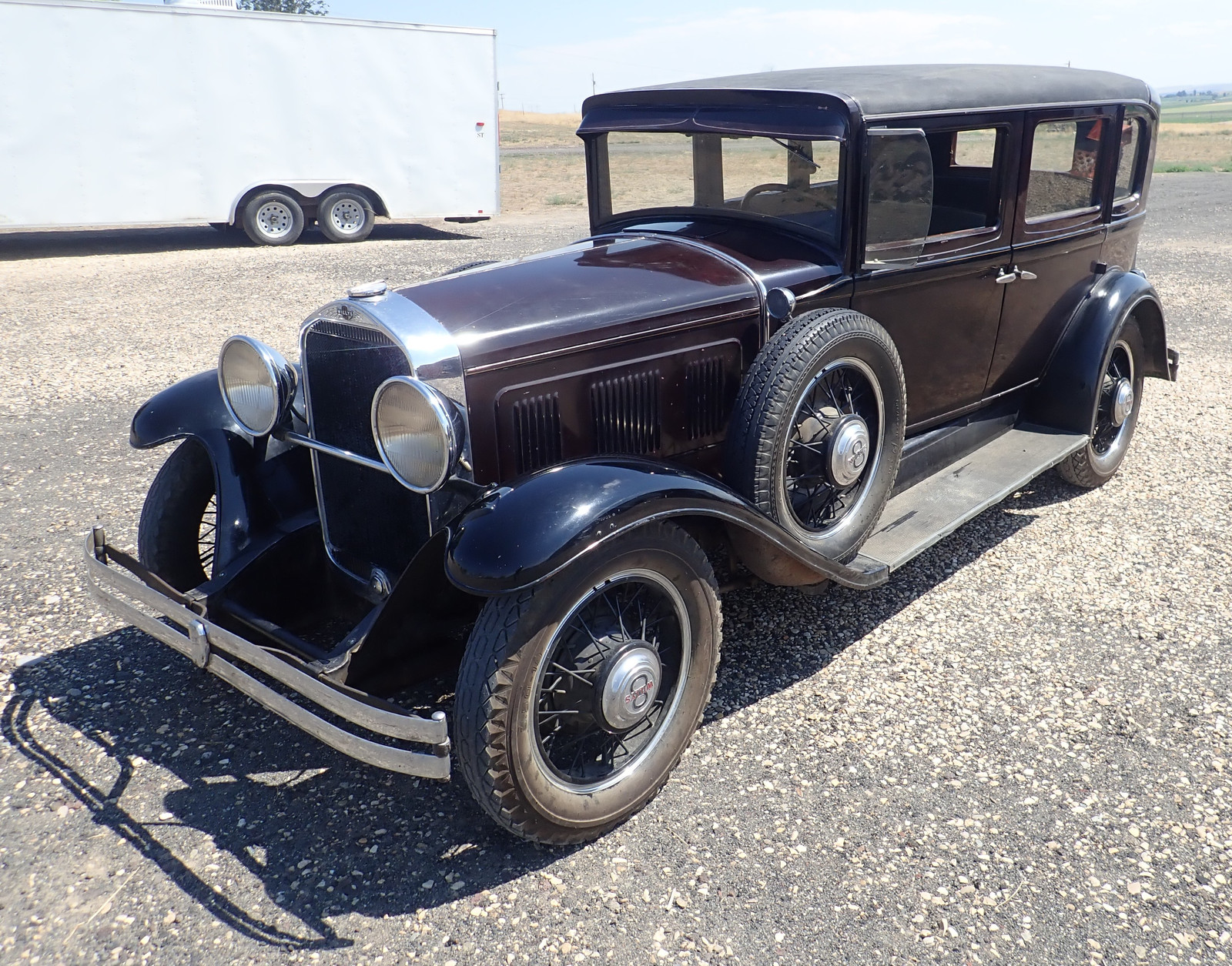
A decent enough Friday served to drive the Willys out to Murphy and entertain the county courthouse staff for a while, plus a bit of an excuse to get gas, shake the cobwebs out, and roll the car for a while. Motoring on backroads on a nice day is properly enjoyable!
Then it was time to go through the process. Old cars, if you’re not familiar, have far more regular maintenance requirements than new cars. They come with a great manual for what needs doing, but the intervals are “Every two weeks,” or “Every month,” or “Every 100/200/500 miles,” with some stuff having the luxurious interval of “Every year or 3000 miles.” Not knowing when most of this had been done last, I went through everything. Mostly, this involves changing a variety of oils out, and then spending quality time with a grease gun lubricating about 500 chassis lube points. It was a nice gun, it probably got 90% of the grease into the zerks… At some point, I’ll probably do a detailed writeup on the maintenance process, since it’s a rather foreign concept to people who’ve only driven newer cars. Say what you will about computers, I do enjoy modern maintenance intervals.
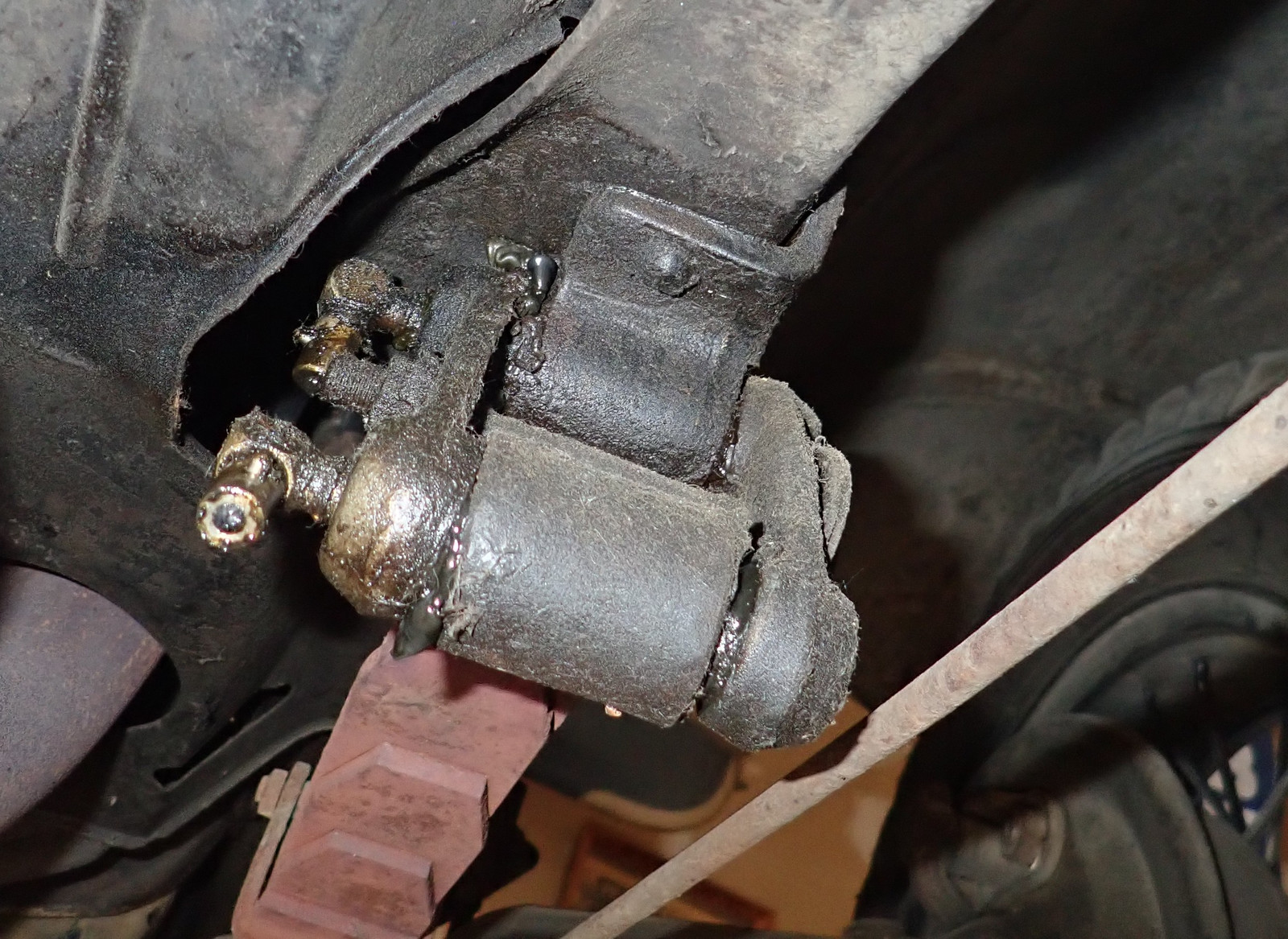
I also took the time to go through my truck and solve a few issues that have been present, but not annoying enough to really carve out the time to solve them. I fixed the dead rear speaker (a wire had come loose from the connection behind the dash), I fixed my door handle (I’ve been opening the truck door from the outside, with the window, for a few too many years - standard OBS door handle failure), I routed USB and aux cables out of the stereo, and we cleaned the truck out. If you’ve never had an enthusiastic five year old help clean a car, I suggest trying it at some point - you’ll discover stuff that’s been in there for decades. Literally!
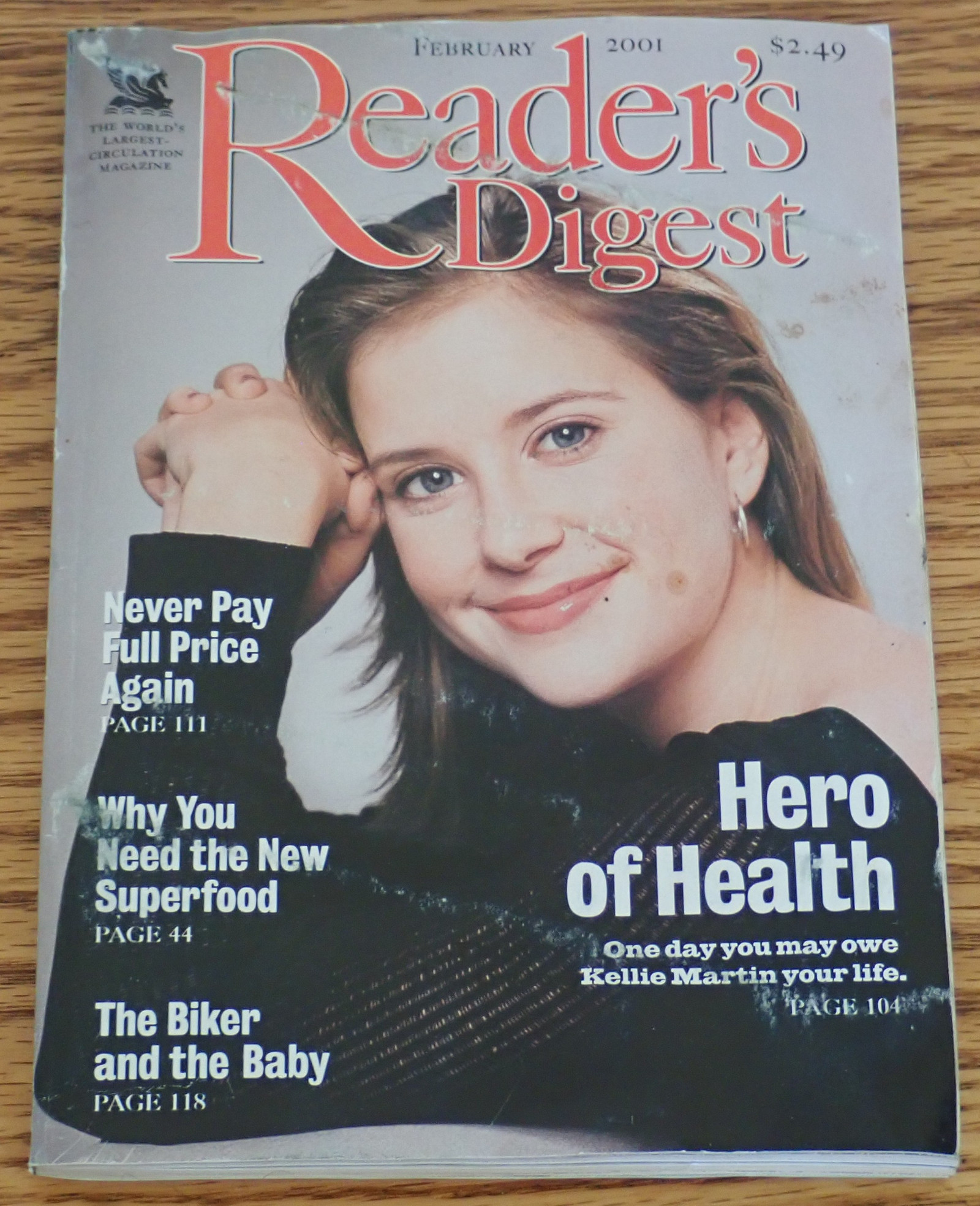
Also… should you find yourself fighting with an old MP3 player of some sort, you’ll probably discover that they’re stupid in all the wrong ways. They order things from the filesystem by doing things like “Displaying them in the order they’re in the FAT32 directories.” Usually this works fine, sometimes it ends up with things massively out of order - and if you’re doing audiobooks, that’s a problem. Fortunately, there’s a utility for Linux that enforces order on this chaos: fatsort. It will quite literally re-order your FAT32 (also FAT12, FAT16, and exFAT) filesystem directories in the desired order - and you can sort by ASCII, sort by natural order (so “2” comes before “10” in the list), and do a few other handy things. Really slick, and I was glad to see it existed.
Tires aired up, fuel tanks loaded, luggage loaded, and it’s time to head out!
The Trip Out
To avoid an absolutely epic slog, we split the trip out into two days, convoying with my wife’s parents (who brought their 1923 Overland - being 100 years old this year, there was only choice of which car to bring). One kid in each car is peaceful. I’ve towed this trailer before, but not for long distances, and not at sustained interstate speeds. The trailer is best described as a “heavy brick.” The trailer and car are right at the 7000 lb trailer gross weight, and it has the aerodynamics of a brick. And not one of those fancy aerodynamic bricks, either!
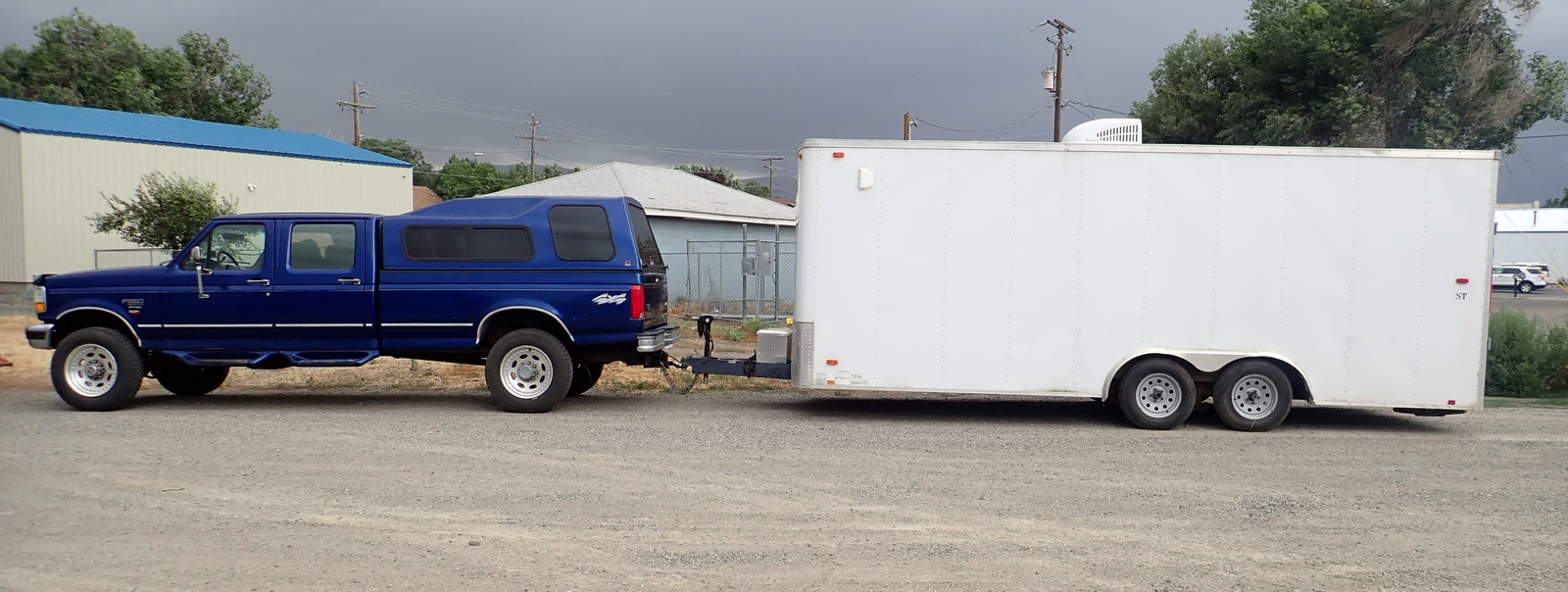
We rolled out on a nice morning and headed west on 84 for a while. After lunch, we ran into the teeth of one heck of a storm, and spent a few hours slogging along into a properly stiff headwind. With the aerodynamics I had going, I just chugged along at 55mph for a while until the wind dropped - mostly because I wasn’t going to get myself going much faster without just asking for continuous full power out of the engine, and while I don’t mind 1200F EGTs, neither do I like them staying there unless I’m climbing a hill. This was flat land cruise power for far longer than is reasonable!
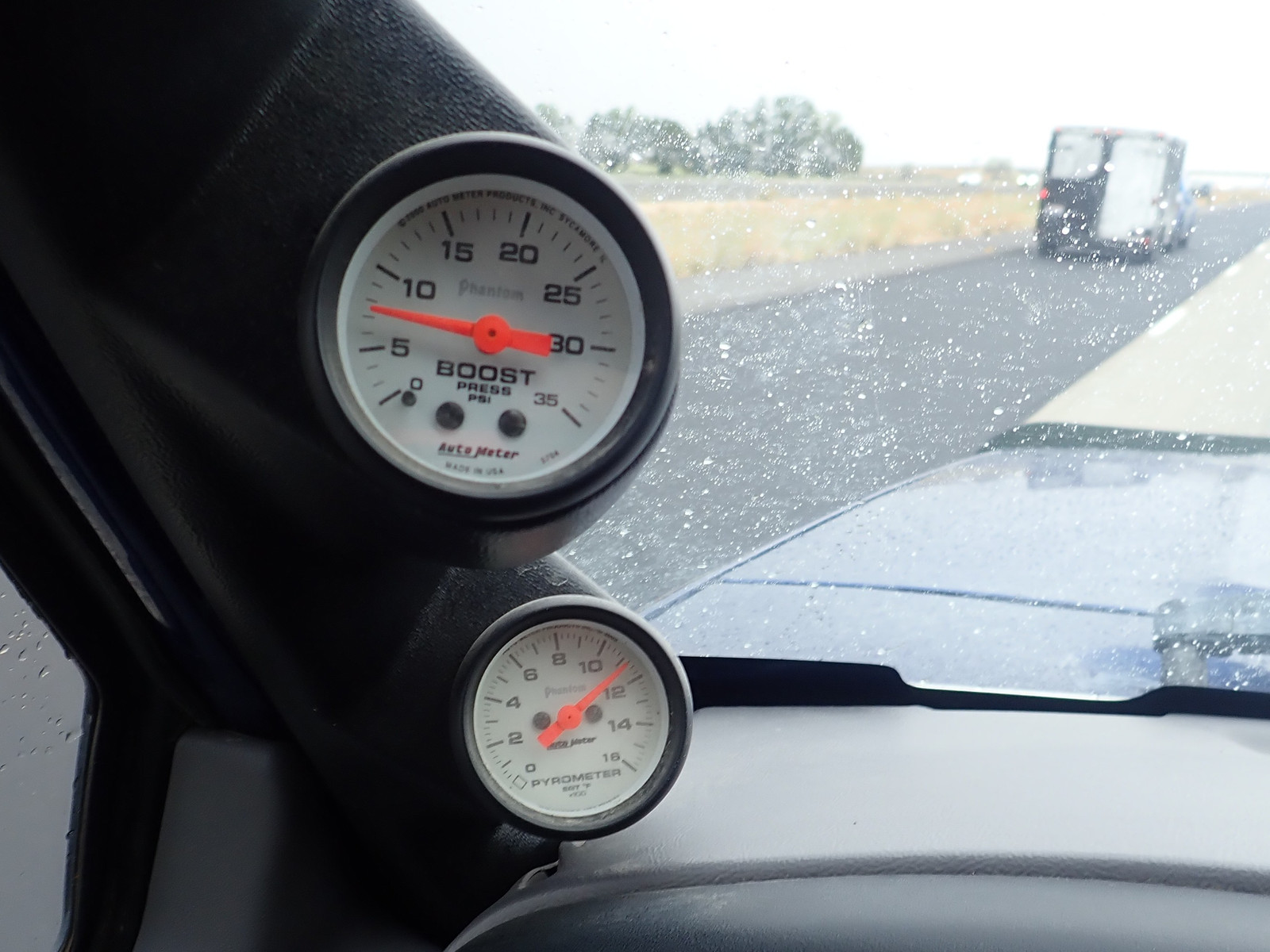
The wind finally broke, and we settled into a hotel for the evening and night.
Day two was far nicer - fuel up in Oregon (you can now fuel yourself, and so far every diesel pump I’ve seen in Oregon is disgusting) and run through Washington, avoiding the rather far more expensive fuel in that state. It was a nice day, calm winds, and just a lot of fairly boring highway miles.
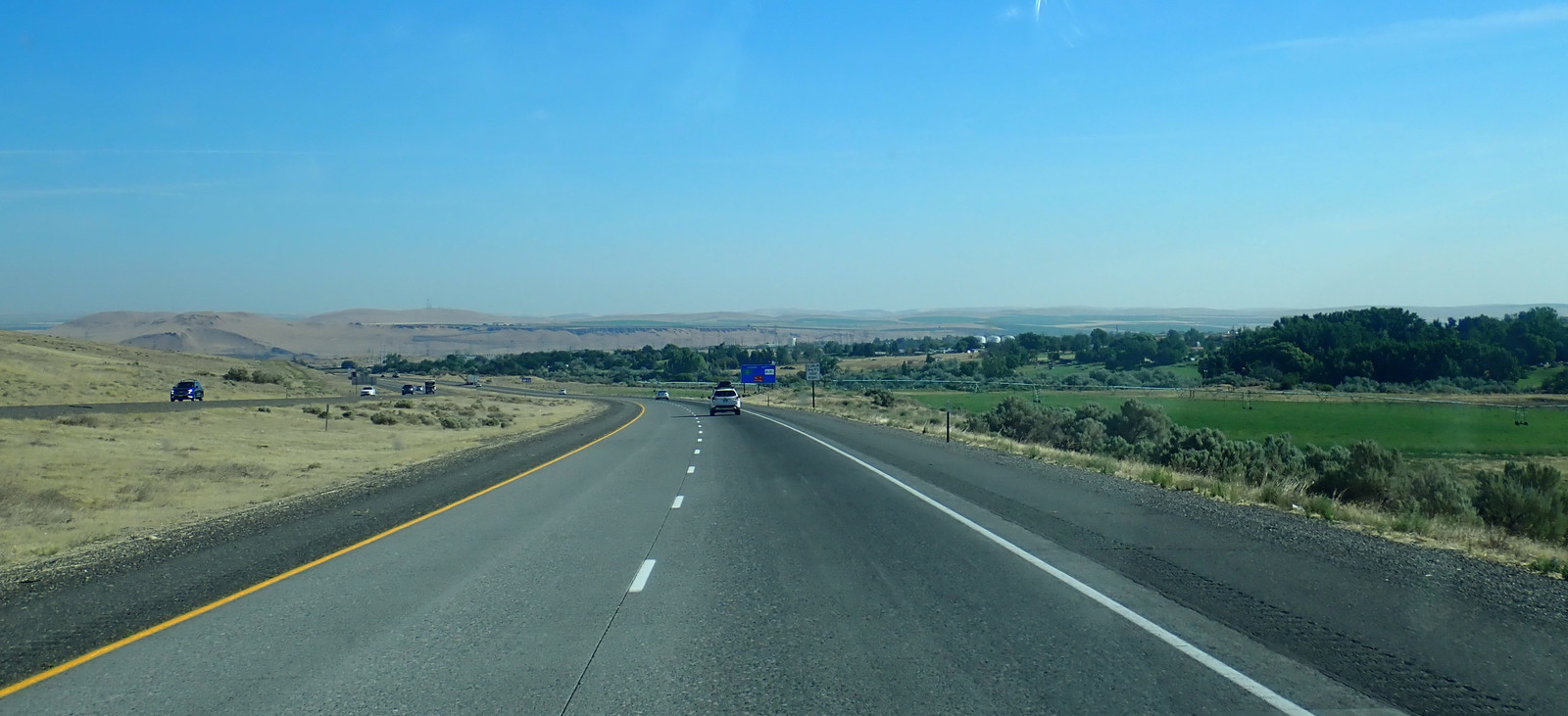
Touring Day One
Our first day on the tour was a lot of stops out at various restoration shops. Places that generally aren’t open to the public for tours have a way of being awfully agreeable when you talk about showing up with a dozen or so antique cars and the sort of people who enjoy restoring and driving them, and I’ve seen some genuinely cool places on car tours.
We started out on some nice scenic winding roads, motoring along at a pleasant 30-35mph on 35mph roads through a generally forested area. It was a nice enough drive, except for one particularly aggressive, rushed Subaru driver who blasted his way through our line one or two cars at a time, honking as he passed us on double yellows, generally close enough that I expected he was going to hit someone. Chill, dude.
Driving our 8-80 is pretty much like any other car of this age - first and second (low and intermediate in the manual) exist to get you into third, which is a straight through gear (so far quieter than the straight cut gear whine of the others), and then you pretty much stay there until you come to a stop or a really steep hill. Even most corners can be taken in third if you don’t need to stop. Of course, if you do need to drop a gear, double clutching is not optional - there are no synchros to be found anywhere in the transmission. I just double clutch up and down, and that makes life quiet and clash-free. Everyone seems to think that a non-synchronized gearbox is just a clash-fest to drive, and that’s simply not the case. It’ll happen, on occasion, but that noise means you’ve screwed up your shift somehow.
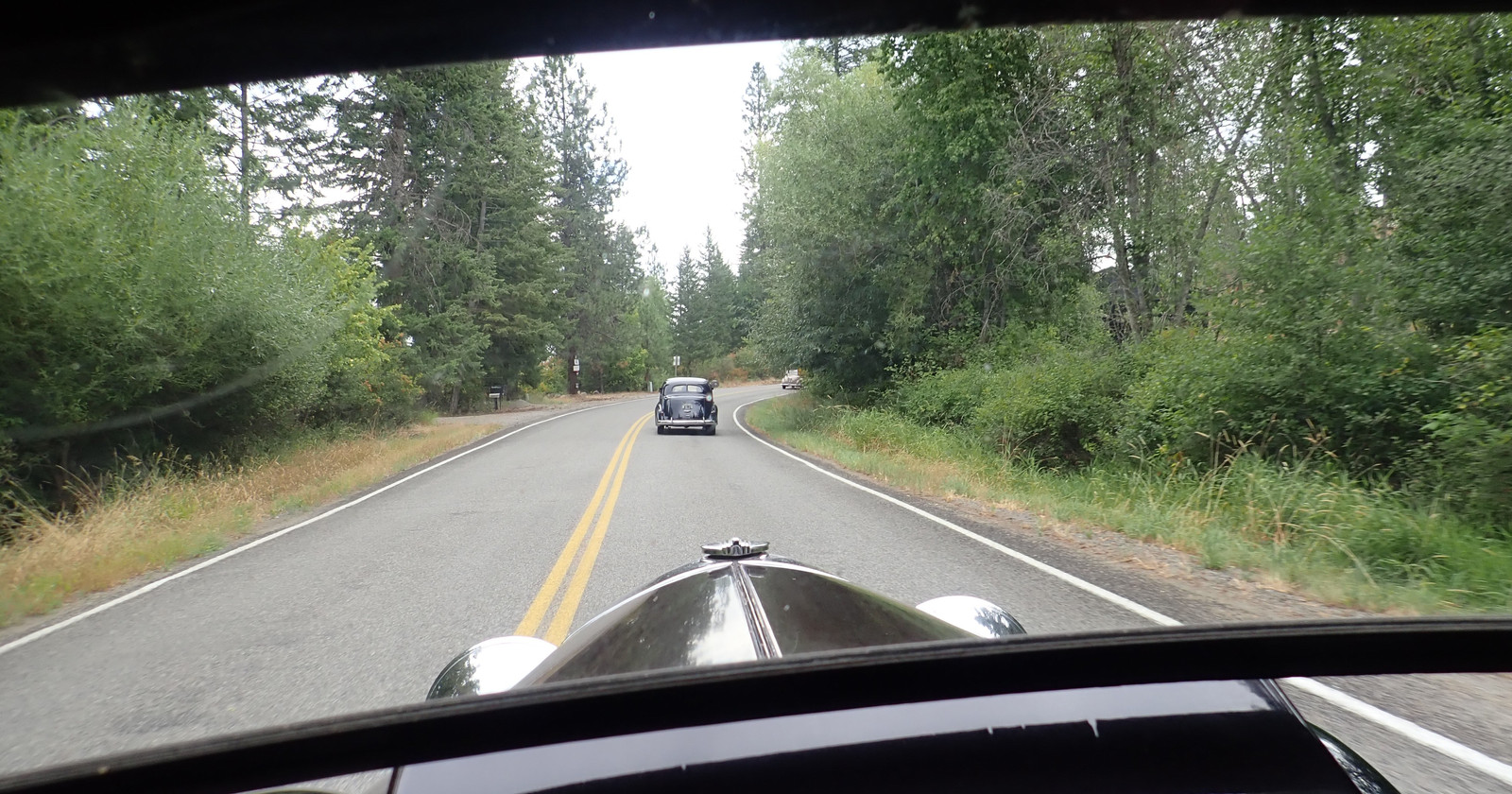
Our first stop of the day was Coeur Custom Wood Boats - a wooden boat maintenance and restoration shop, right on the water. They have a beautiful marina area, so we lined up along a fence. Any time a collection of old cars is going somewhere, people turn out to watch - we had all sorts of people watching us on our way from homes, yards, sidewalks, other cars. It’s good fun! There was one boy we passed who looked like his eyes were going to pop out of his head, he was so excited to see the tour go past!
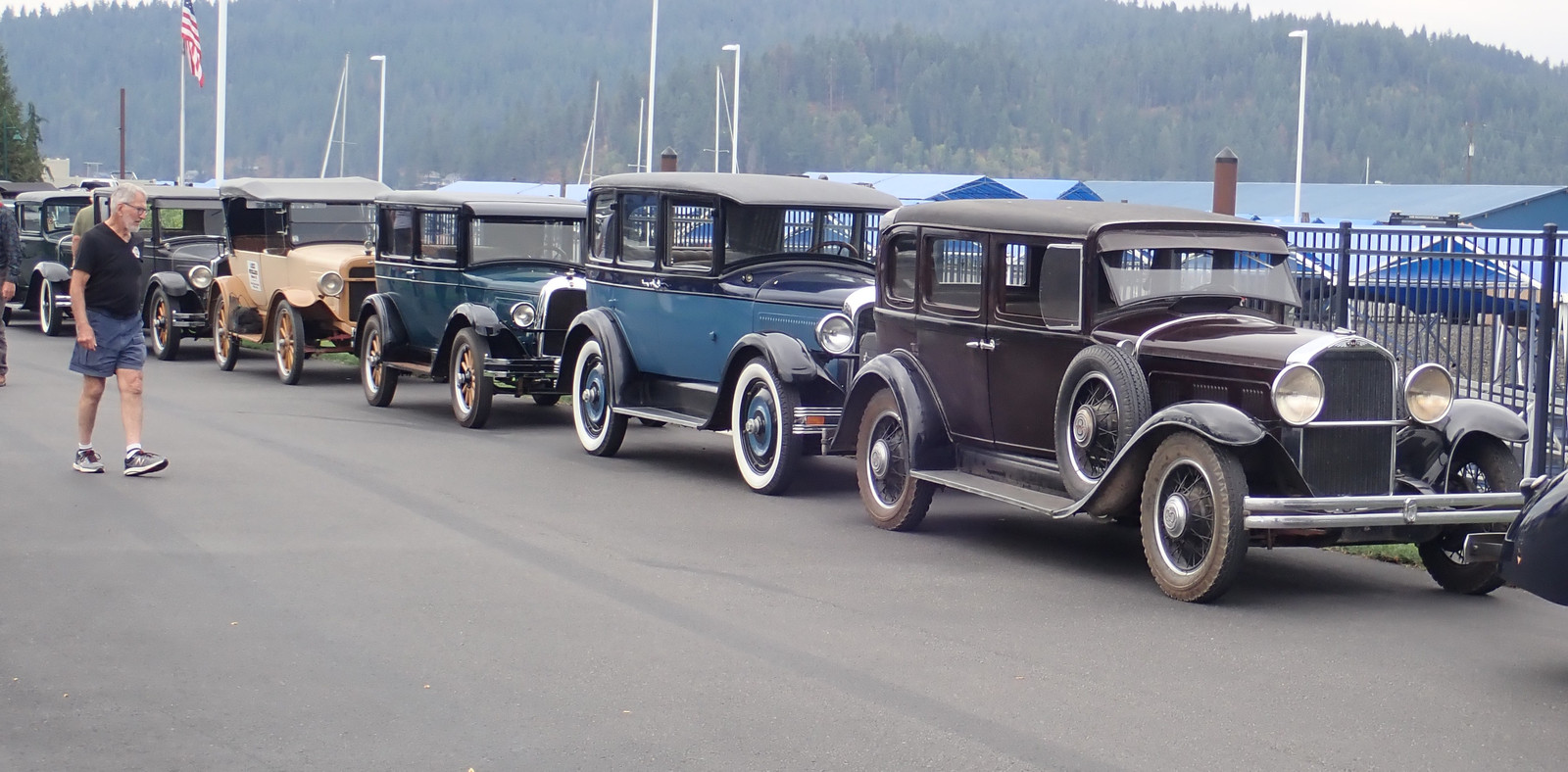
Inside a restoration and repair shop for wooden boats, there were, as you might expect, a lot of absolutely beautiful wooden boats in various stages of repair, restoration, or awaiting their turn in the shop.
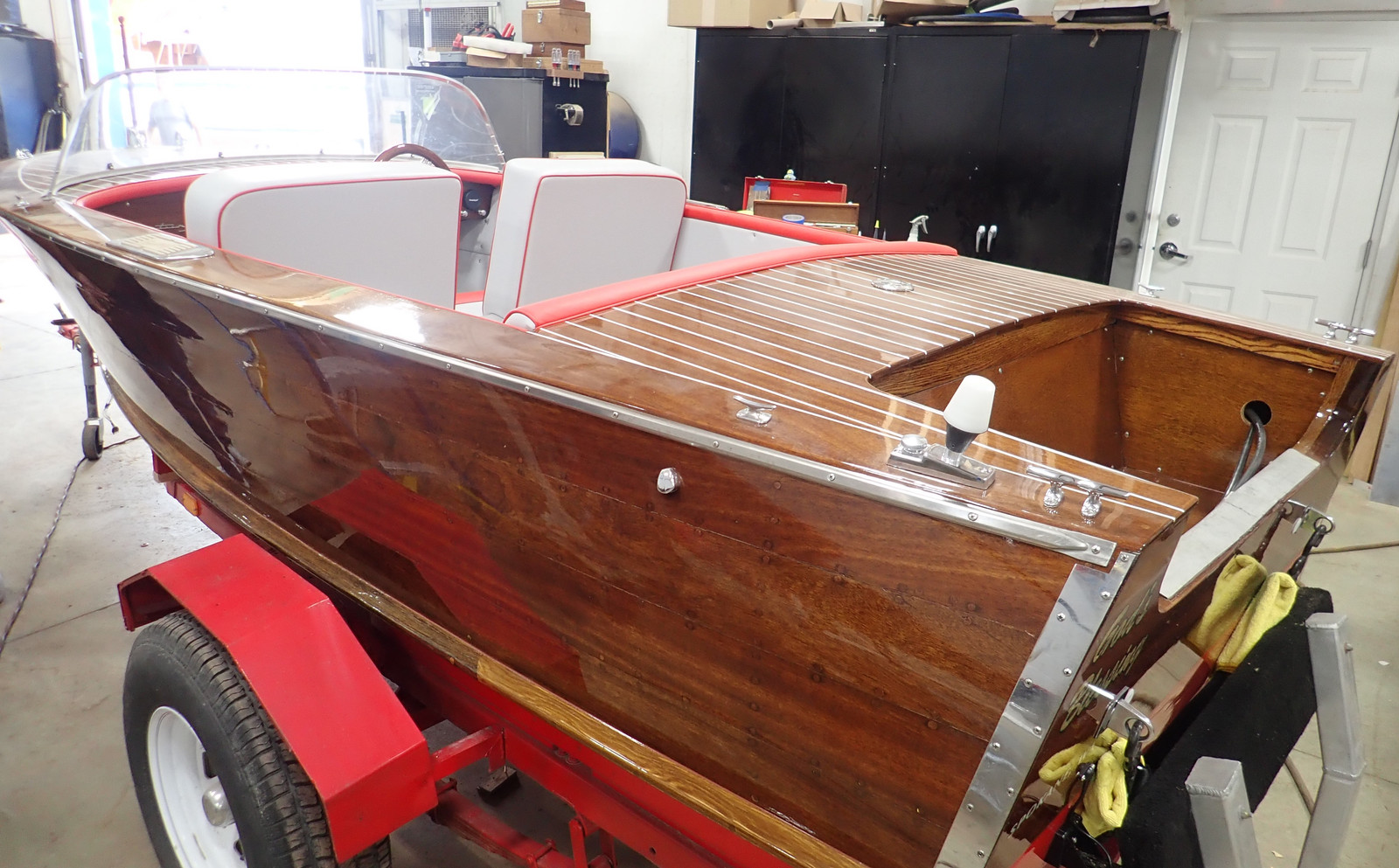
The shop does pretty much everything from general seasonal maintenance and the random mechanical or electrical issue up to full on restoration - what I’d call a “frame up” restoration in cars, where they go through and replace or repair anything that needs work. Wooden boats and water usually means a lot of partially rotted wood in wet areas, and they have quite a few skilled craftsmen who can do anything that needs to be done.
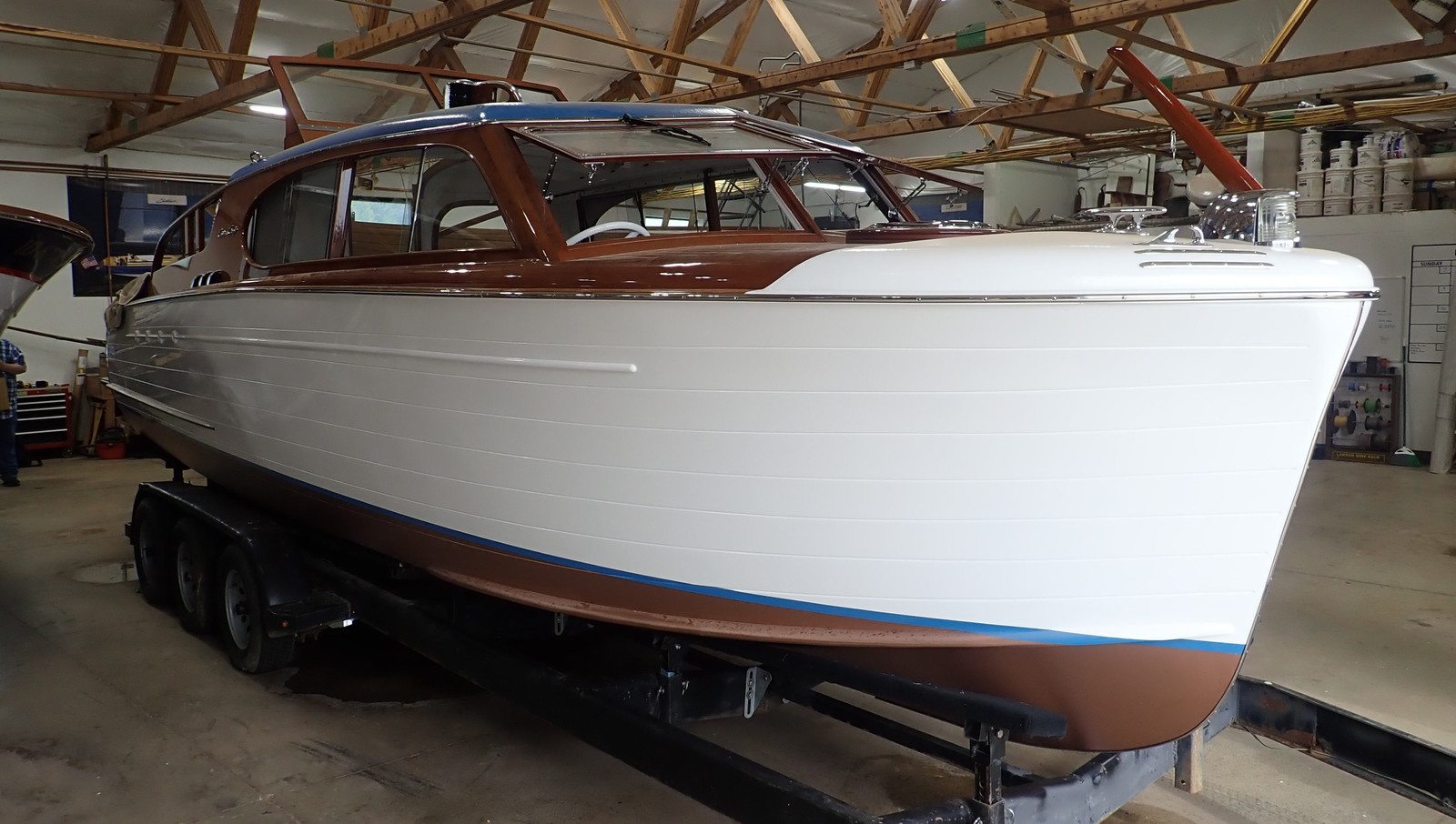
This particularly massive sailboat is a hull up restoration - it’s quite gutted on the inside, and is a long, expensive project. The mainmast was in the paint room while we were here - they had to replace the lower 14 feet of it with a range of wood splices. It’s a genuinely full service shop.
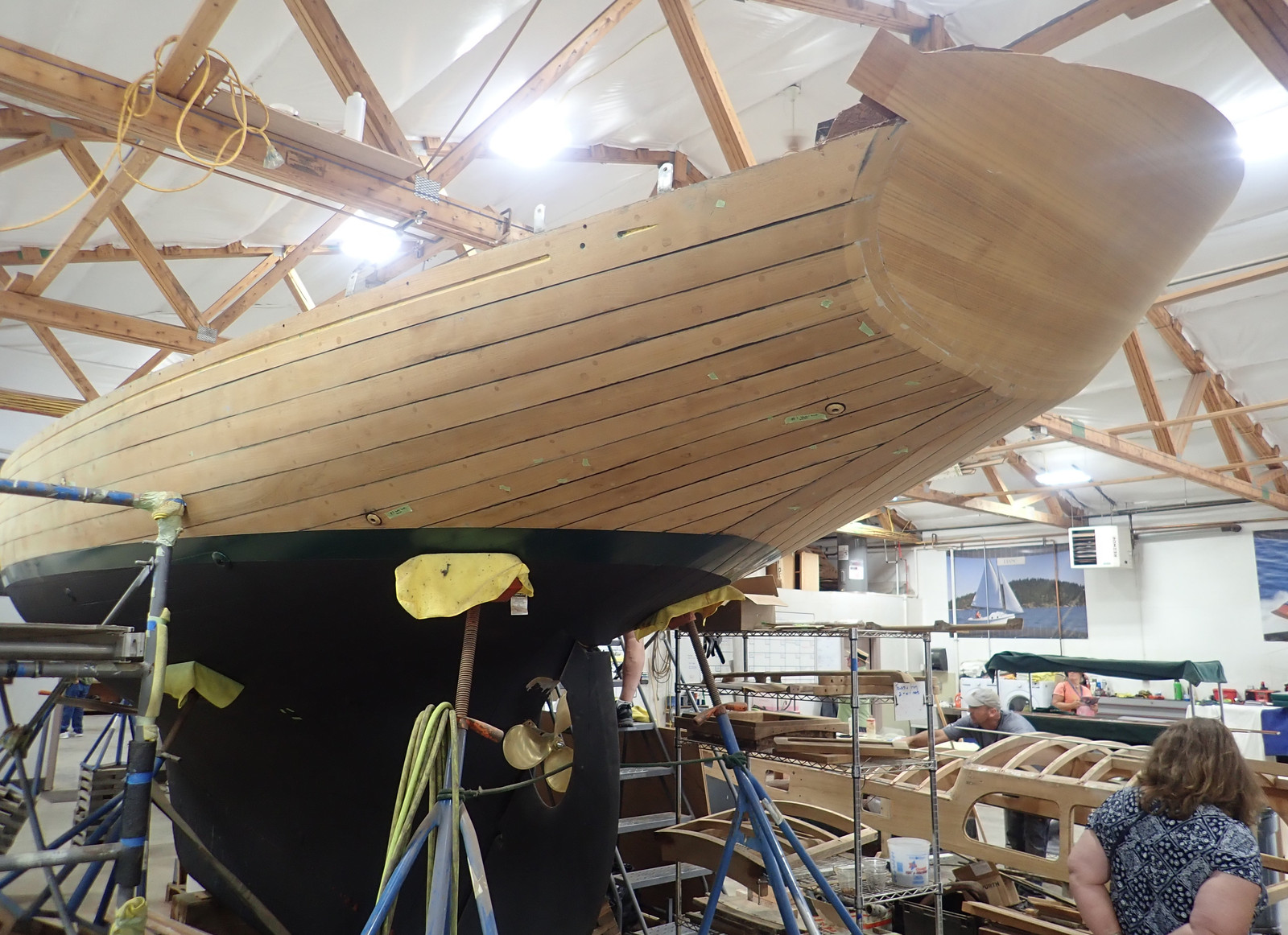
Outside, a range of other wooden boats on trailers were either awaiting their turn in the shop, being worked on in the sun, or ready for pickup.
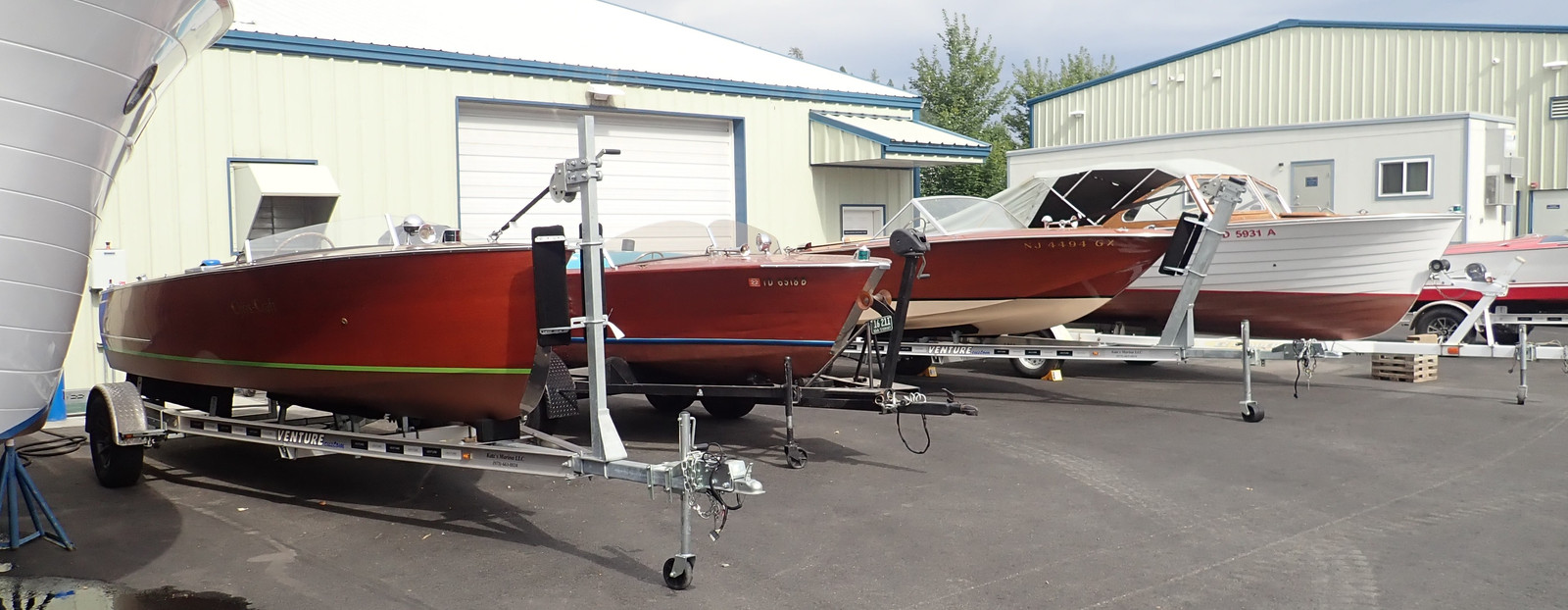
I couldn’t find any details on what exactly this is - but it’s a Mercury Maid E5, and in my personal opinion, it is a properly fine looking wooden boat. I have a well known weakness for vehicles (on land) that are hood, hood, hood… a bit more hood, keep the hood coming, a little bump for the driver and passenger, and then done. Yes, this means I would love an old Jaguar E-type, were they not staggeringly expensive. This boat is roughly the same thing - a beautiful two seater with nothing but a small cockpit at the rear.
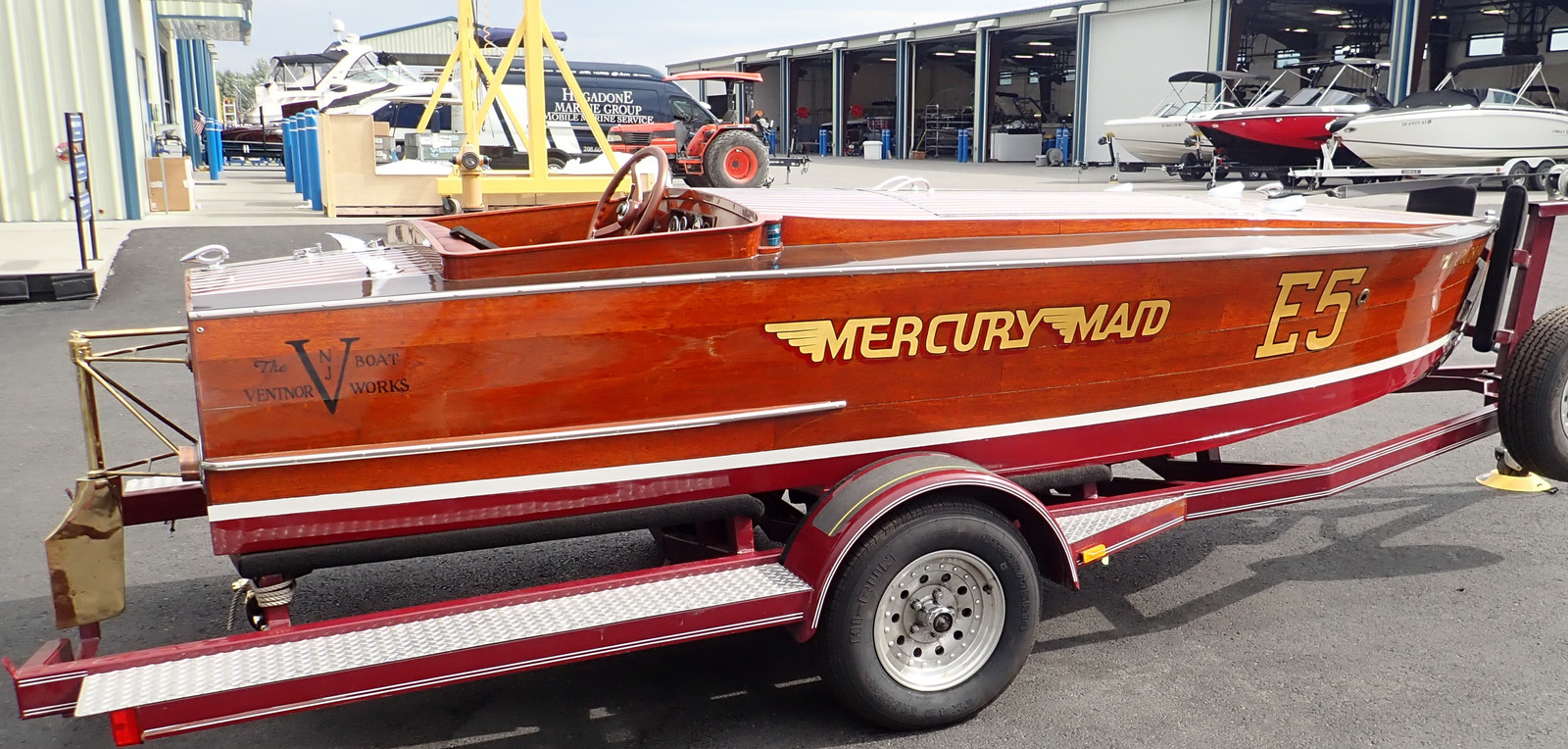
I expect, given the size of the prop, it will happily get up and go. Also, polished brass parts are beautiful.
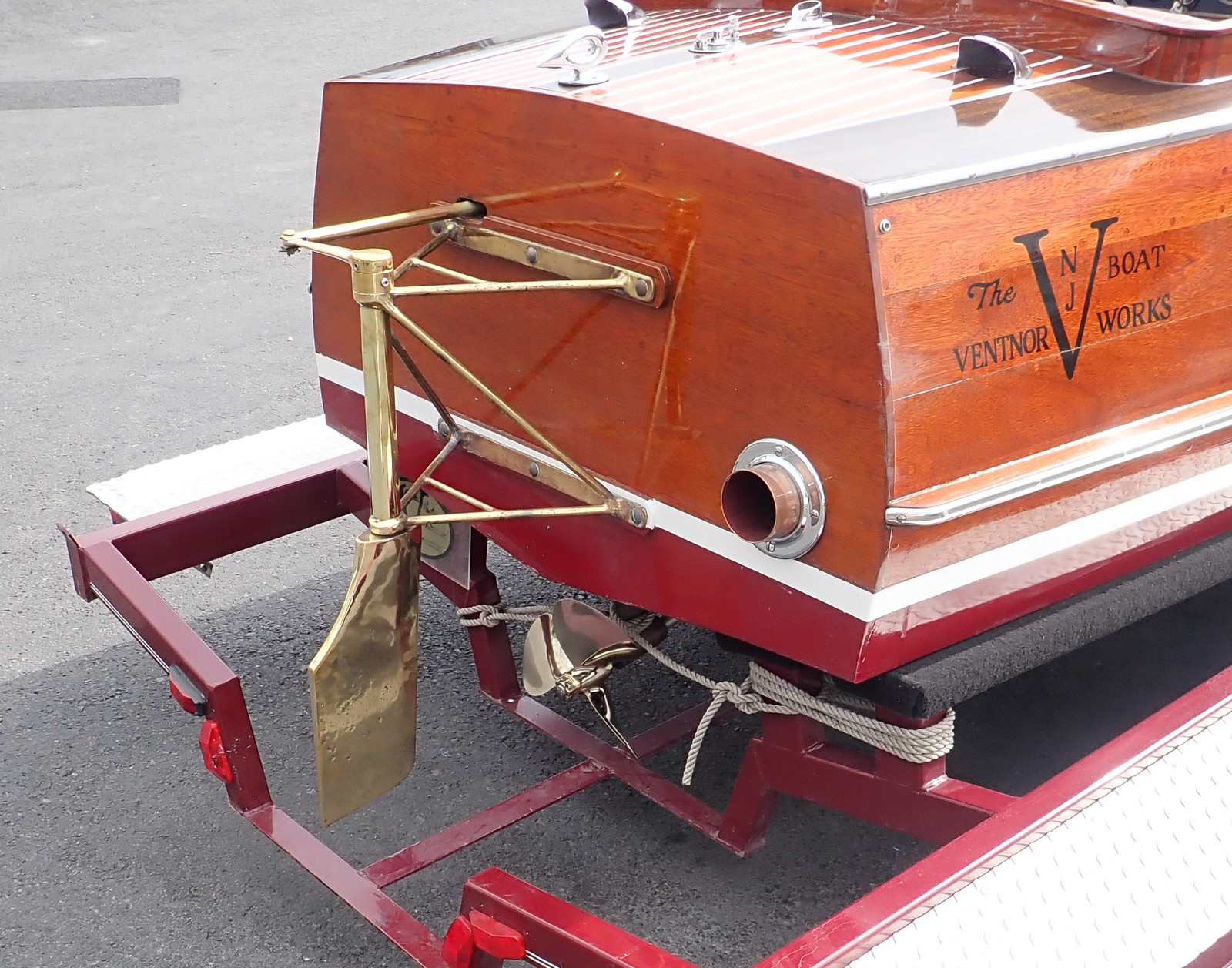
Yes, there is a lot of boat before the space for people. No, it is not a practical boat for much of anything but cruising the lake. It screams “Refined luxury,” and should the owners of it happen to find this, I would absolutely get myself up your way again should a ride be offered!
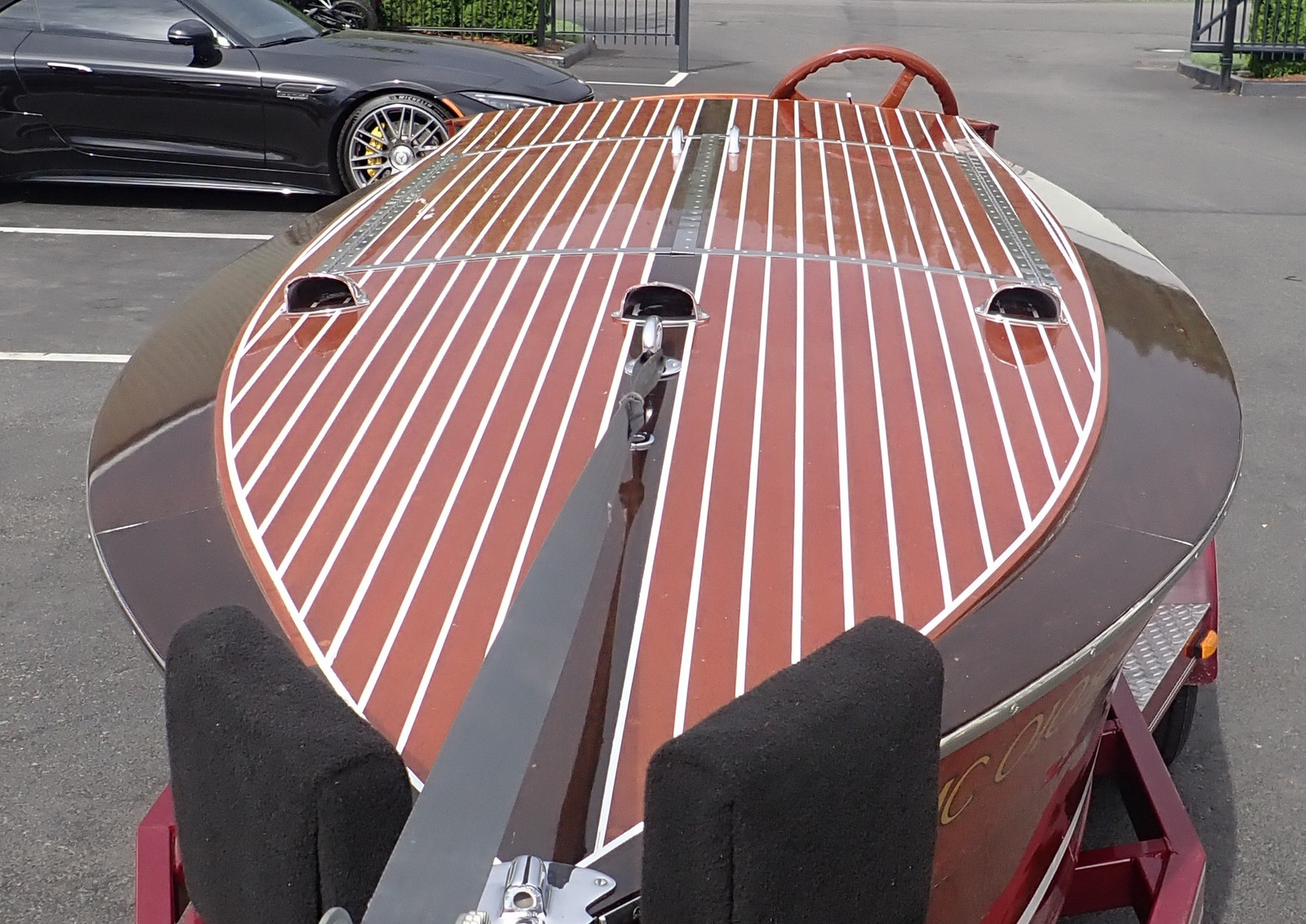
Our next stop was a slightly more automotive-focused stop. This is the first of two restoration shops today - the Classic Garage Automotive Restoration & Service shop. It’s part shop, part showroom, and just full of cars. Such as this nice Willys 8!
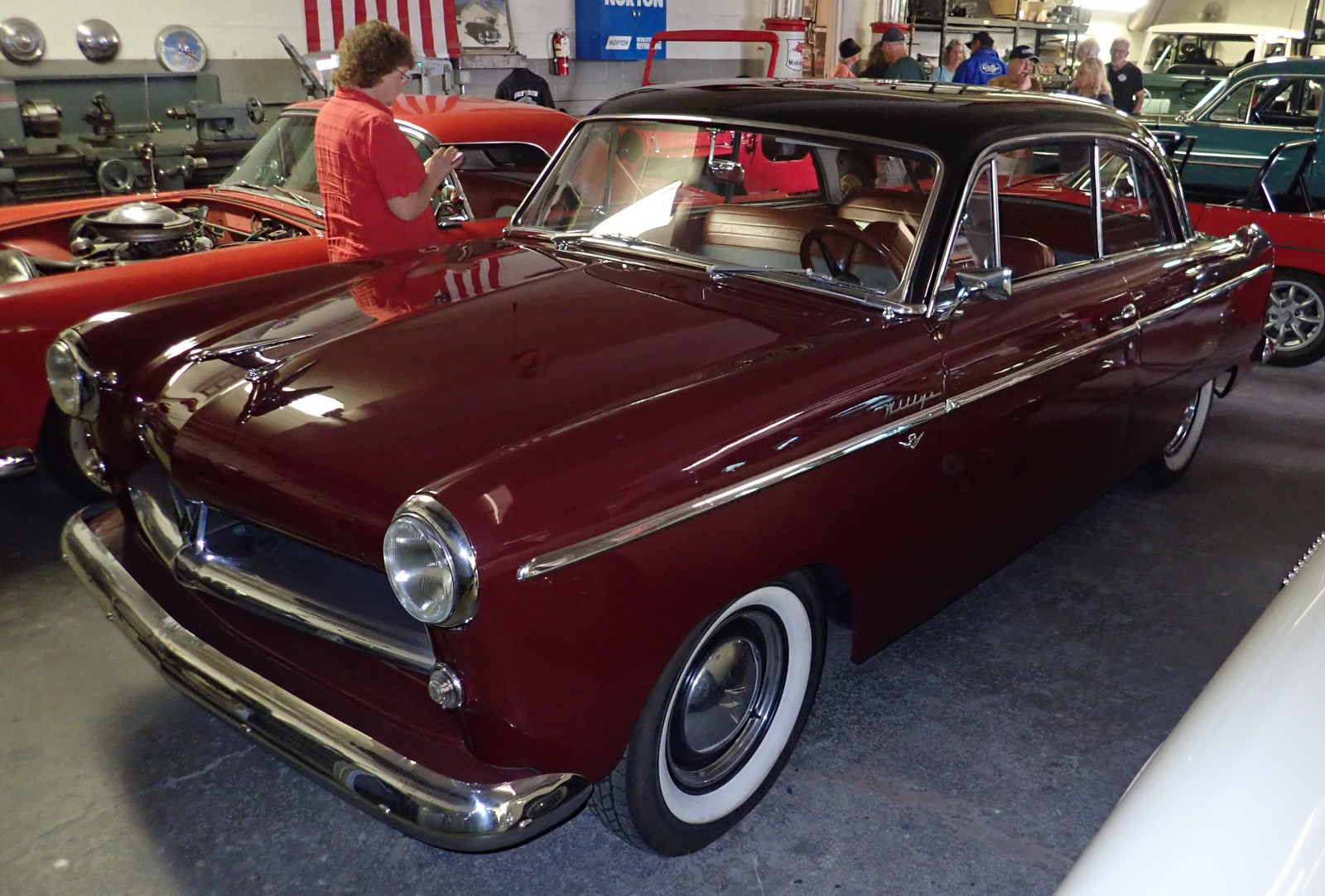
My son didn’t take long to find the beautiful two-tone Hudson Hornet (Doc Hudson from Cars, if you’re not familiar), and proceed to talk everyone’s ear off about it. This is a 1952, and as of this posting, it’s for sale for $25k, should you be so motivated.
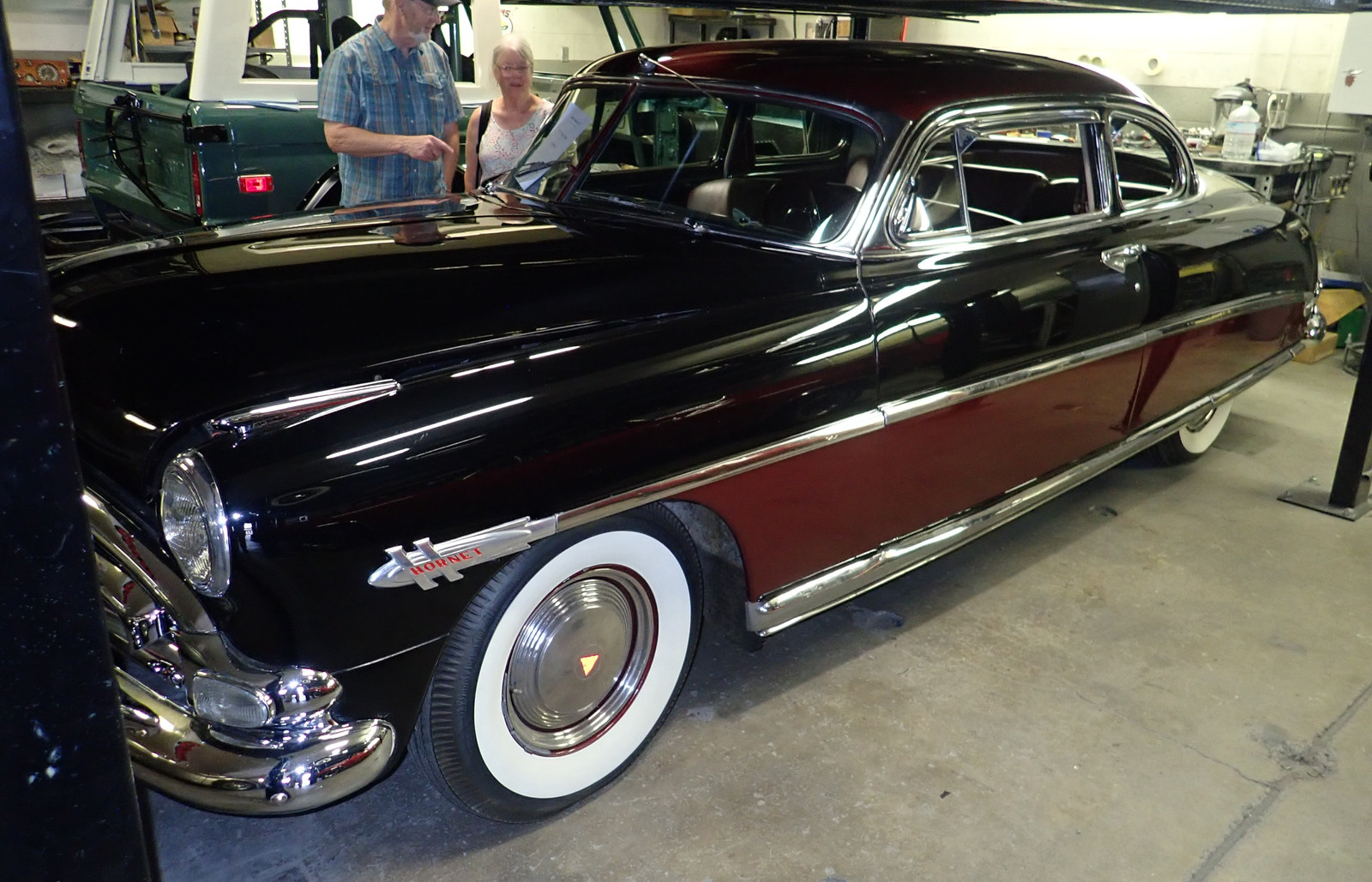
We just don’t do dashboards like this anymore! I’m sorry, a giant touch screen with constantly changing UI elements just doesn’t compare in the slightest with this sort of elegant, outspoken dashboard from the past. Stereo and all!
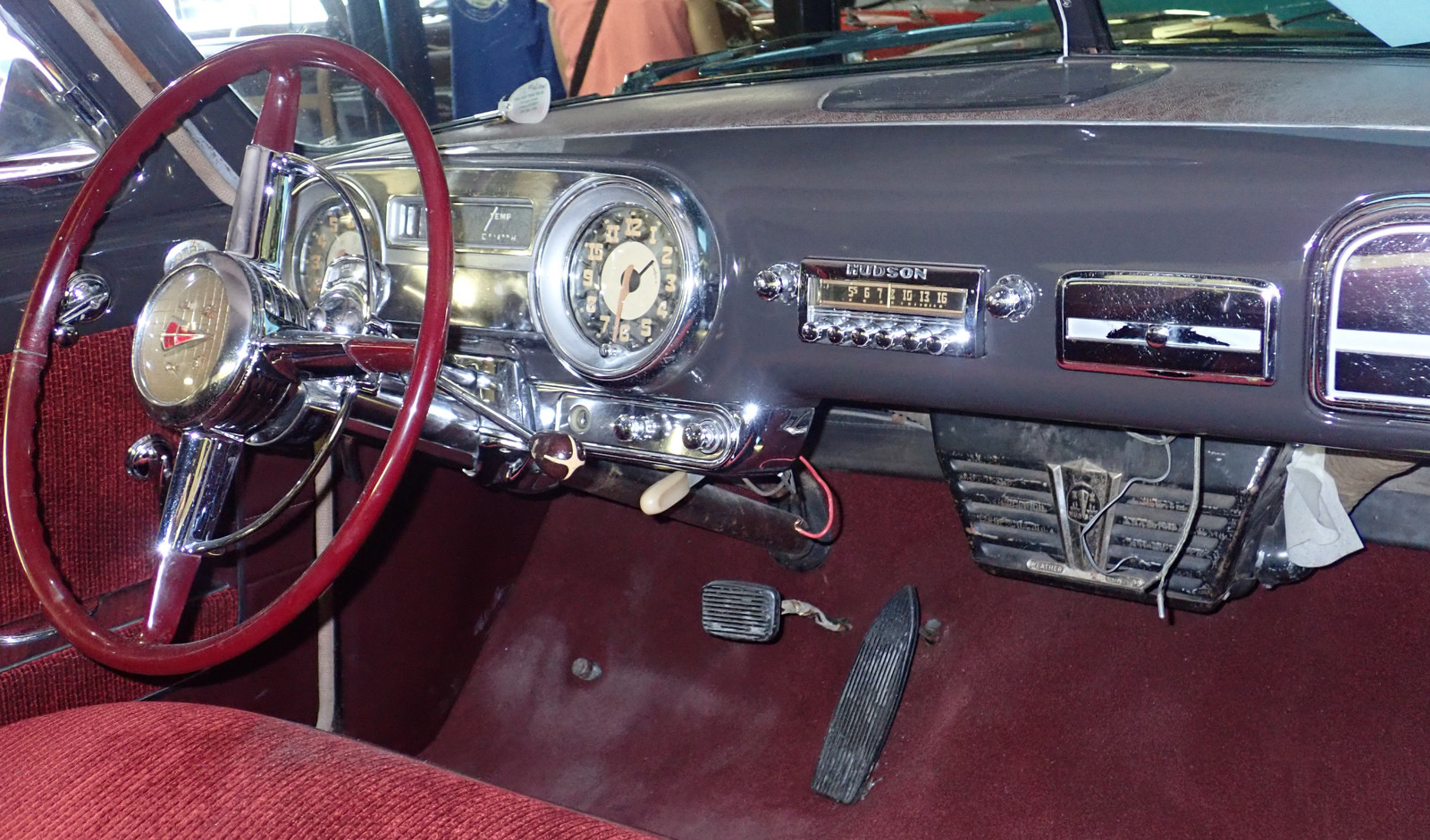
This mid-1950s MG TF-1500 would be quite a bit of fun to cruise around in. Big fenders, pointed hood, and an awful lot of it! At some point, I’ll probably find an excuse for an open top touring car.
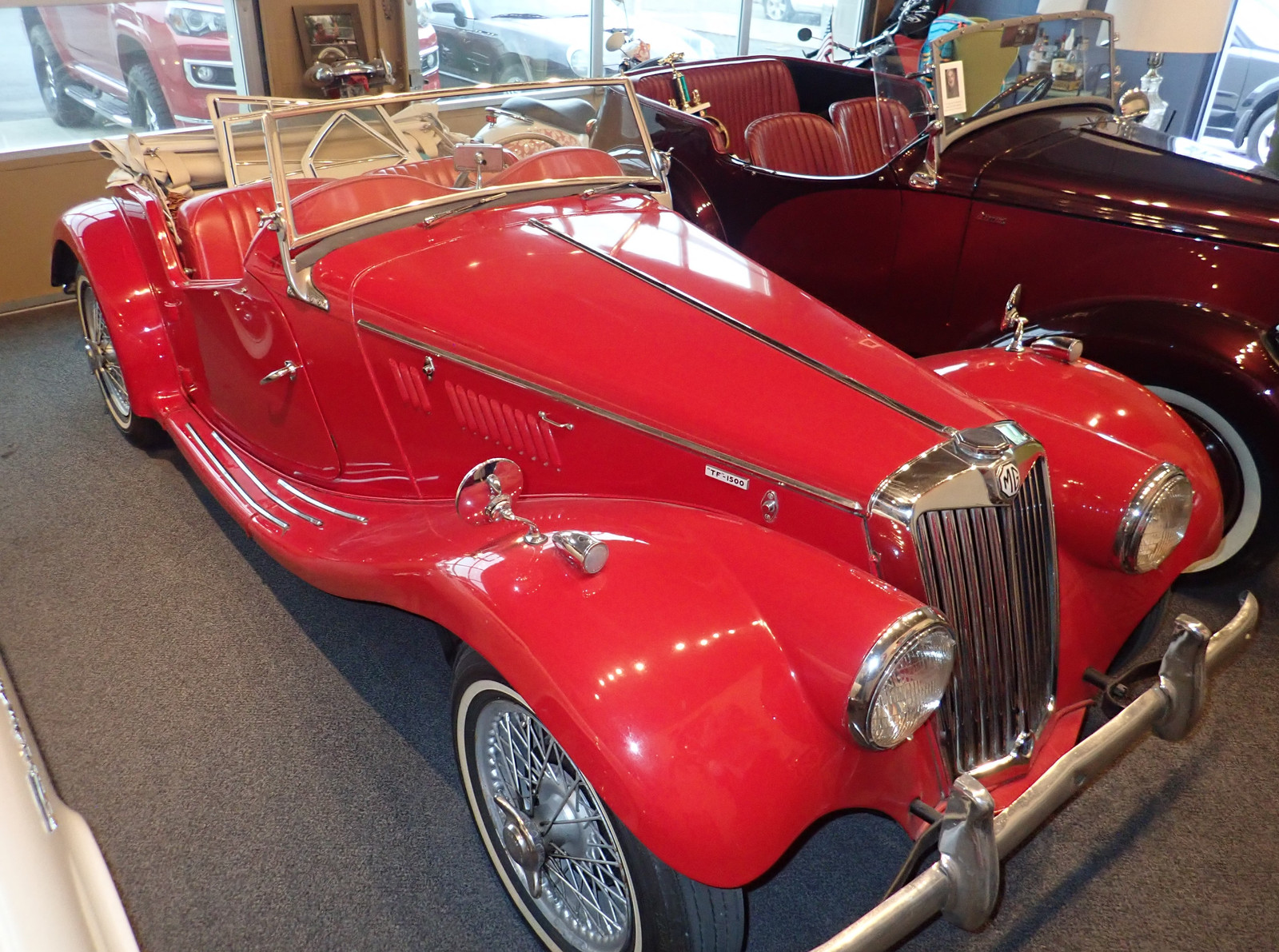
They also have a nice condition Willys Jeepster lounging around being worked on.
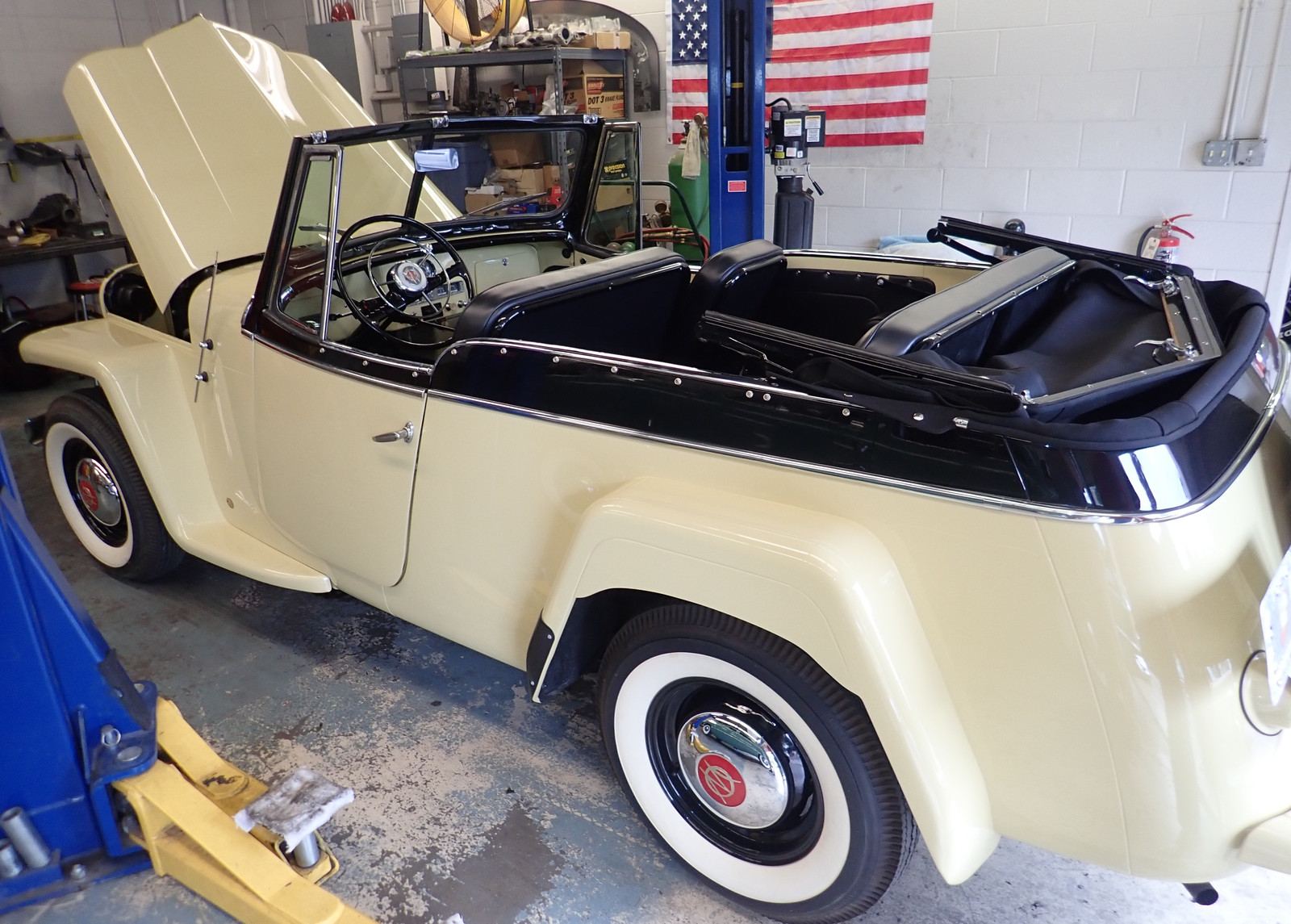
It has one of the taller four-cylinder engines I’ve seen in a car. Exhaust flow wasn’t a thing on a lot of the older engine designs - but, on the plus side, you can get to everything you might have reason to access without having to remove any other parts! Old engine bays are just nice places to work.
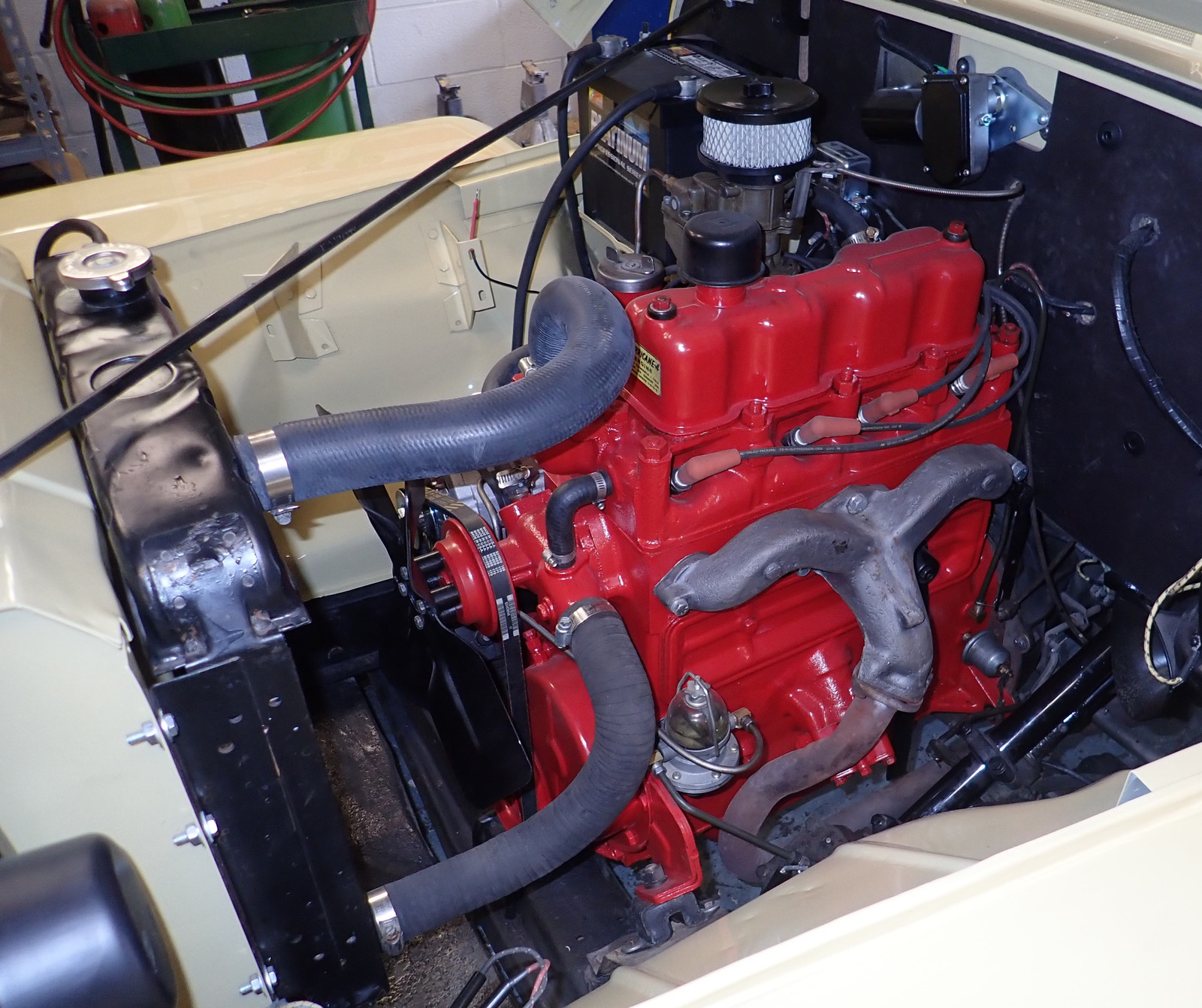
And, in their gallery/showroom, no shortage of other vehicles, lovingly restored to absolutely beautiful condition!
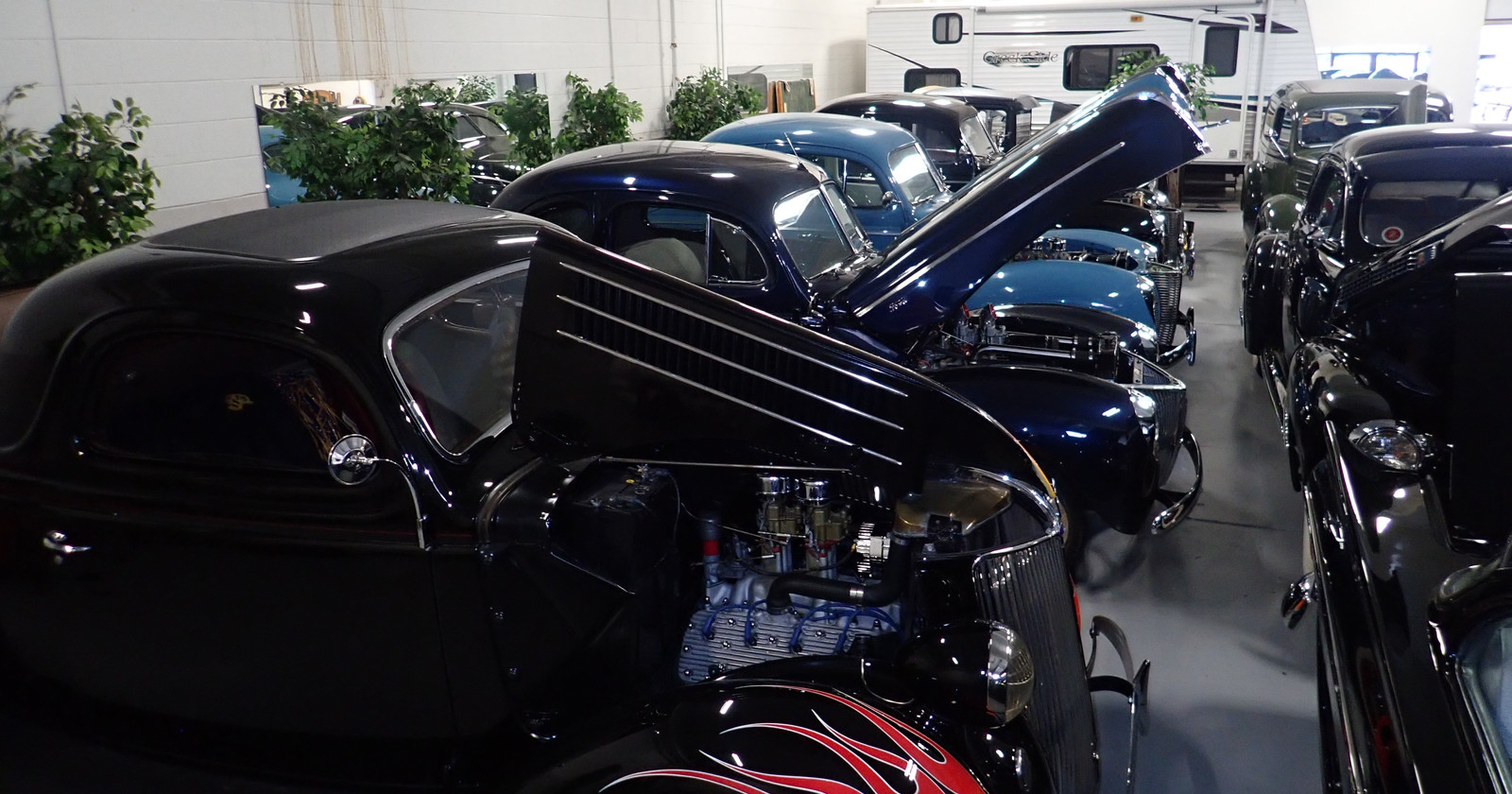
You don’t really think about it until you’re in something without it, but modern parking lots are really a result of power steering. They’re an absolute workout in older cars with manual steering. Yes, the steering wheel is larger, and the tires are a lot narrower, but it’s still a proper bit of work to get cars into modern spots.
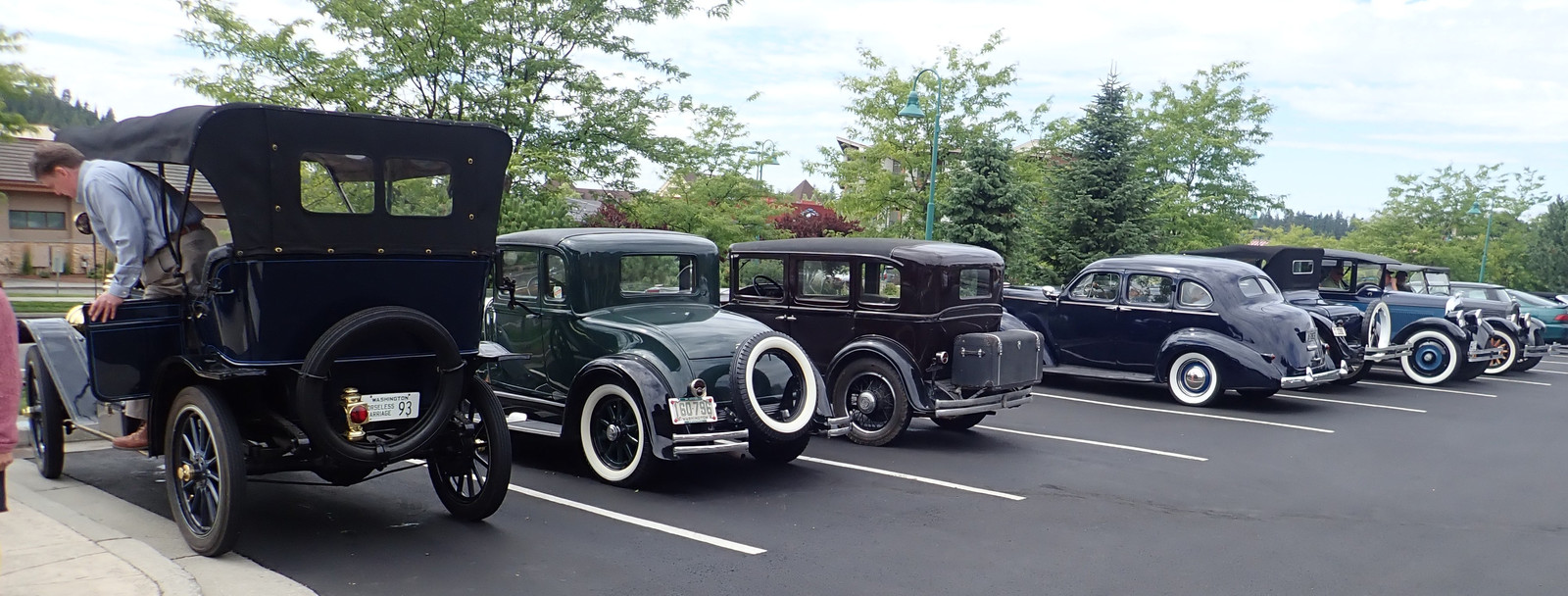
The lead car for the tour (at least the first day) is a 1911 EMF - a brass era car named for presumably obvious reasons. The headlights are acetylene, and the running lamps are kerosene - though neither is working right now. The EMF is crank start only, and our younger member is getting a tutorial on just how to crank it without risking a broken arm. Almost all the Willys on the tour can be crank started, though they all have electric starters too. The only time you see someone crank starting is if their battery is nearly dead.
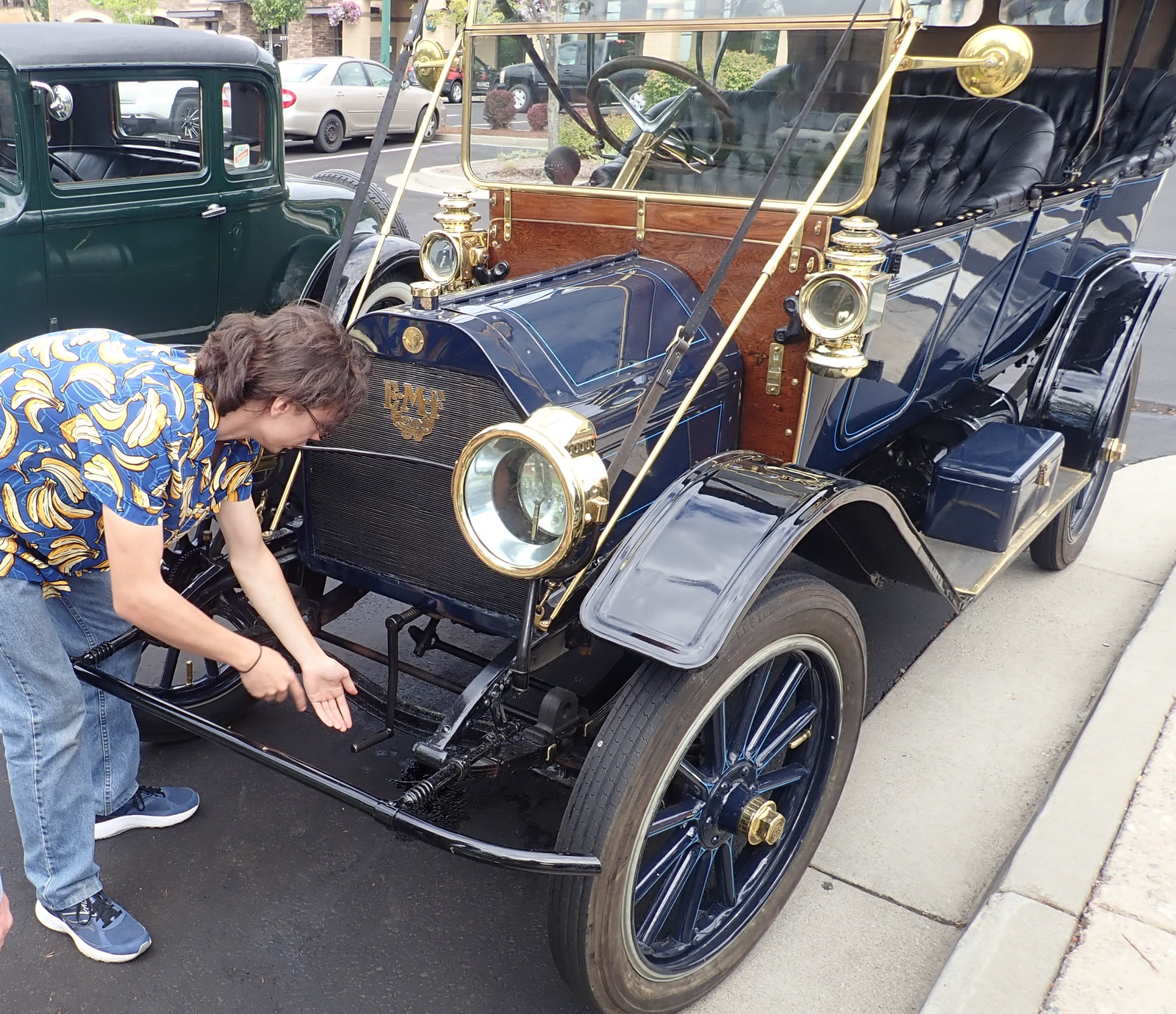
Finally, we stopped in at Glenn Vaughn Auto Restoration, which does a lot of quite high end restoration work. I’m rather shocked at just how much people are spending on car restoration these days - beautiful paint jobs you can lose yourself in, for north of $30k - for the painting alone! I was reminded here just how much of a lost engine design the straight 8s are. They really only existed in cars from about 1920 through 1950, but they’re very, very nice engines to drive. They’re smooth running, tend to be quiet in operation, and just purr from idle on up. Their obvious downside is the length - but, as we’ve established, I like long hoods on my cars, so I see no problems! This engine is a 1931 Packard.
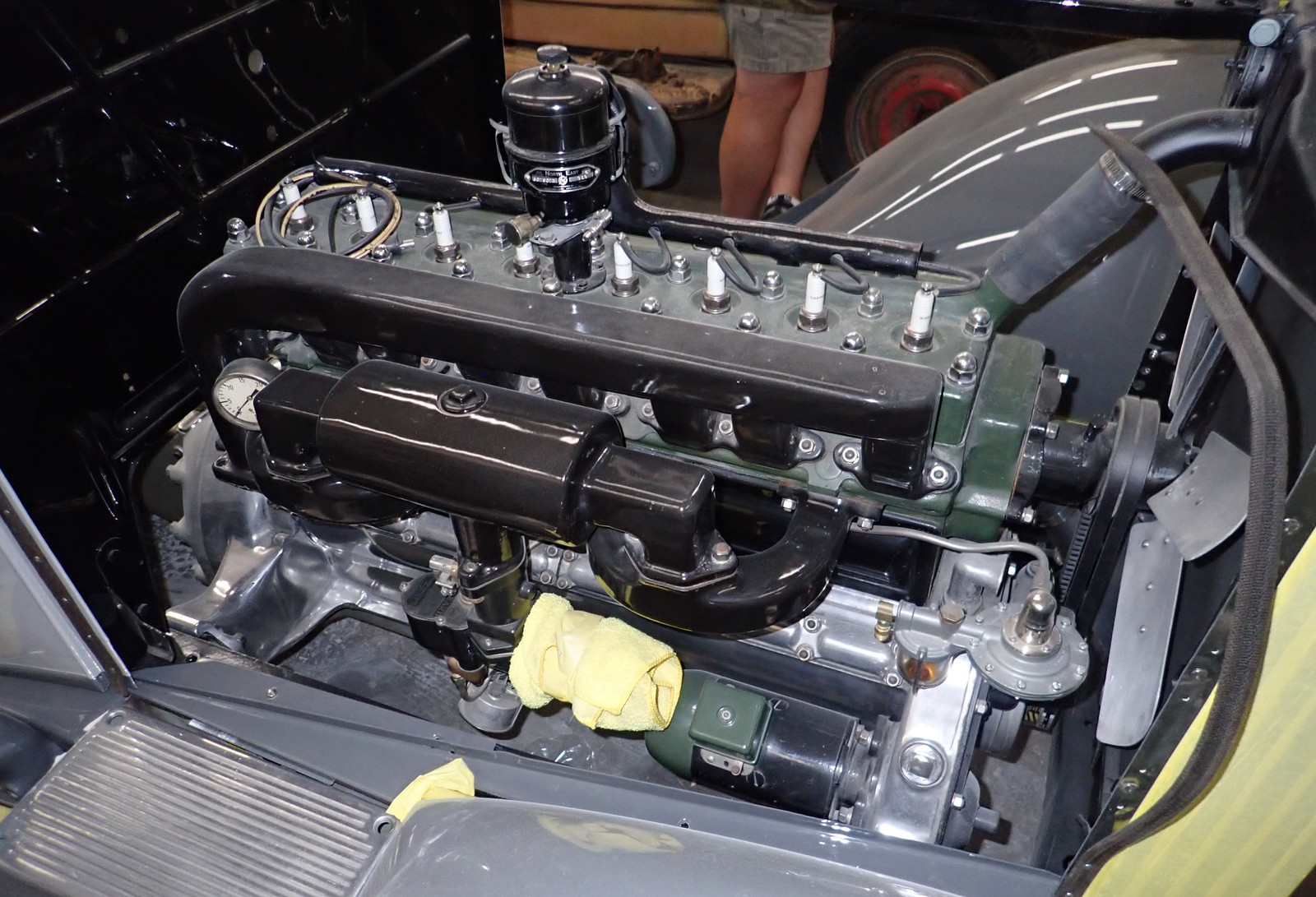
It’s a big, open top touring car. Did I mention it was big? Big car, long wheelbase, powerful and smooth straight 8 motor. What’s not to like, as long as you have the space to run it?
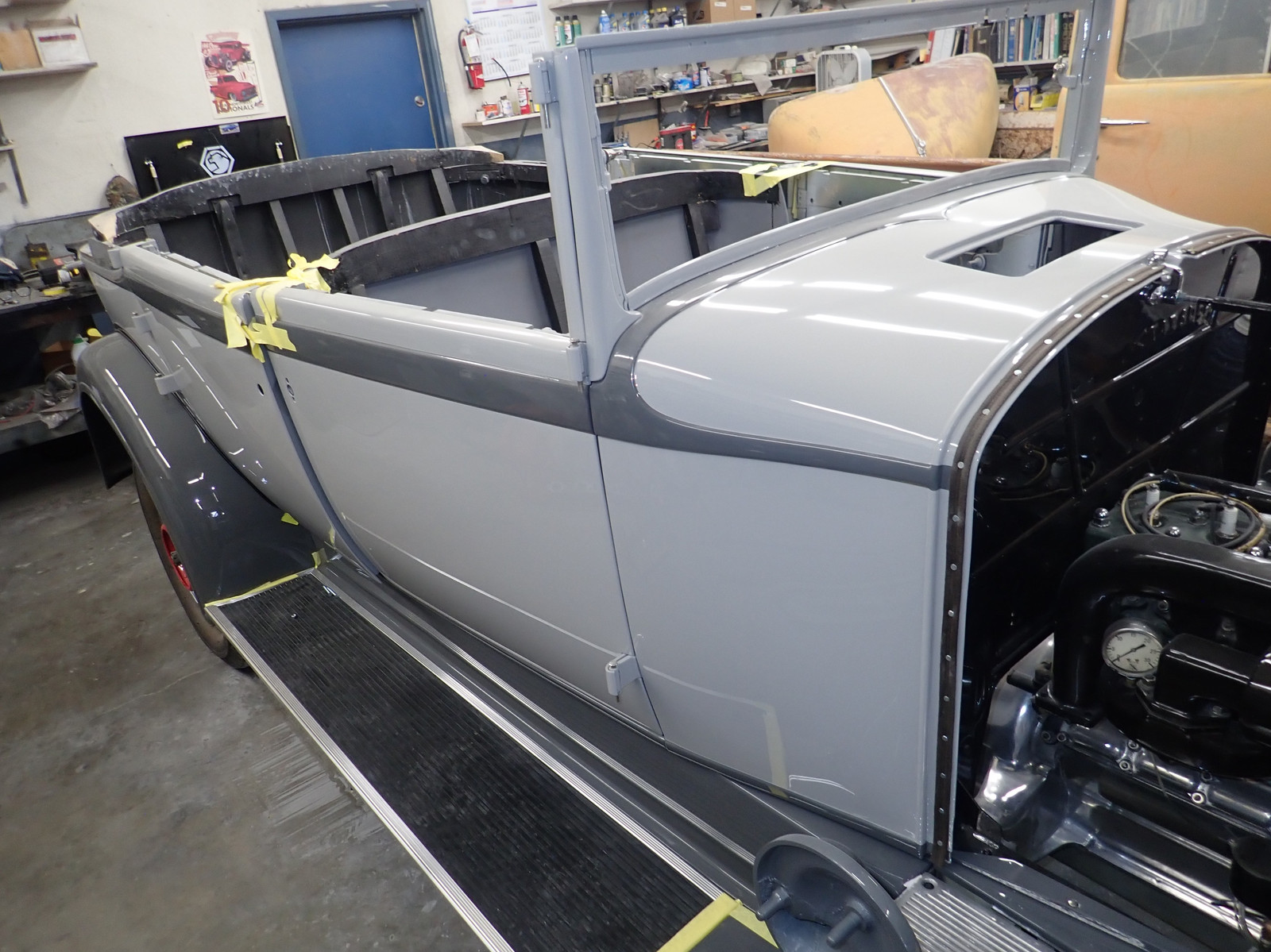
A bit of an odd thing to see in a mid-1930s chassis restoration is the use of sound deadening adhesive mat - I’m familiar with the stuff, and would love to apply some of it to the inside of my truck, but I wasn’t aware it was being used in older car restorations. This deadens the ringing of the metal and can rather dramatically reduce the interior noise on a car.
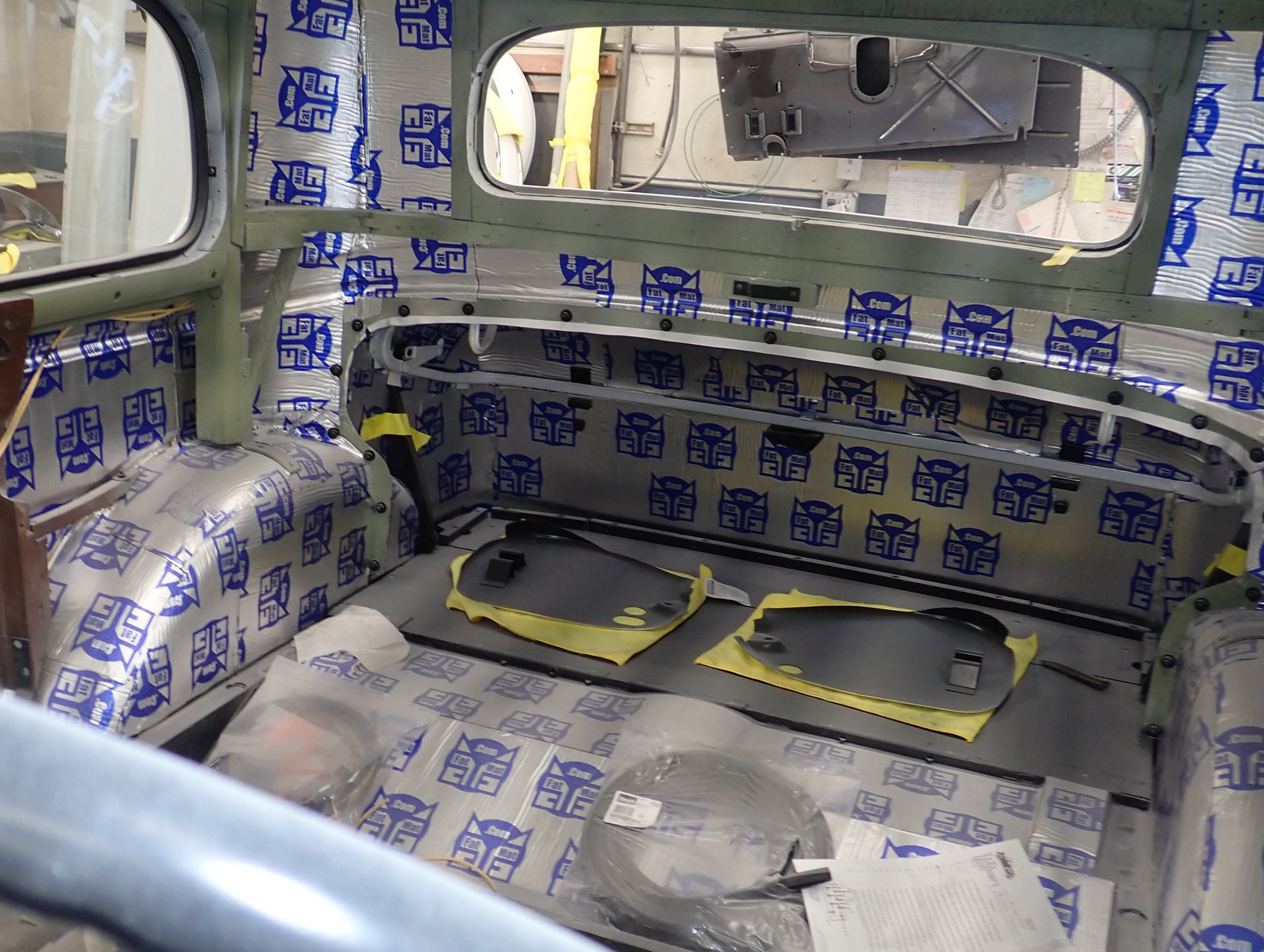
More straight 8s…
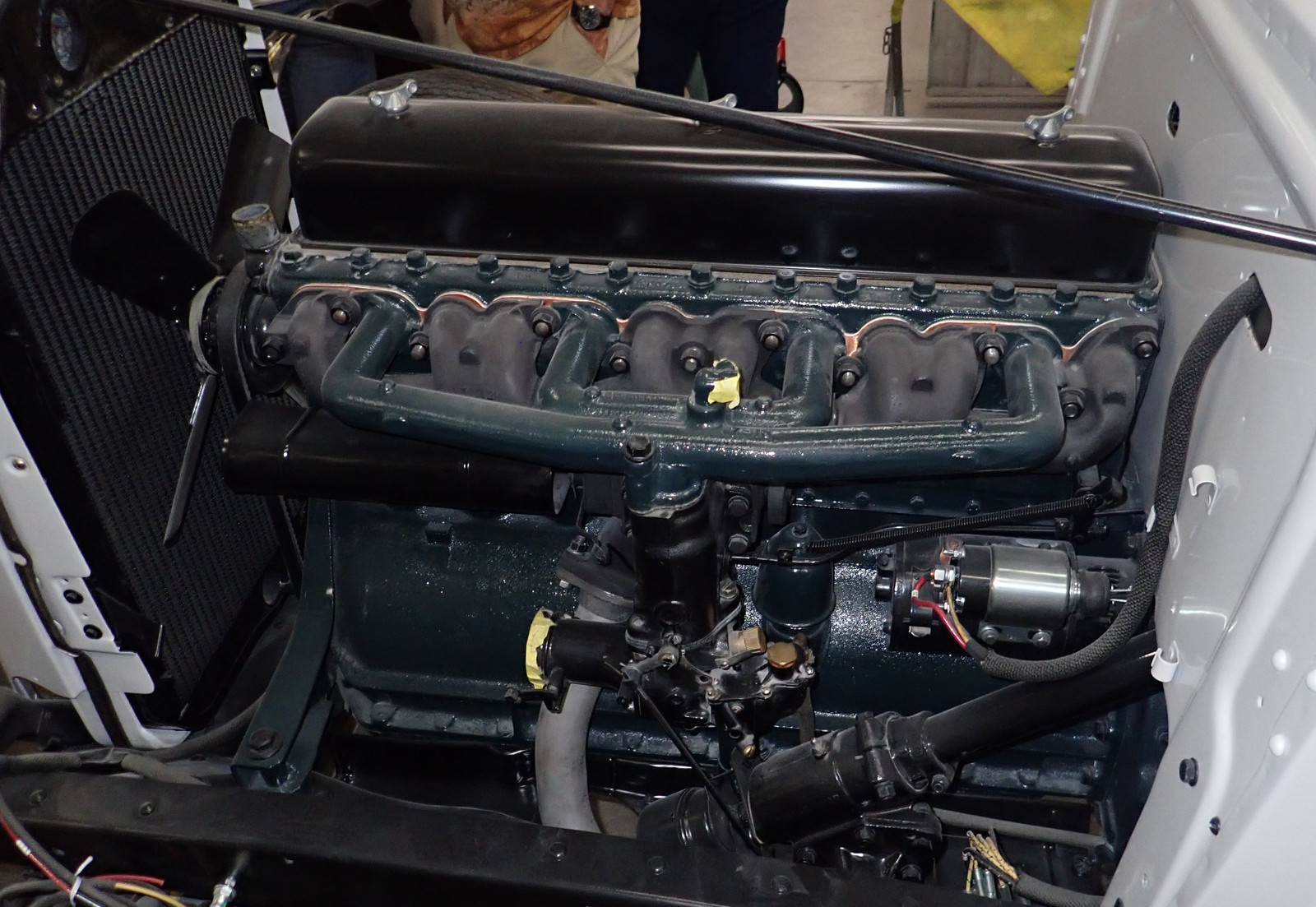
Finally… I’m not quite sure what to think about the touch screen stereo in here. I’m pretty sure that wasn’t a factory option, but I suppose it’s nice, if you want modern conveniences in your classic car restoration.
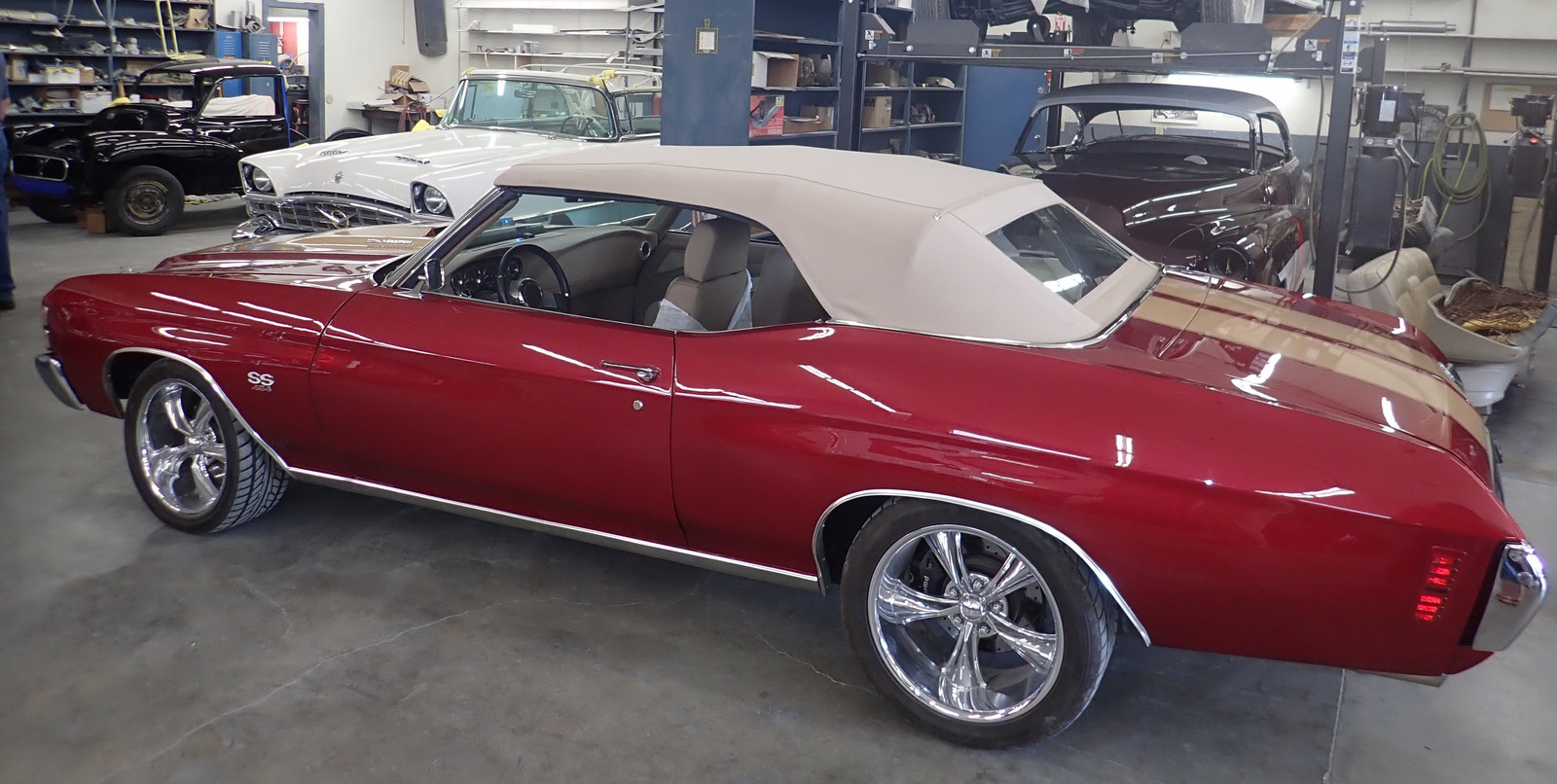
In the parking lot back at the hotel, I learned about a fairly recent innovation in the never-ending fight against rusted fasteners: An induction bolt heater. It’s a handheld induction heater with a range of coil sizes to fit your corroded part removal needs. It’s just like the guts of an induction stove - but portable. And designed to fit around nuts and bolts.
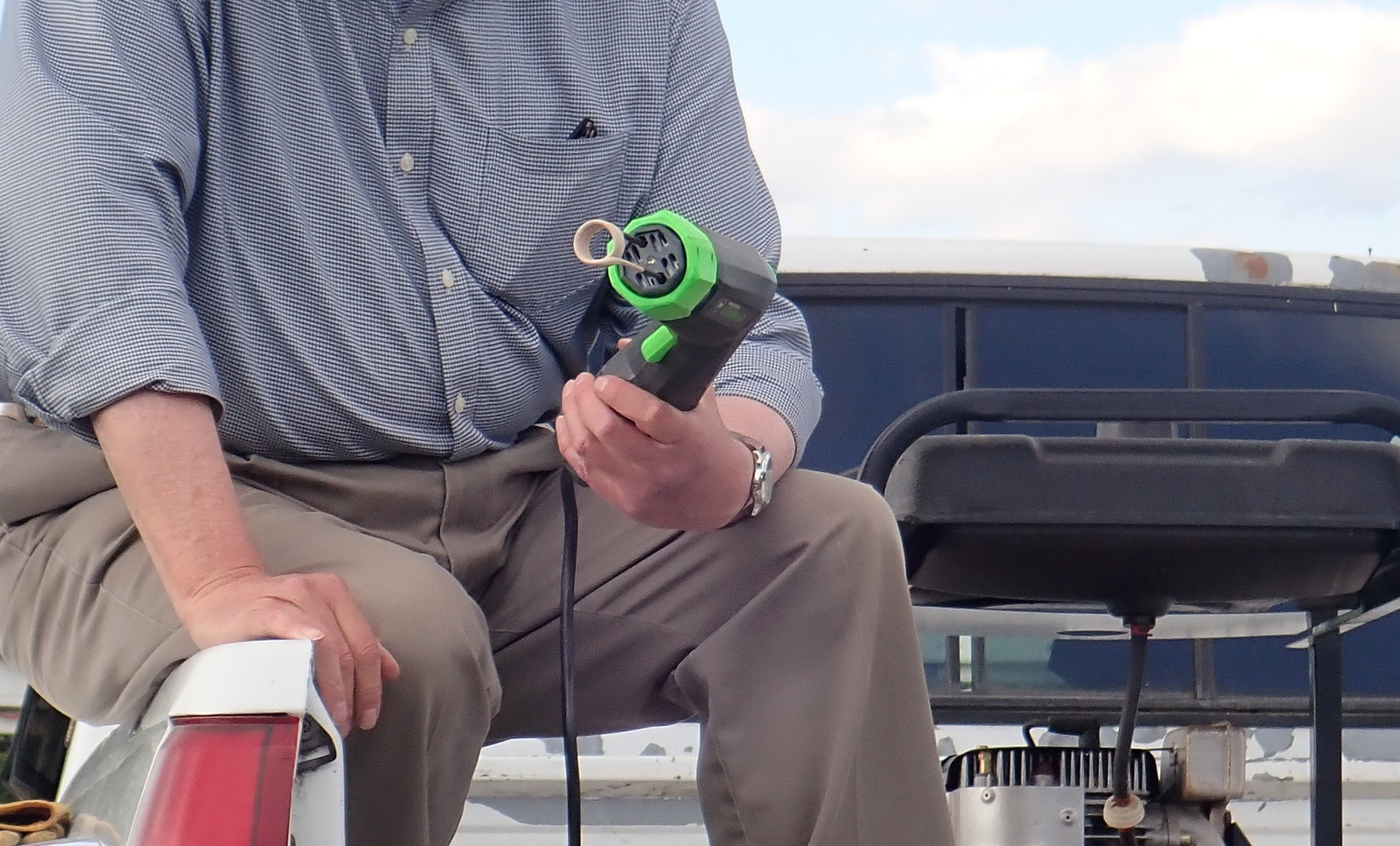
The concept is really simple: Heat helps remove stuck parts. If you have a nut and bolt frozen together, heating them with a torch is a traditional way to break them apart, but you run the risk of damaging other parts, and you also heat the bolt while you’re heating the nut - reducing the amount of size difference between the two. The induction heater just heats the nut, expanding it and helping break corrosion free - because the bolt doesn’t get nearly as much heat. We got a demo of it on an old, rusted bumper, and it worked exactly as advertised - some very stuck fasteners came free remarkably easy with the direct application of heat to the nuts! I kind of want one…
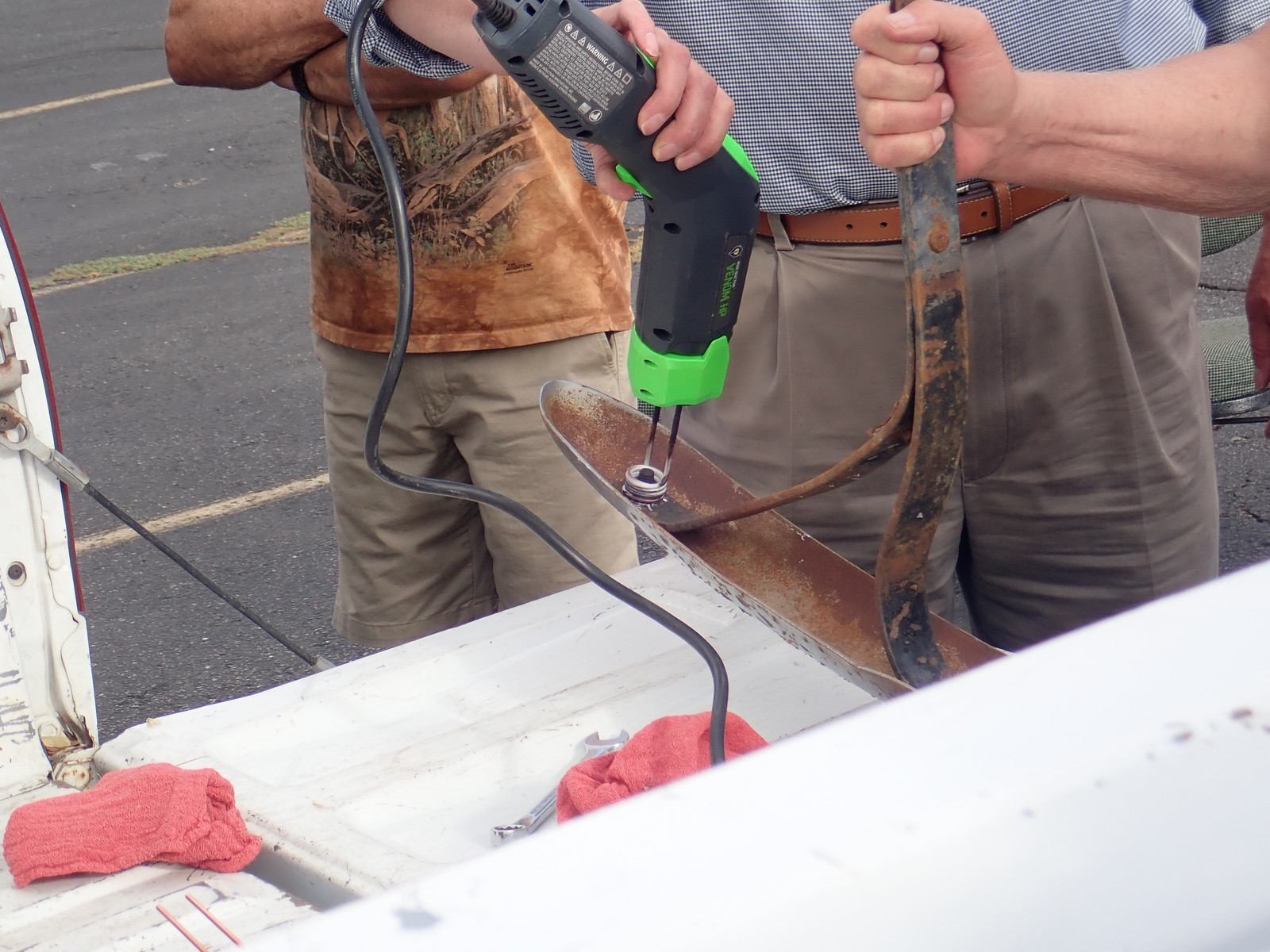
Touring Day Two
Day two was more of a driving day than the first day - about 80 miles or so. We went out to Harrison - a little lake resort/tourist town, and had lunch in the park. Why there? Mostly because it had a lot of beautiful roads without much traffic on them between the hotel and there. We set out in the morning and motored along.
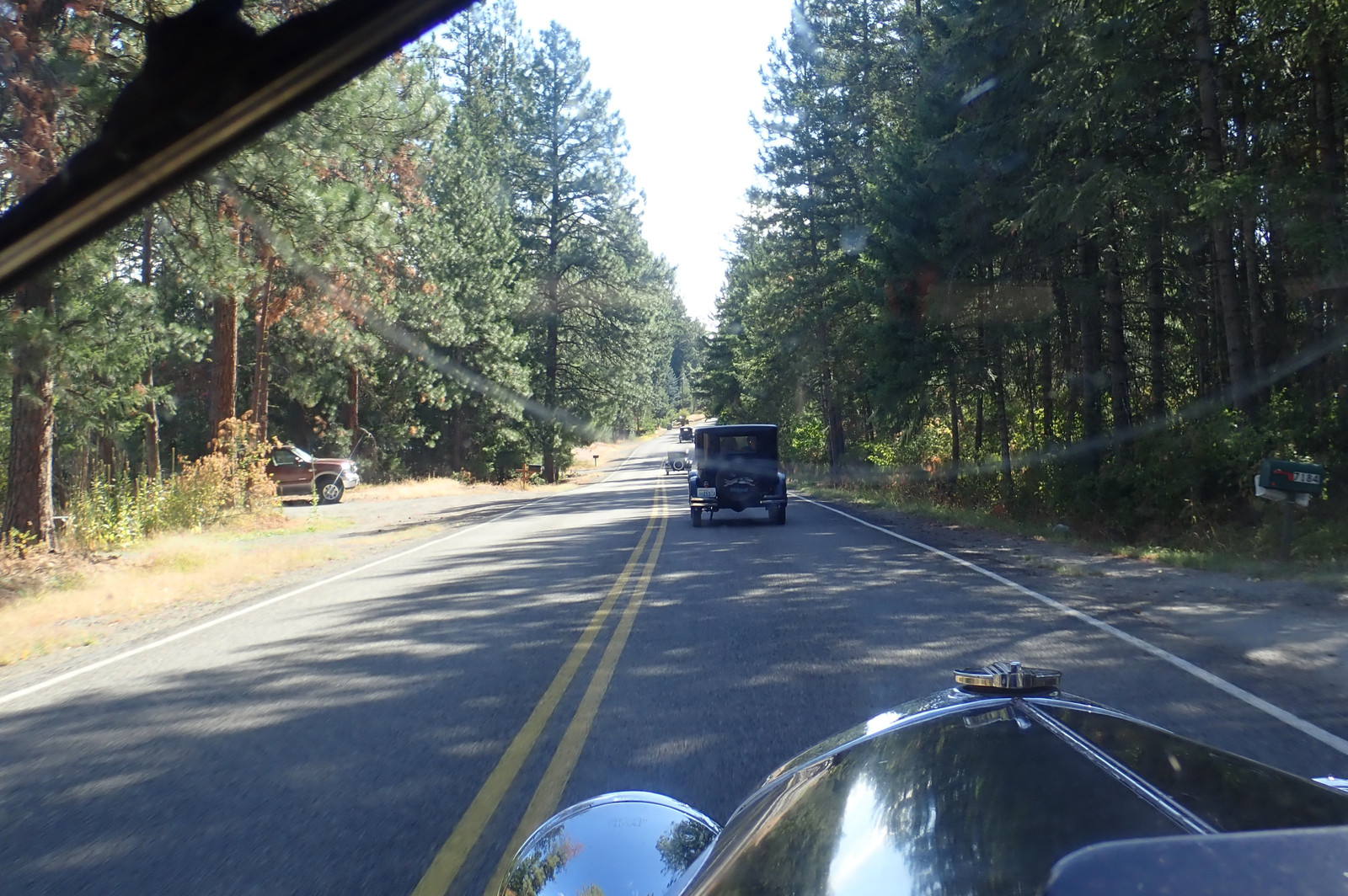
The bulk of our driving was “around the lake,” on a variety of different roads. You’d think roads around a lake would be reasonably flat, but the ones we were on included a good bit of rise and fall - which is interesting when you’re driving old, very underpowered (by modern standards) cars, all slightly different from each other. But the views were beautiful!
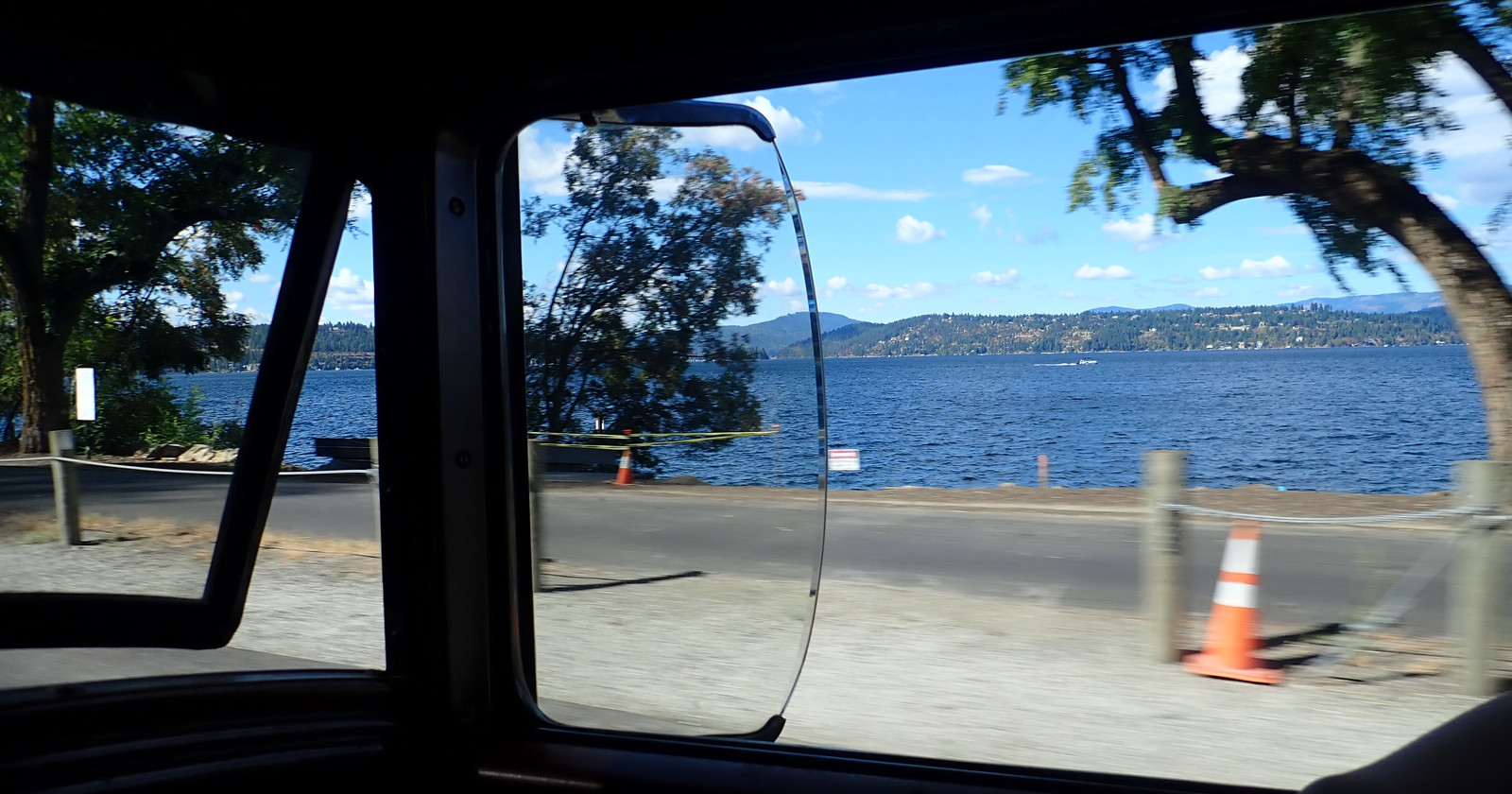
After a while, we turned off the main two lane paved road onto the old Yellowstone Trail - a rather less well paved road, but one with plenty of interesting things to see and very, very little traffic. And lots of hills.
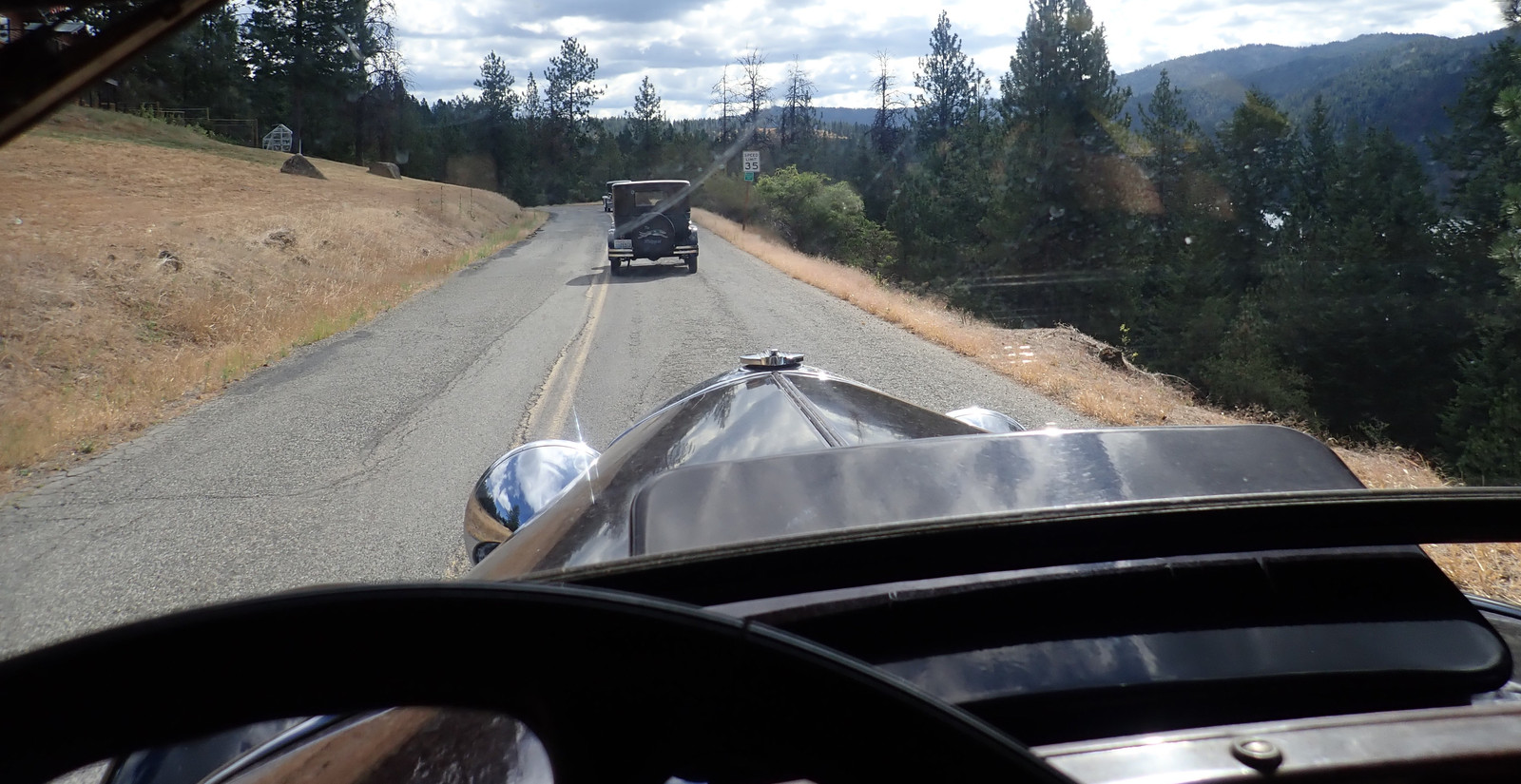
Which, after some more miles, turned into a reasonable gravel segment. Washboardy at the start, but it smoothed out well enough. Old cars have big fenders for a reason - they do an amazing job of catching gravel and keeping it away from anything that matters!
Why, yes, our windshield does open. Thanks for noticing! On older cars, before air conditioning, pretty much every window can be opened for airflow. We have that hood scoop that routes air down behind the dashboard, our windshield folds out with a crank, and all the side windows open. Our back window doesn’t open - but it’s not at all uncommon to find some that do in cars of this era. Moving along, even at 85-90F outside, it’s just not that horrible. A modern car without working air conditioning is a lot more uncomfortable in the heat than a car designed for it. But we also had beautiful weather on this tour (other than some rain the first day), and it never got too hot.
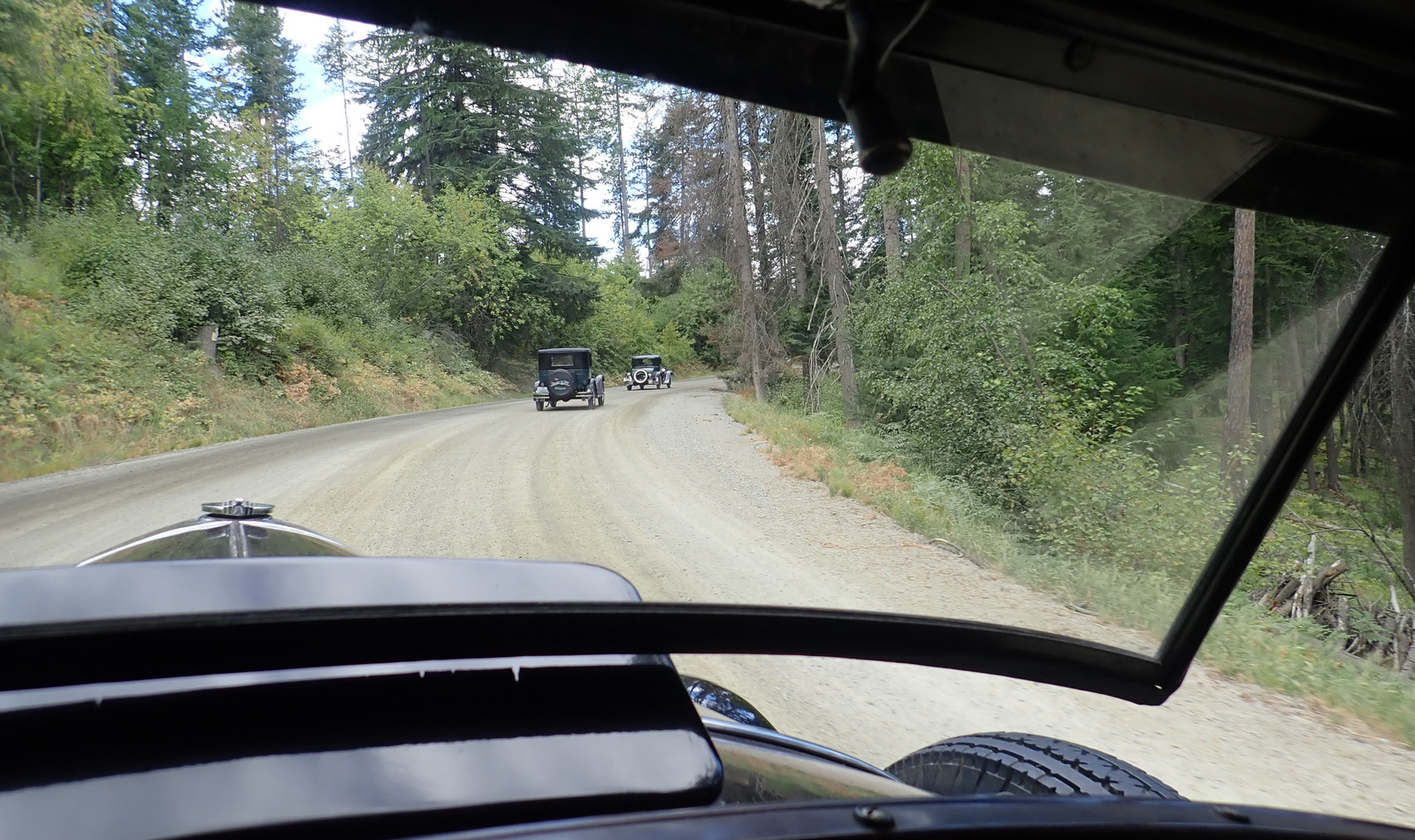
There are a lot of what I call “Cars Moments” on tours. If you’ve seen the movie Cars, there’s a rather well done bit where someone is talking about how roads used to travel with the land, and people used to pay more attention to what was on them. Then the interstates came, cut through the land instead of flowing with it, and bypassed all the small towns (like Radiator Springs). it’s very, very common to be running down roads that used to be a main road - but then the interstate came through, and now nobody uses the older roads or bothers with any of the stuff along them.
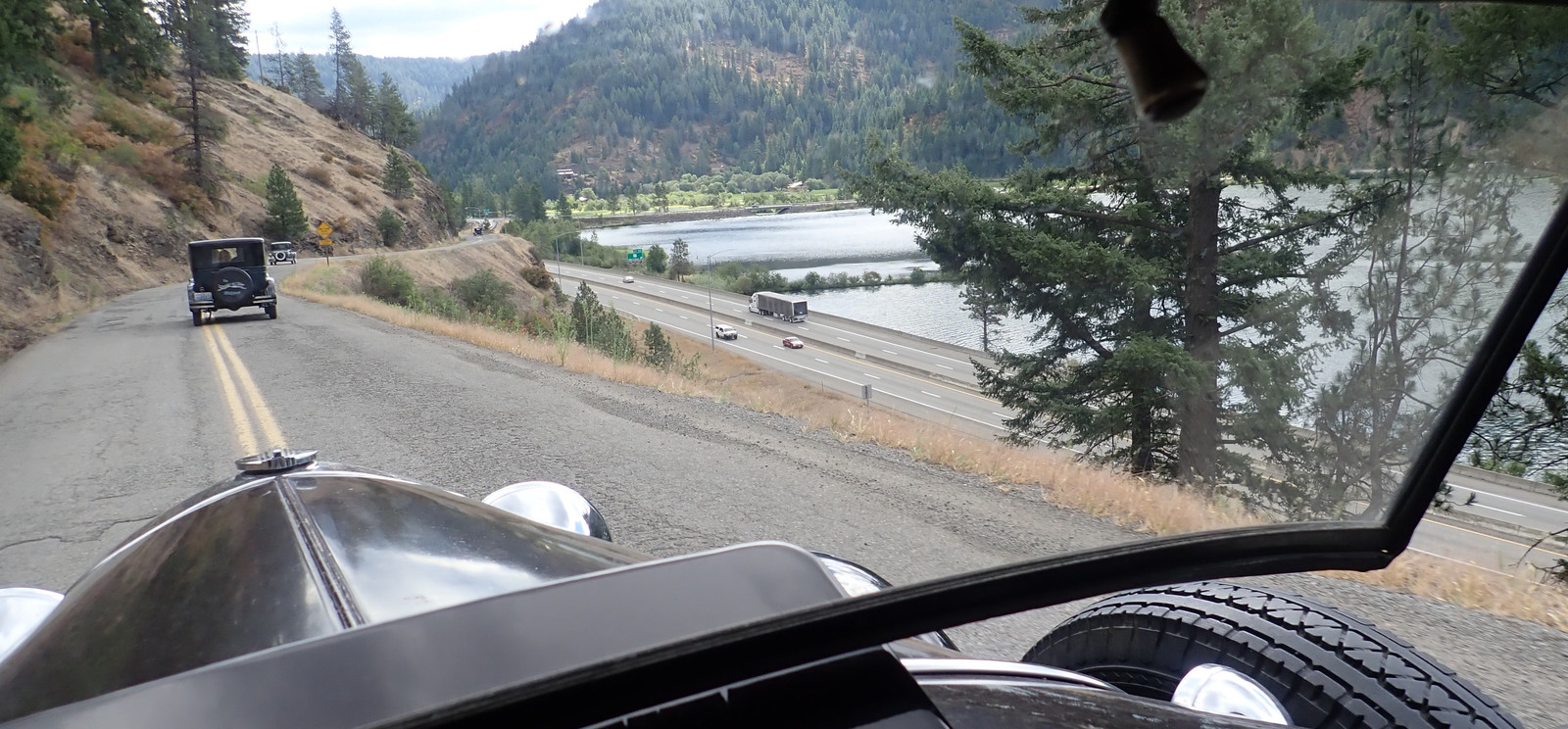
Did I mention we had some beautiful weather? I just like sky photos like this. I’ve not done anything at all to touch it up - this is how it came off the camera.
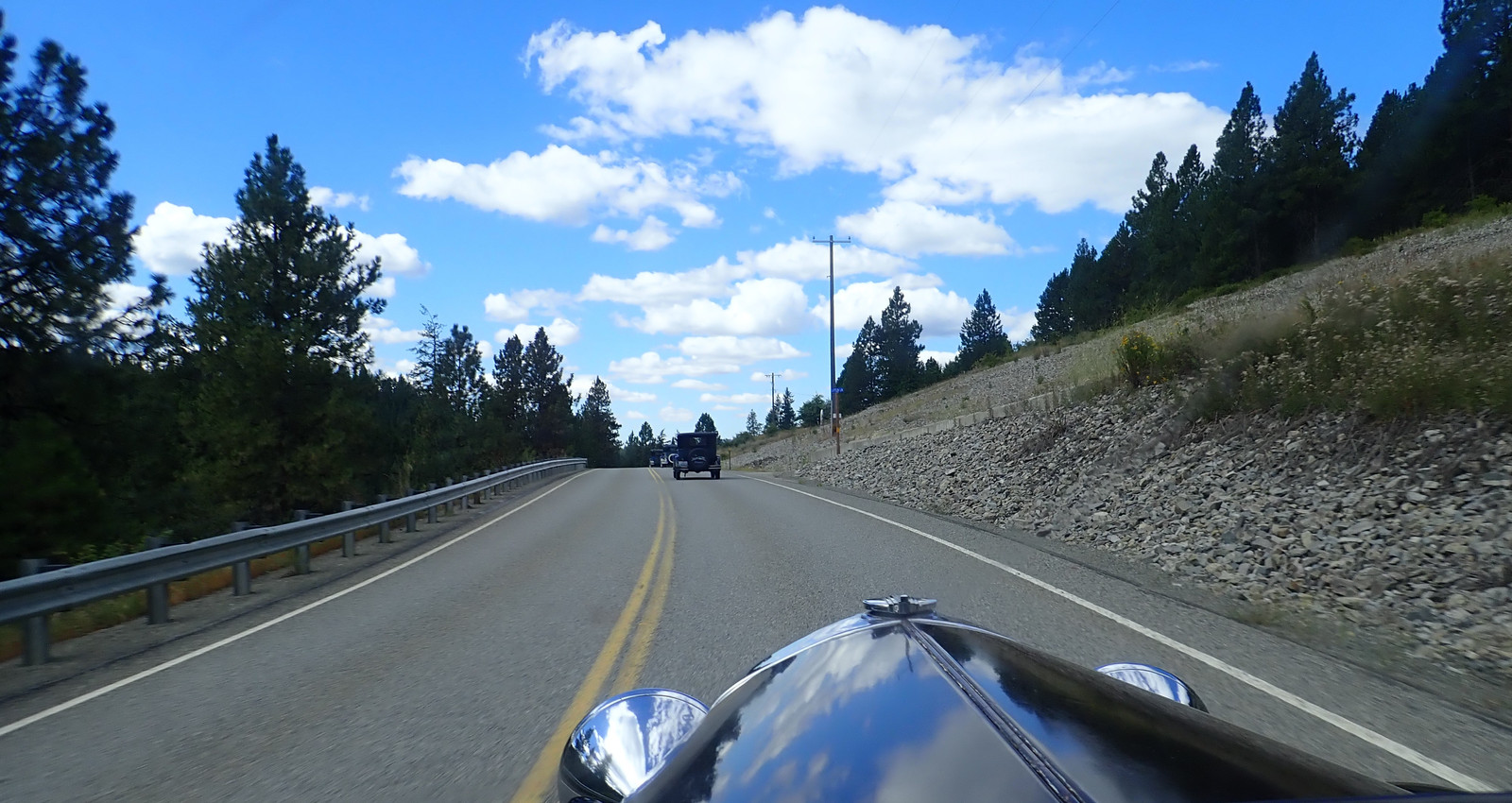
Car tours are also a great way to discover all the random little turnouts along the roads - we took a break here for bathrooms and to let the cars cool down a bit after some particularly hard climbing.

After a bit more driving, we got into Harrison for lunch. It’s a nice little lake town that’s been around for quite some while (founded in 1899 - before even the oldest of the cars on the tour). Box lunches in a park are pretty standard, and we had both wonderful lunches and a wonderful park. Also gas, though the marina’s fuel prices were just a touch utterly obscene.
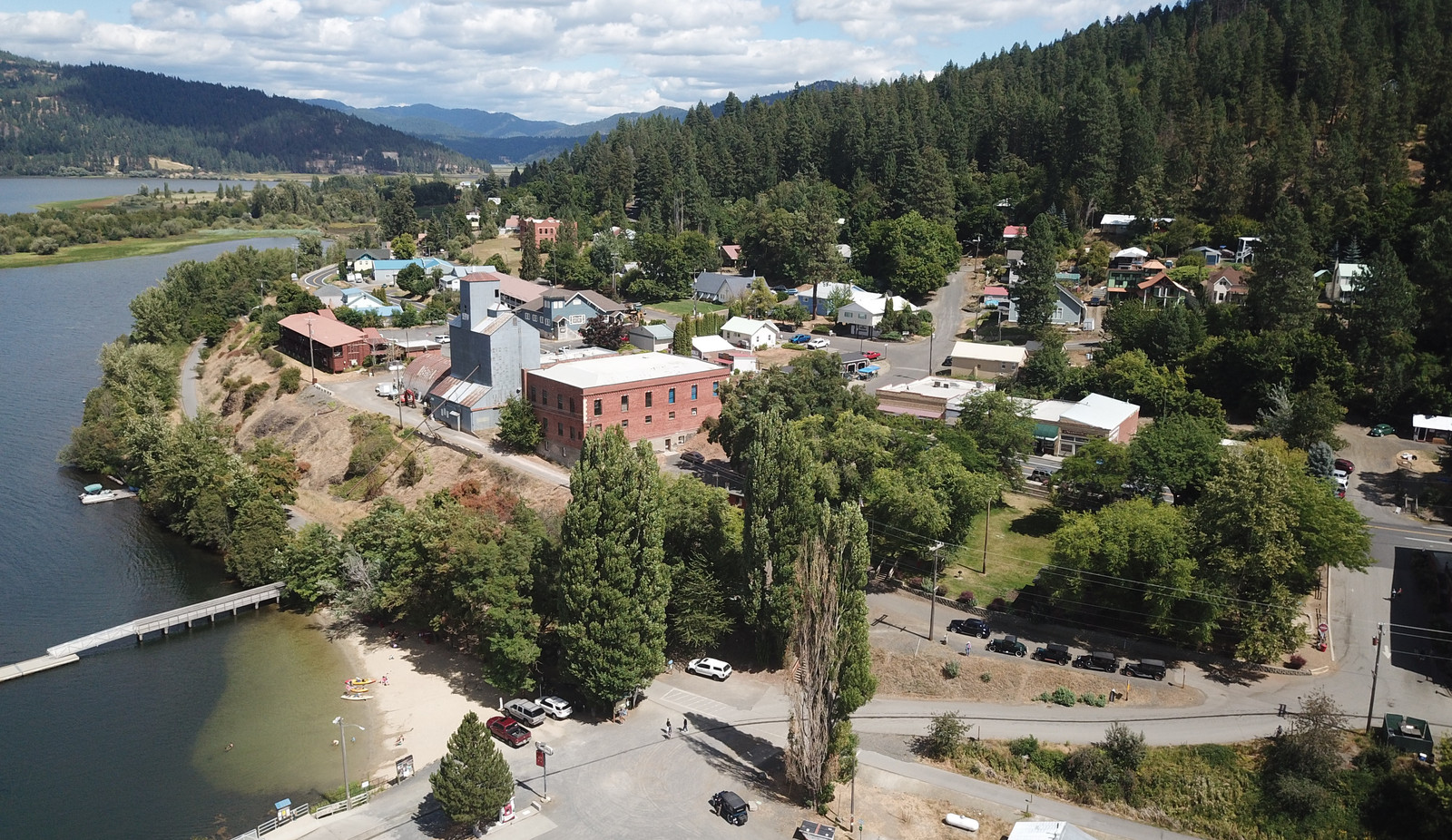
Any time you stop with an old car, you’re likely to draw some questions. If you stop with a whole bunch of them, you’ve just attracted every kid within a half mile radius along with their parents, and just about everyone over the age of 60 or 70 - because they remember the cars. It’s just part of touring - answering questions, showing off the engines, talking about the history of the cars. I’m used to it - I willingly ride Ural motorcycles, so I’m quite familiar with the UDF - the Ural Delay Factor. The OCDF (Old Car Delay Factor) is far worse - but it’s part of the deal. People are really curious, and generally aren’t familiar in the slightest with the capabilities of older cars. By the late 1920s, cars could reasonably enough cruise at 45-50 mph. Some hot rods by, say, 1930, could do 55+ mph. And by the late 30s or early 40s, you had cars that can absolutely hold even with any of today’s traffic - plenty of power, hydraulic drum brakes, and big radial tires that gripped very well compared to the older tires.
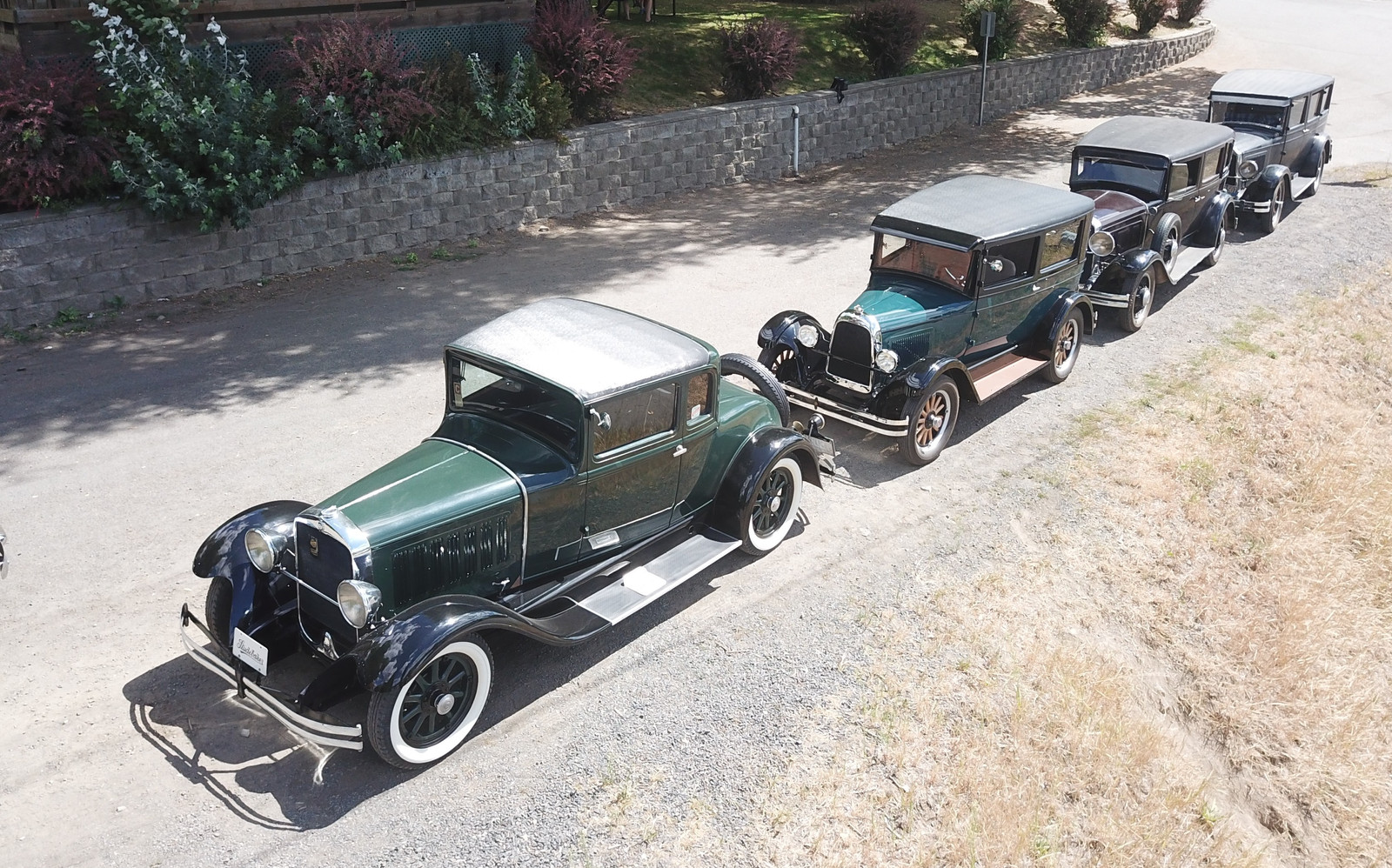
Harrison has a museum that includes an old 2x4 jail - which my kids had grand fun in. Most people on the tour were their grandparents age (including their grandparents!), and our kids were quite popular - they’re well behaved and polite around other people, and as I understand it, my son (he’s 5) spent most of his time locking people in the jail cell.
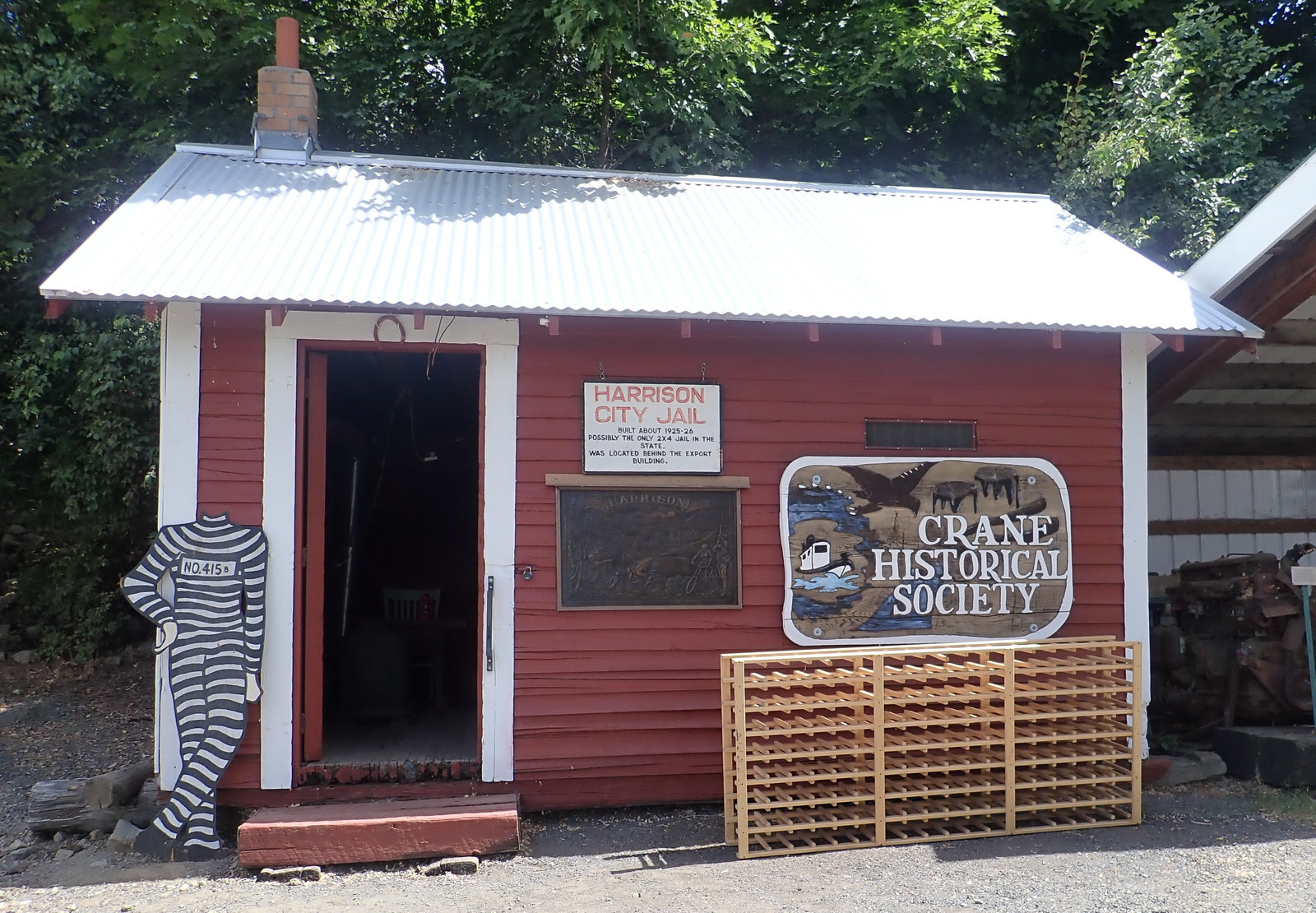
When I came up to the building, I assumed a “2x4 jail” meant something that looked like a stick frame building - which seemed odd to me, because you can just kick through one of those. Nope! It means a jail built of 2x4s - but built into a solid wall of them. This is the door - rebar and 2x4s, nailed together and then, it seems, planed smooth (probably by hand).
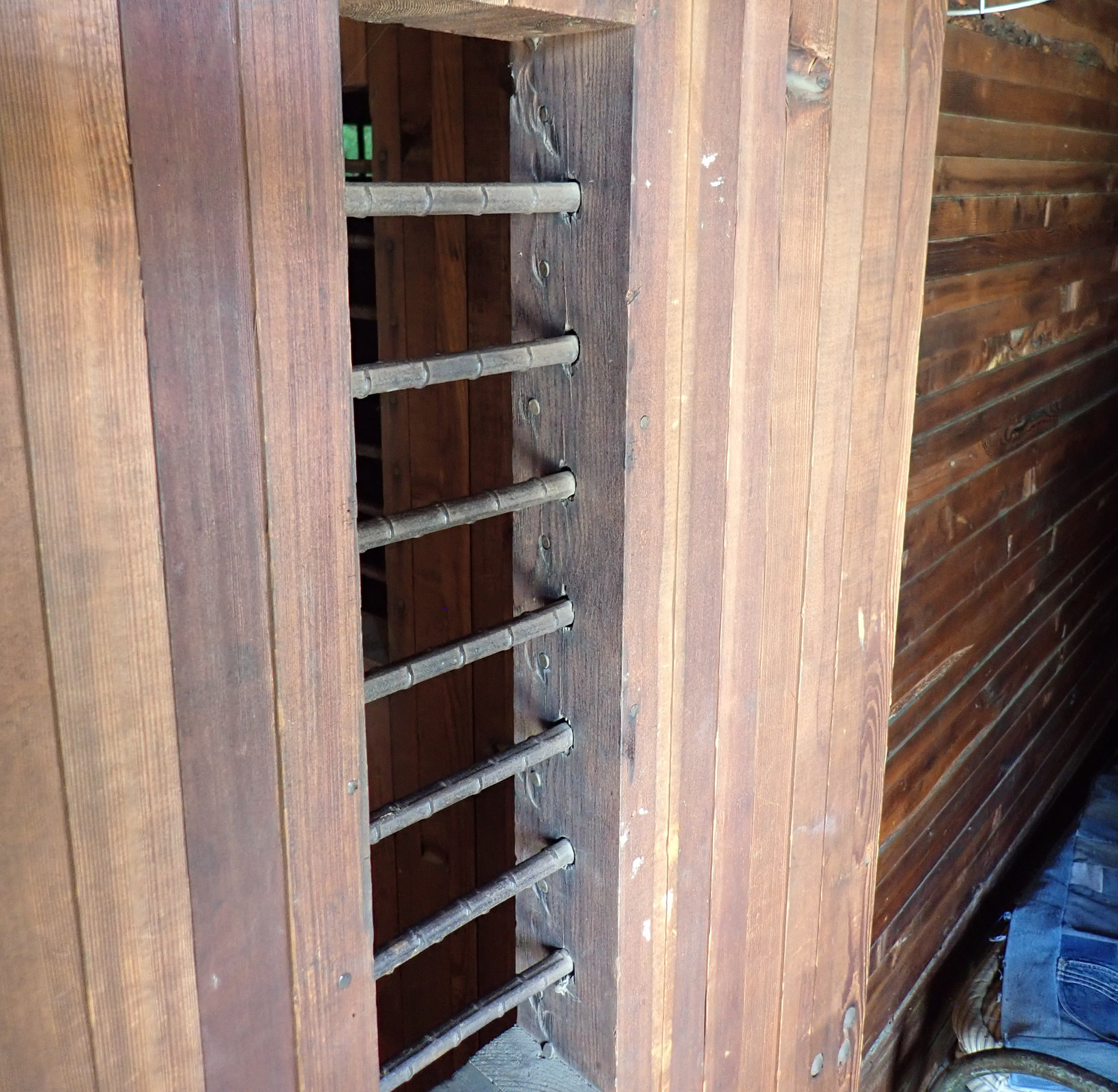
The walls, similarly, are made of 2x4s - but are quite solid wood. I wouldn’t expect this to hold someone long, but for a short period of time, you’re not going to get your way through these walls.
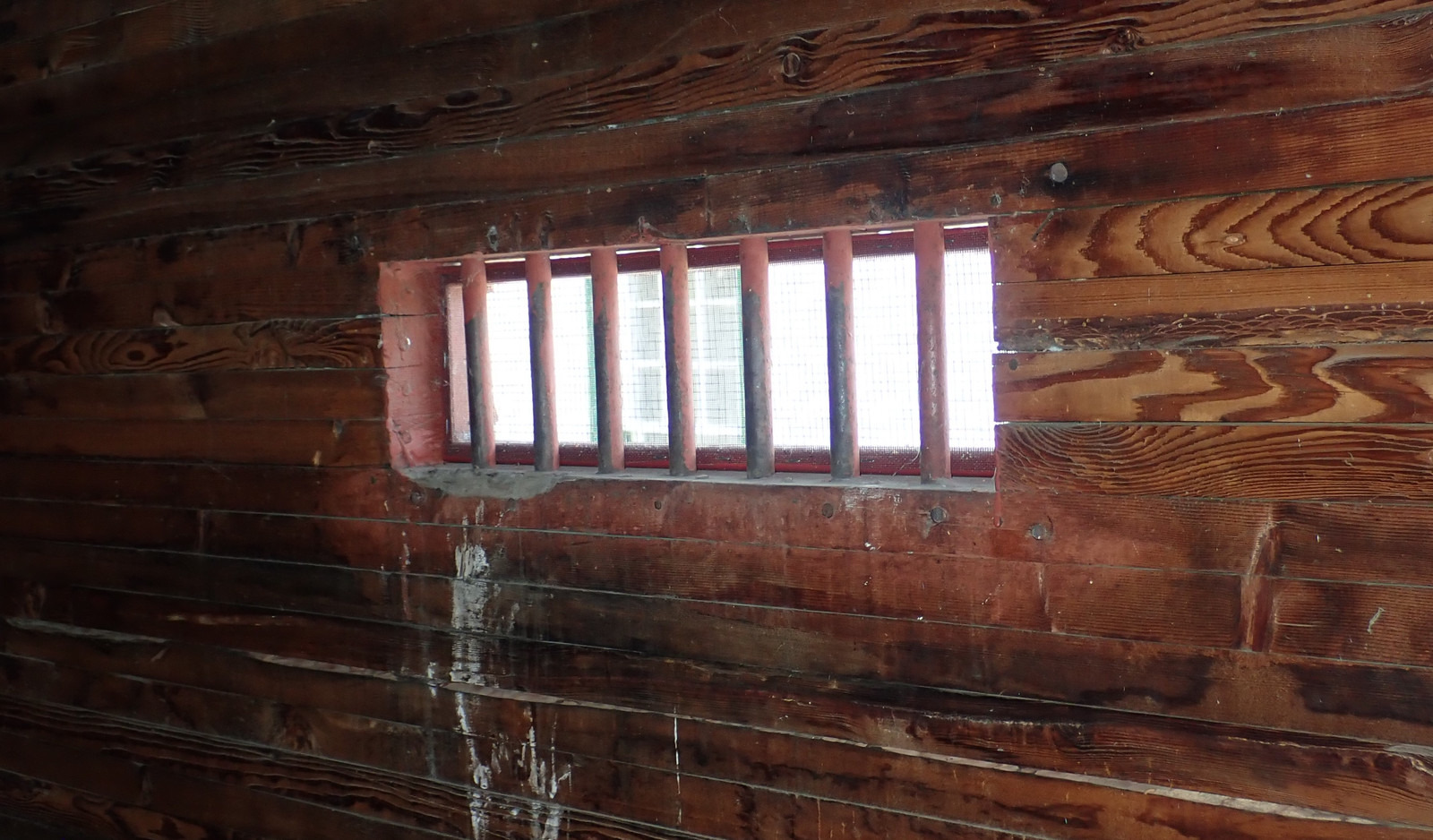
I was pleased to see a tiny little kerosene lantern in the jail - though, of course, it has no wick or fuel. This is even smaller than the Comets, and probably stinks to high heaven in operation. Small lanterns just don’t have the space for good combustion to happen.
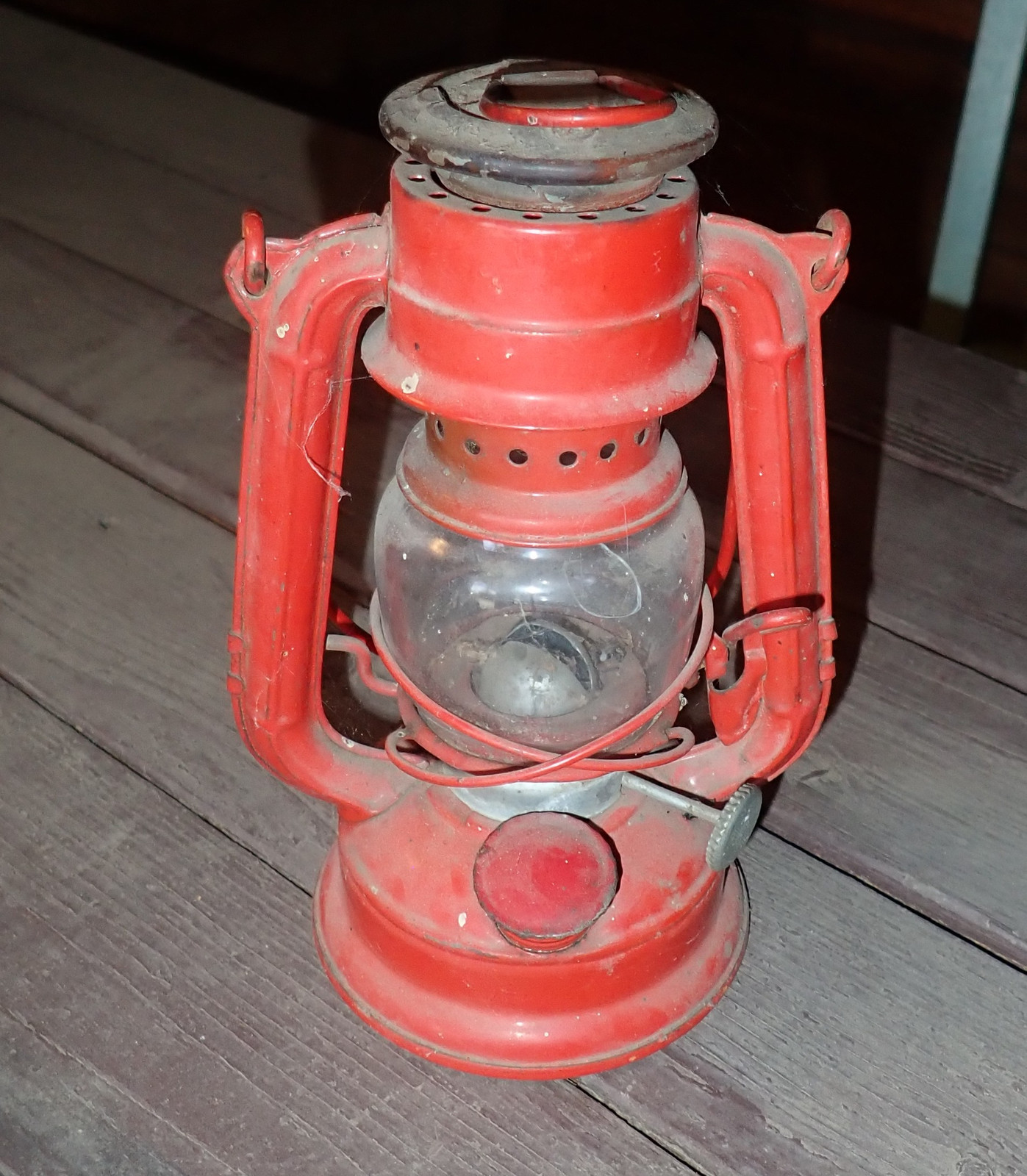
Out back is a collection of engines, generators, winches, and other locally sourced outdoor equipment. None of it is particularly well labeled, so a collection of men on the tour (myself included) spent a decent bit of time back there figuring out what was what, reading data plates, and generally enjoying the puzzles.
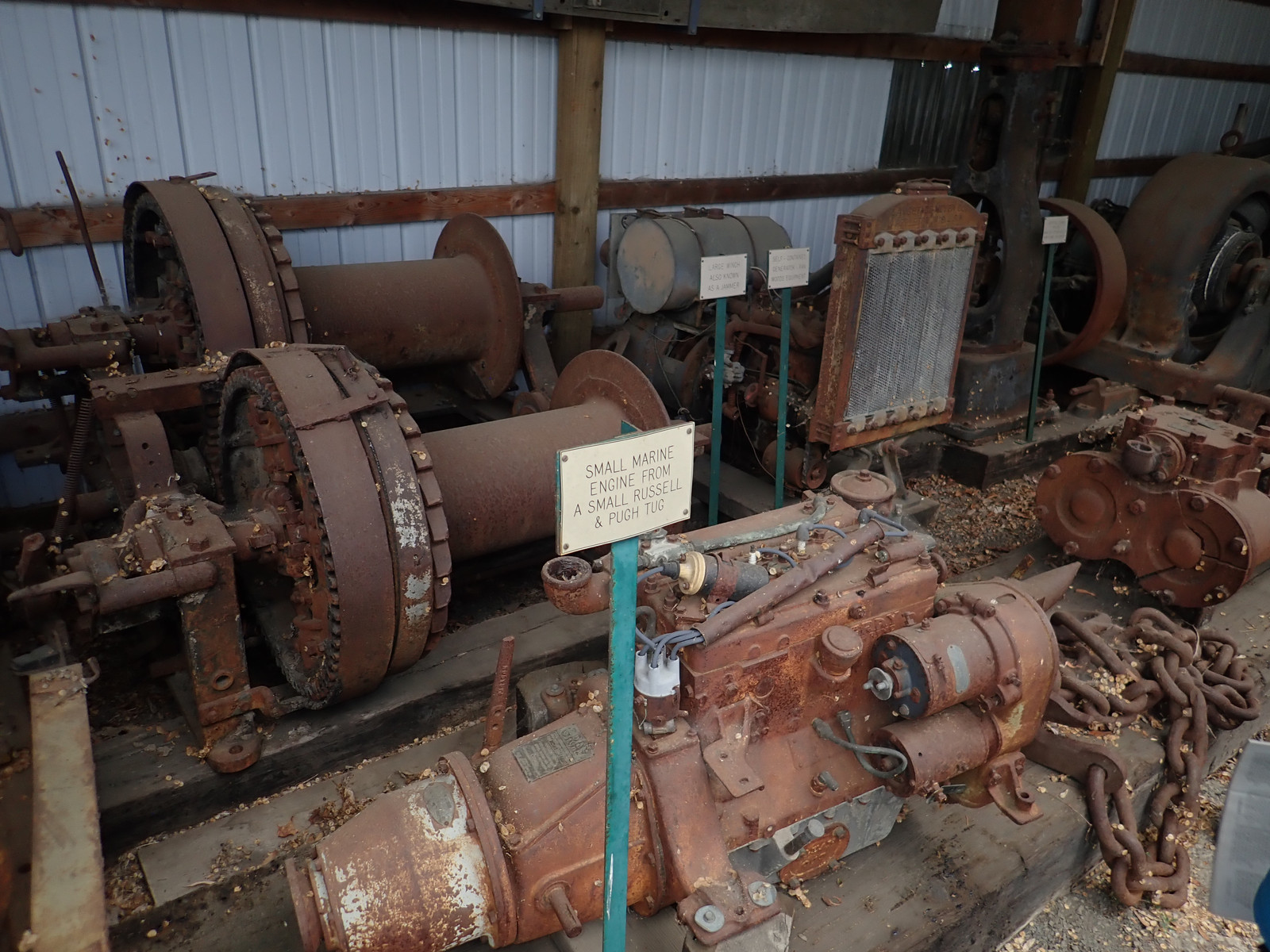
Inside the building, which was spared from a town fire a century ago by a shift in the winds, there’s a range of museum pieces, including this model of a general store. Notice the living spaces above it, and consider if this sort of useful building would be allowed under a modern set of zoning regulations…
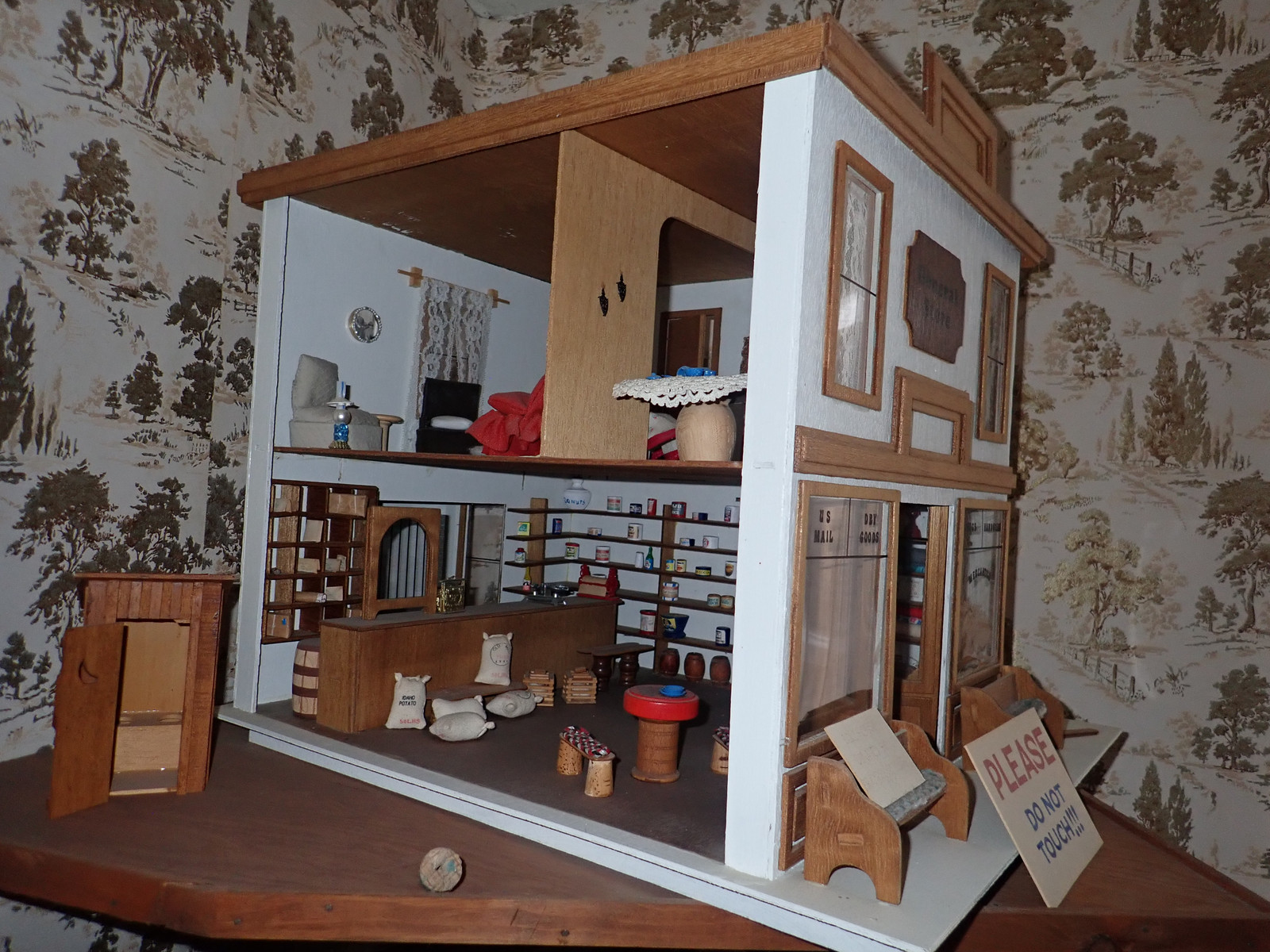
Our way back was mostly the way we came, without some detours. Fun on winding roads around a lake!
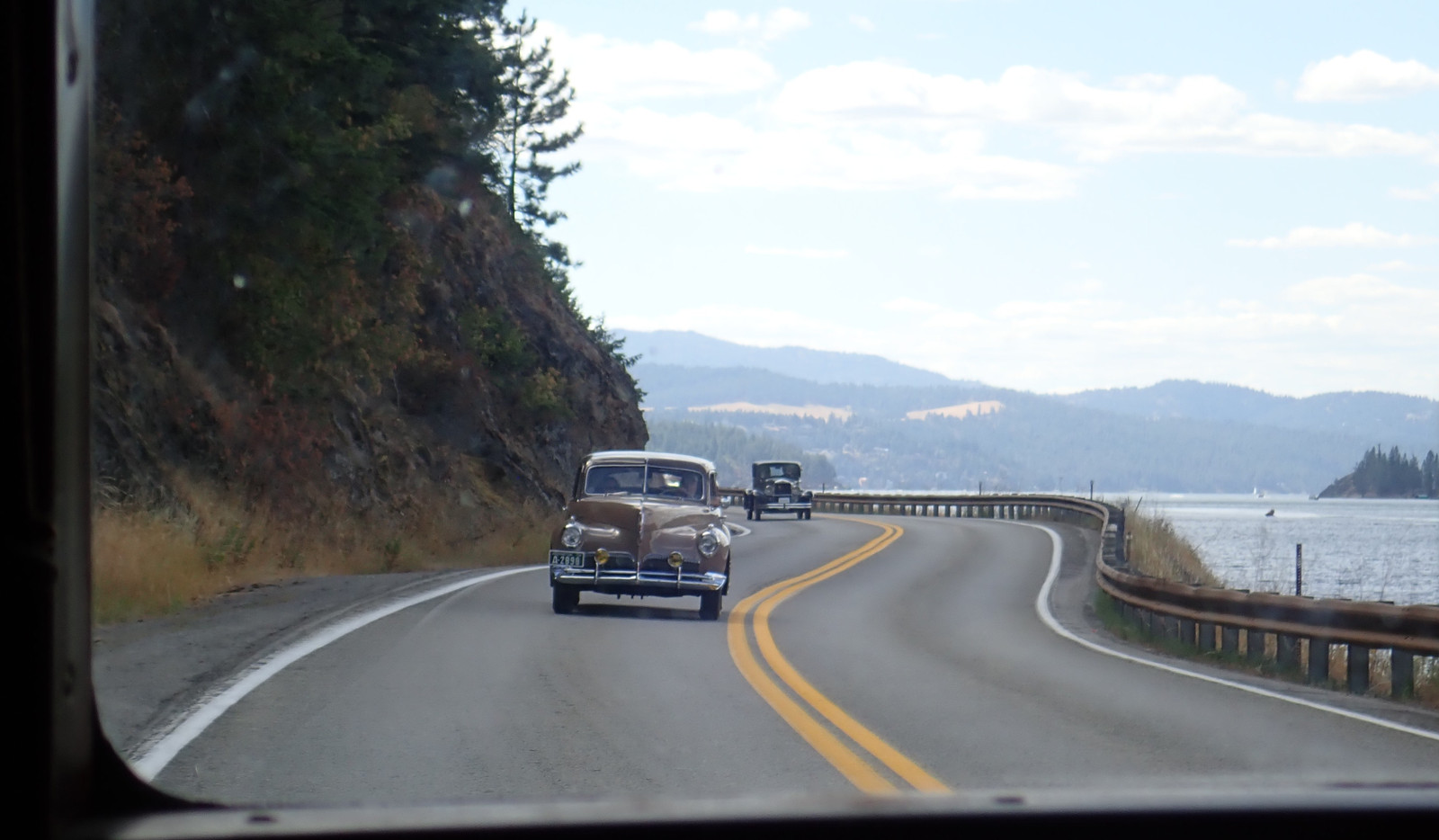
Back at the hotel, we lined everything up for some photos, so I got my sky camera out.

Cars just aren’t very interesting from above, are they? You can see the progression of body styles over time, though - and the progression from discrete trunks on the back to an integrated trunk.
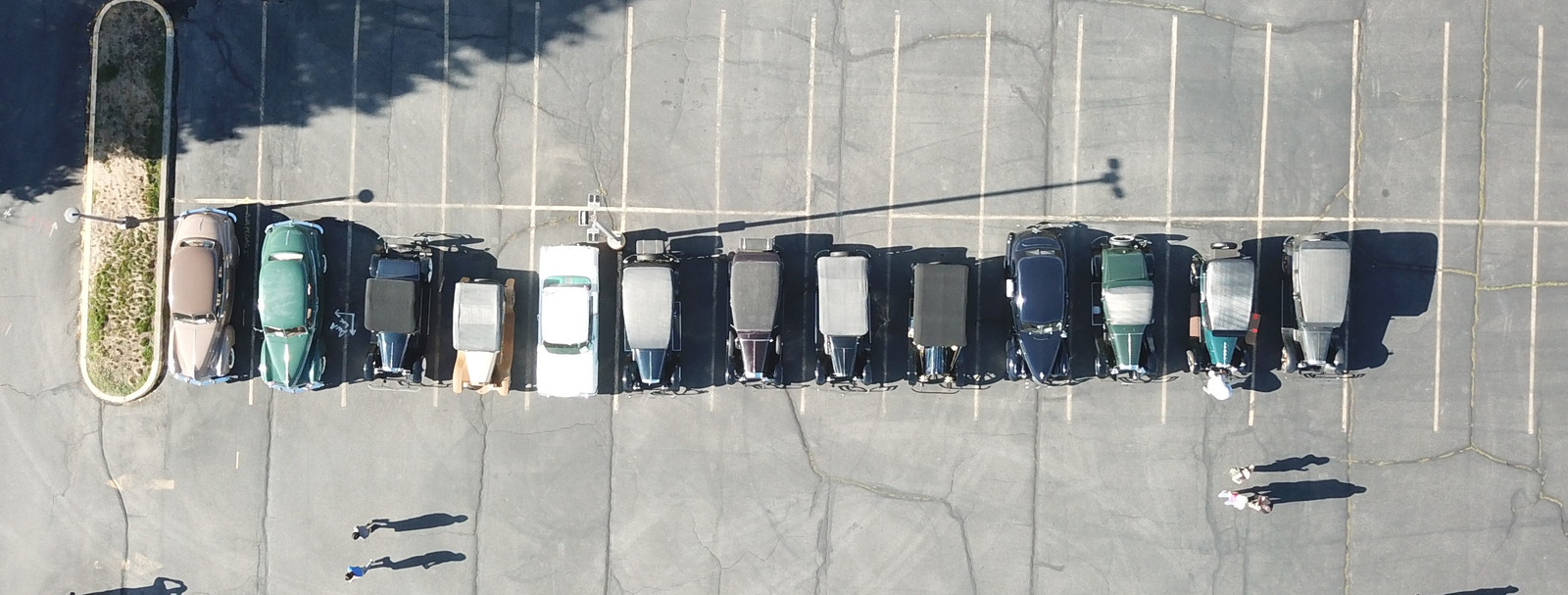
We had 13 cars total - though not all of them were touring by the third day of it. The ETF (the very “horseless carriage” looking one) ran totally fine, but was just a bit slow as a lead car, so our tour guide rode shotgun in one of the Studebakers for the second and third day. Higher speeds did make hill climbing easier.
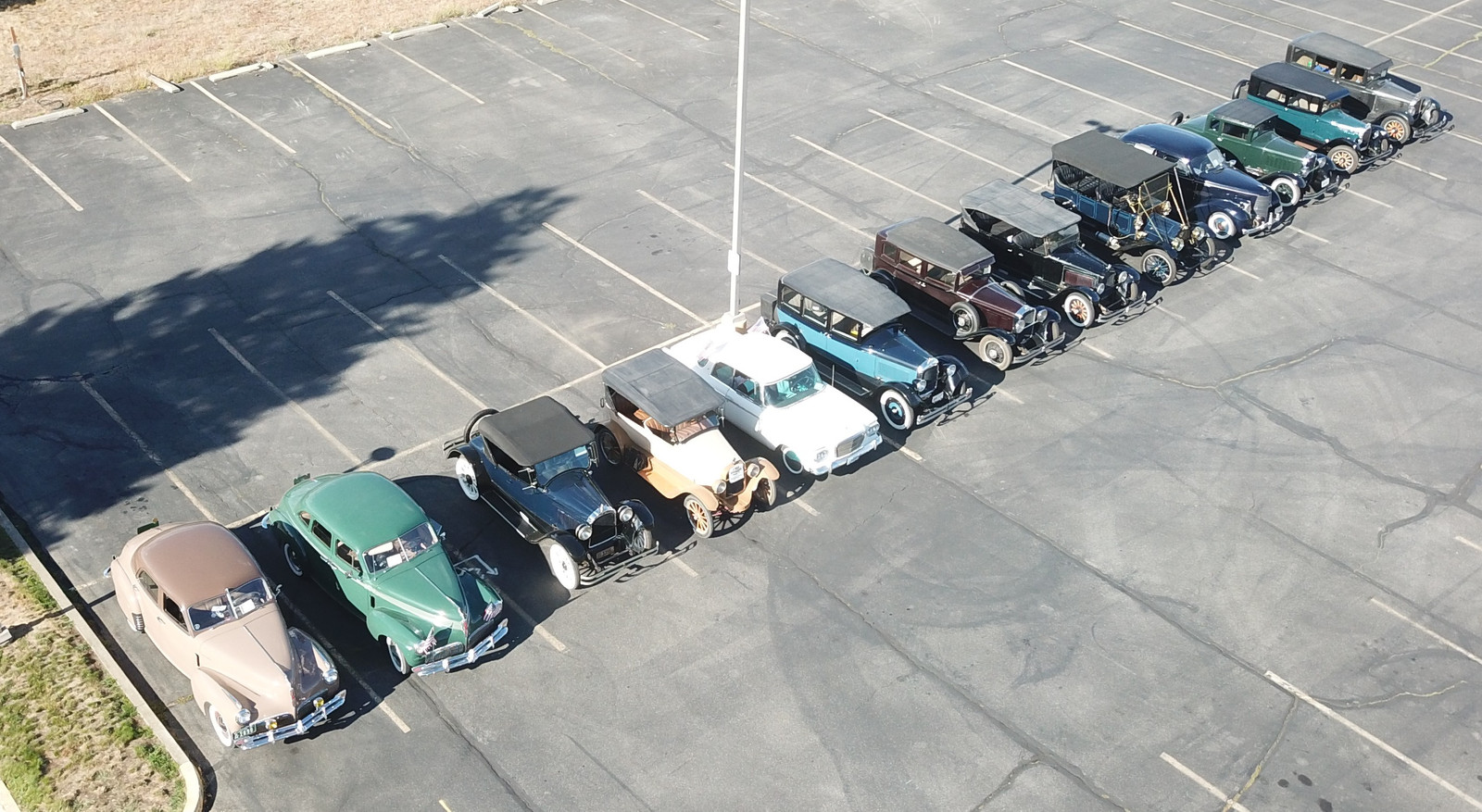
I honestly don’t like my trailer very much. It’s too big, and while it’s a fine car garage, it’s a royal pain in the rear to tow. My truck is not small.
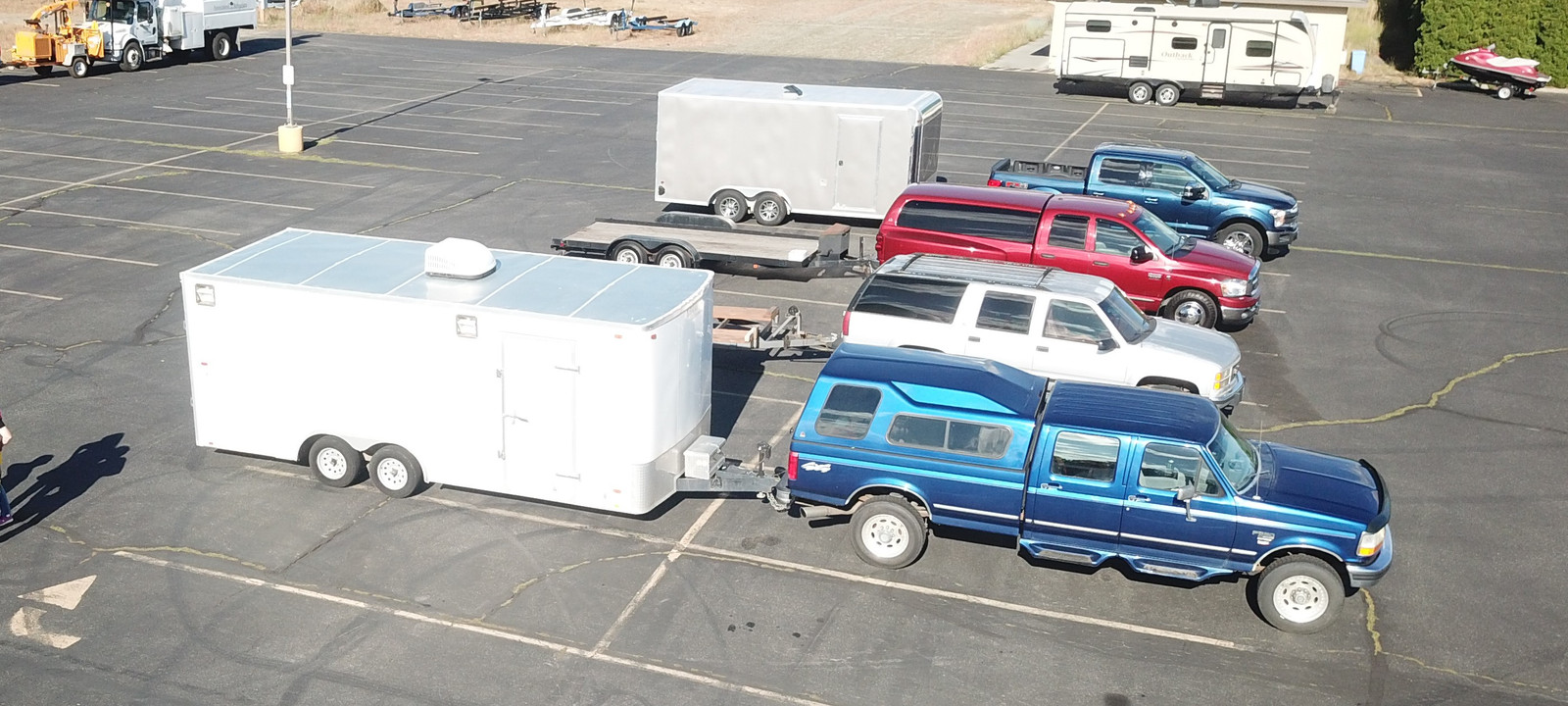
Touring Day Three
Our third day was just a long day of driving. We did, according to several people’s odometers, right about 170 miles in a fairly full day of driving. That’s a quick enough drive in a modern car, but when you’re doing 25-45mph, it’s a good bit longer. Some of the cars had assorted mechanical issues, so we had a slightly smaller group the last day. If your car has problems, no problem! Just jump in with someone else, or bring a modern car with. It’s certainly understood that touring in nearly 100 year old cars isn’t the most reliable thing in the world. If you’ve got a problem, though, there is a lot of experience ready to jump in.
Which, about 10 minutes into day three, was surrounding my engine bay with questions like, “Are you on fire?” and, from my kids, “Do you need the fire extinguisher?” No, and no, but thank you very much for getting it out!
Towards the end of the second day, I’d been smelling some “hot rubber” when we came to a stop, but I couldn’t figure out what it was - I sniffed around the engine bay, couldn’t find anything, and more or less forgot about it. We climbed a hill in 2nd early on, came to a stop sign at the top, and as we came to a stop, I realized that my engine bay was smoking rather alarmingly. Engine bays, even on old cars, aren’t supposed to smoke. I shut down in a hurry and popped the hood (rapidly joined by other people), and discovered that something on top of my exhaust manifold was glowing orange, in the sort of “thing on fire” way you just don’t want to see in your engine bay. Weirdly, it was at the junction between the block and the exhaust manifold, which is all metal and rather used to high heat. No flames, and as the manifold cooled, the smoke died down, but there was clearly something very unhappy with being hot up there. A locally sourced stick served to brush it off and out of the car, and after some more inspection indicated that nothing else seemed weird, we set off again. As far as I can tell, a hunk of rubber from the hood hold-downs (to… prevent them from banging around? I’m not actually sure what the part was supposed to do) broke off and fell into the engine bay at some point, and the heat of our climb served to convert the bulk of the material into smoke. Anyway. Doing my duty for the excitement!
Day three involved a good bit more gravel - and some pretty darn steep gravel, at that. How’s your downshifting, on a non-synchronized manual gearbox? Mine is far better than a week ago! I know it looks like we’re on flat ground here, but I promise, it was a steep second gear uphill! Followed, a few miles later, by a second gear downhill. Old cars of this era don’t have very amazing brakes - so you need to use engine braking for any sort of long grade. Dropping down to 2nd, on a steep downhill where you’re using the brakes heavily in third, without running over the car in front of you, is an exercise in “I need another foot or two.” However, our car has the handbrake lever on the left side, and it runs the main brakes - I don’t have a separate parking brake. My solution was to use the handbrake to hold speed, perform the double clutch downshift action, and then release the handbrake. It’s kind of the same process as starting on a steep uphill grade, actually…
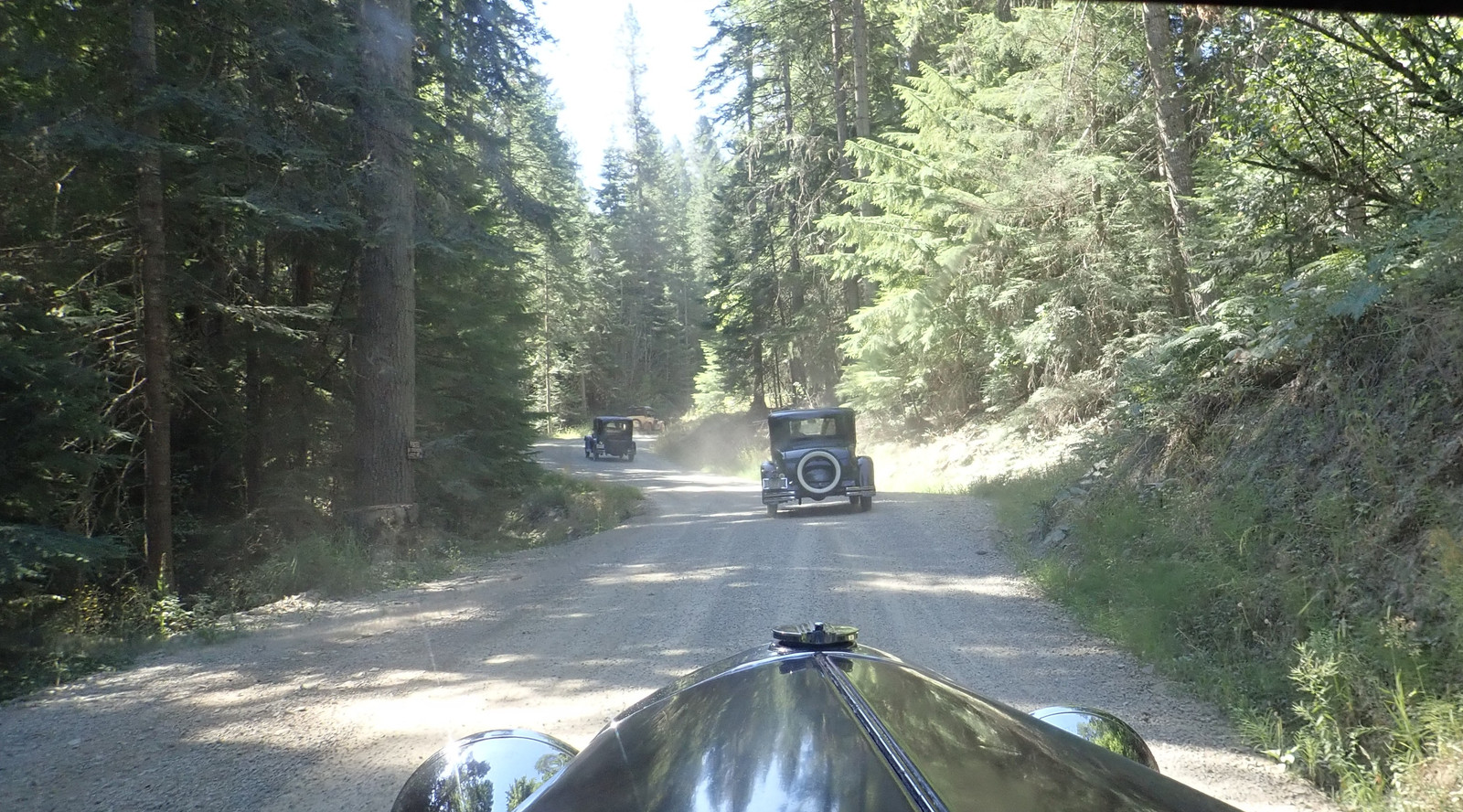
The payoff for climbing and descending the steep gravel was a number of miles through a beautiful valley, filled with trees, water, and no shortage of nesting eagles, osprey, and condors. There’s no easy way to get to it, so there was no traffic at all, and we motored along enjoying the scenery.
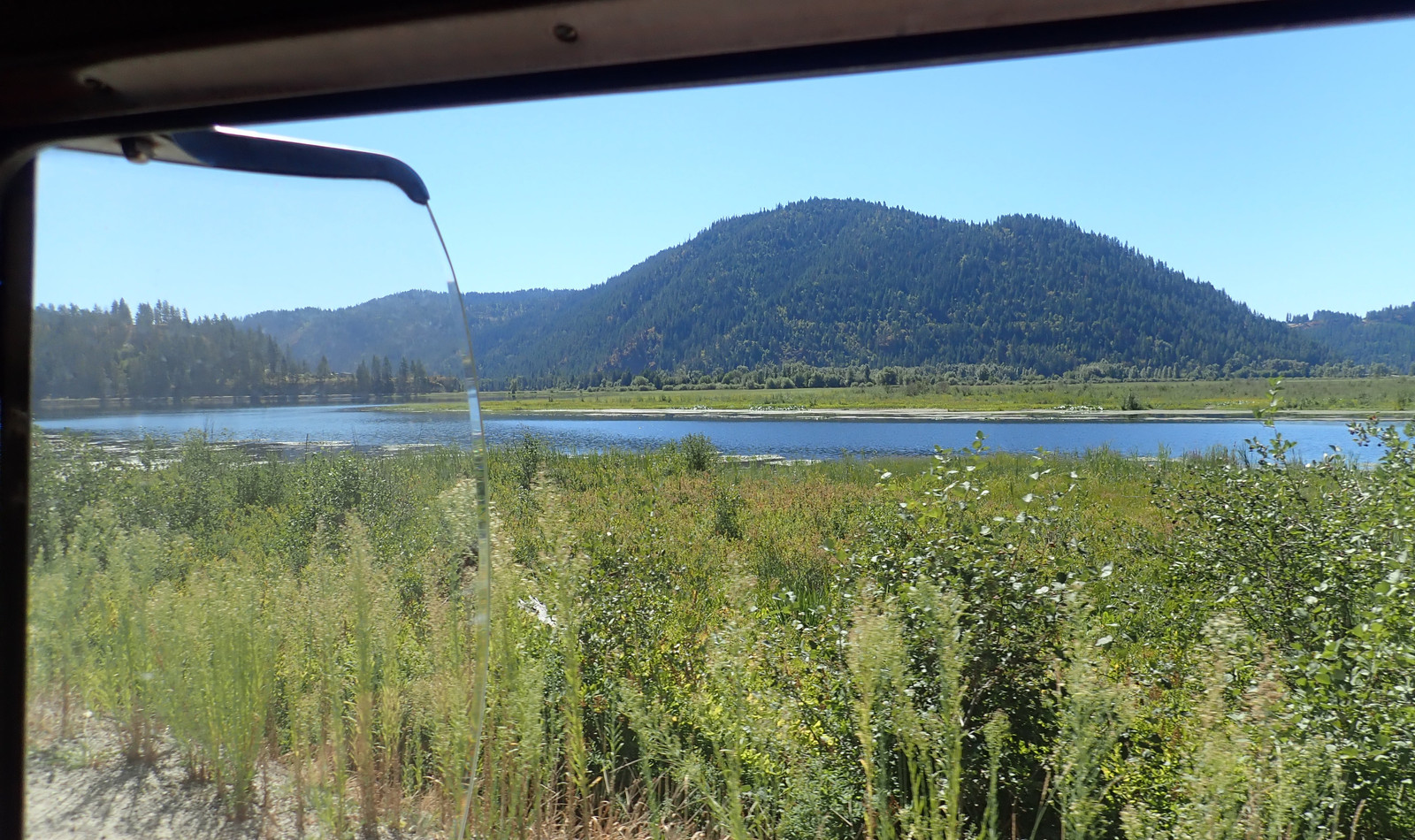
After getting out of that run, we set out on yet more beautiful, rural, winding, two lane highways. Not much in the way of hills, almost nothing in the way of traffic, just a twisting stretch of asphalt that wound to the horizon, past farms, fields, and everything else you find out in the country. After the work of all the hills, this was an absolutely wonderful stretch to drive - stay in third, add and subtract throttle, and just carve along. We made good time, too - even the ‘23 Overland had no trouble keeping up at 40-45mph. Winds were calm, temperatures were pleasant, and… yeah. This is motoring heaven, really. Endless miles of this, in a car that’s behaving perfectly.
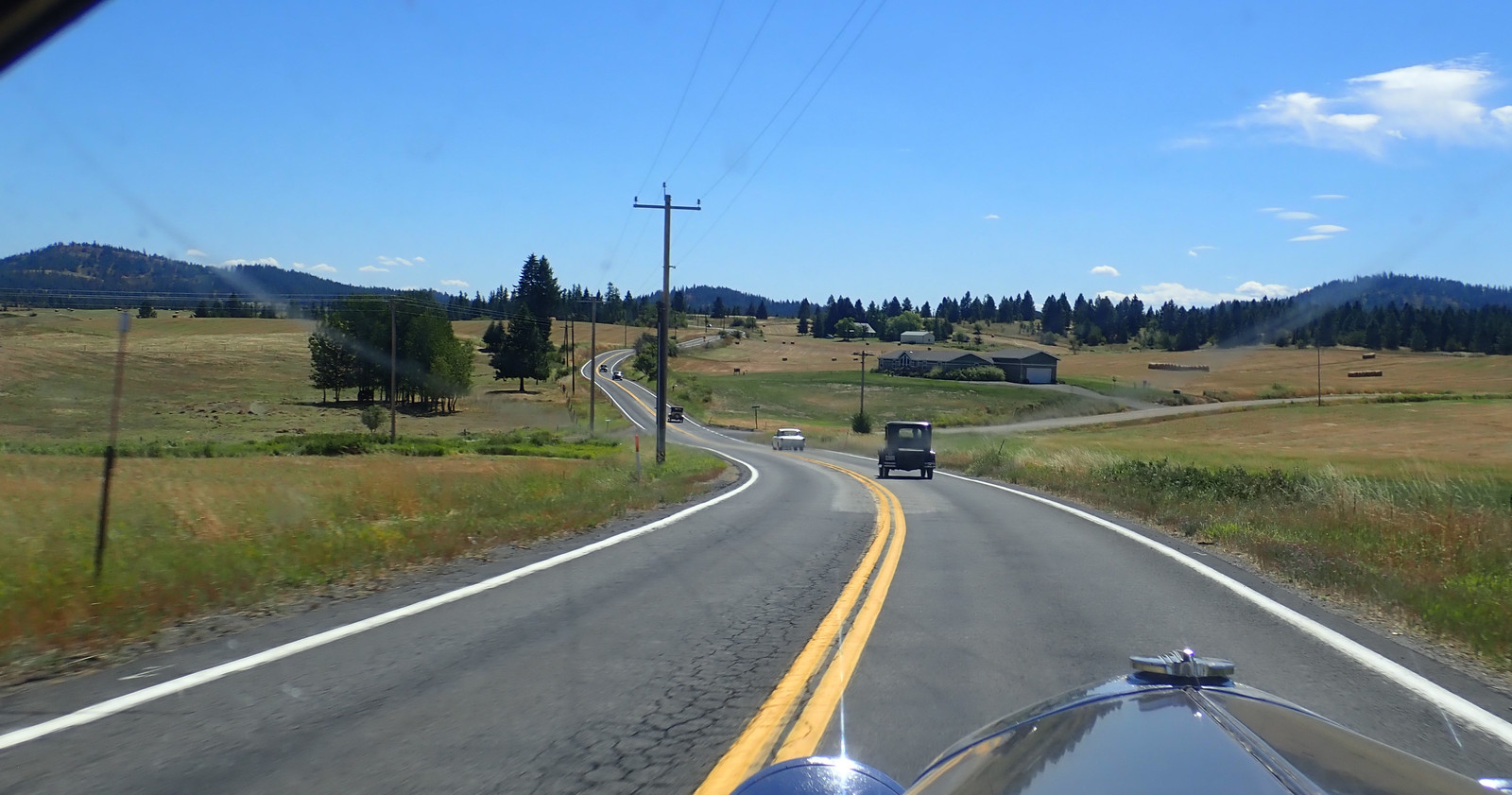
There’s nothing I have to do to our skies. They really, really do look like this. Also, after oiling the throttle linkages at lunch, things were far smoother on the way back. I have an oil can, and i regularly use it!
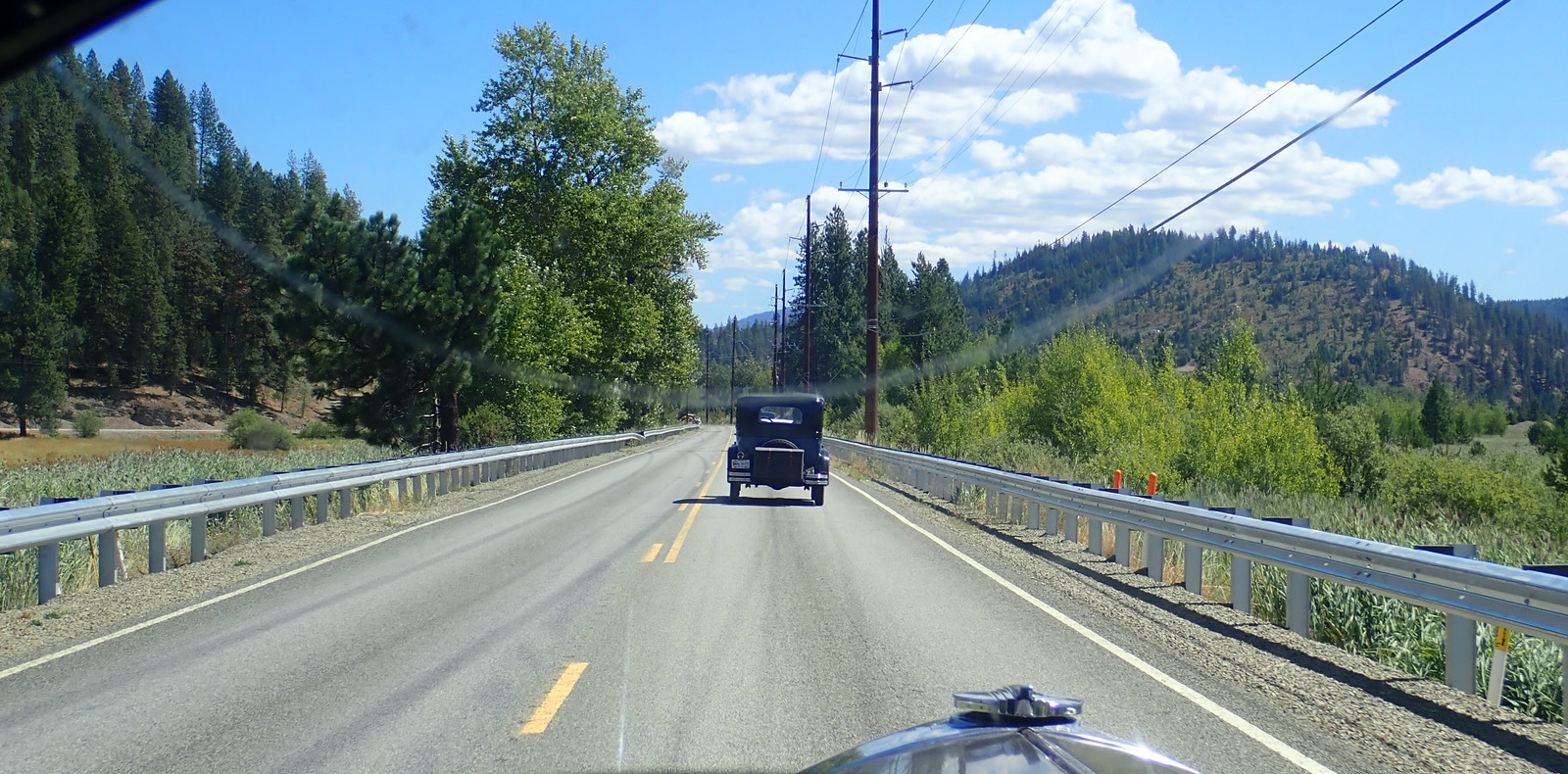
Some miles later, we came to lunch and parked in a large gravel lot - at which point, the green Studebaker decided, “I’ve had enough of this tube in my tire,” and proceeded to rapidly empty one of the front tires of any pressurized air. Look. Be nice to your cars. There were any number of places where a flat would have been absolutely inconvenient - two lane highways, lots of corners, with nowhere to pull off. This car had the kindness to wait until a large gravel parking lot, with everyone planning to spend an hour and a half here, before going flat. it’s worth the time to talk to your car, thank it, and generally be kind to it. I know it seems bizarre, but it’s served me well in many years of cars ranging from “cheap” to “sketchy as hell,” and I’ve really only had a small number of “genuinely broken down on the side of the road” events (mostly not in the cheapest cars, either). Get me home, or somewhere convenient enough, and I won’t count a “maintenance required event” against a vehicle.
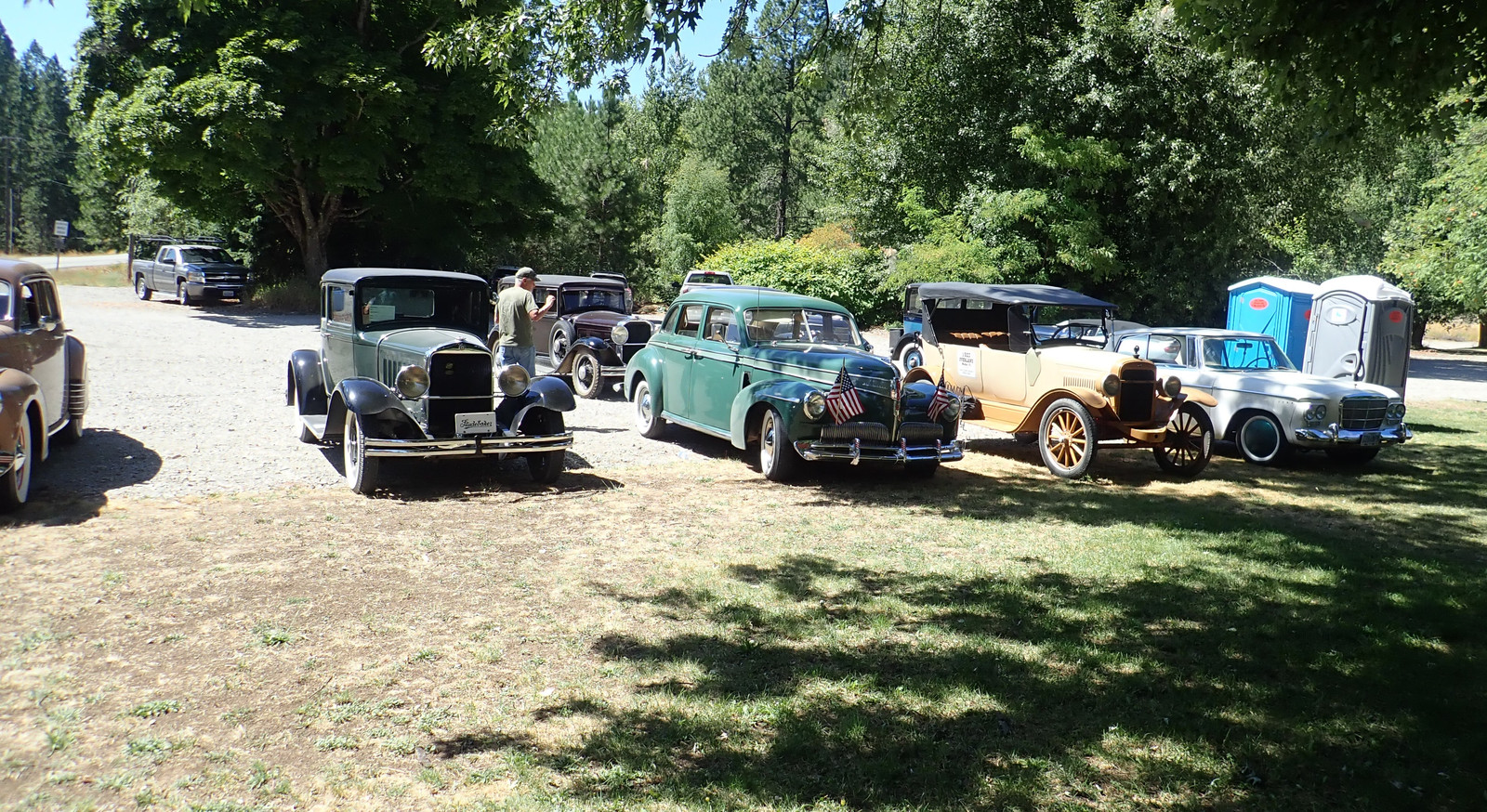
Did we (well, the car’s driver… the rest of us enjoyed watching the show…) change the tire with a modern hydraulic jack? Of course not! A period-appropriate screw jack appeared rather magically from someone’s trunk to save the day. The center is a threaded screw, and the inside of the larger gear is threaded. Turn the outside gear, the inside gear turns, and it raises the screw! Simple, easy, and ideally well lubricated.
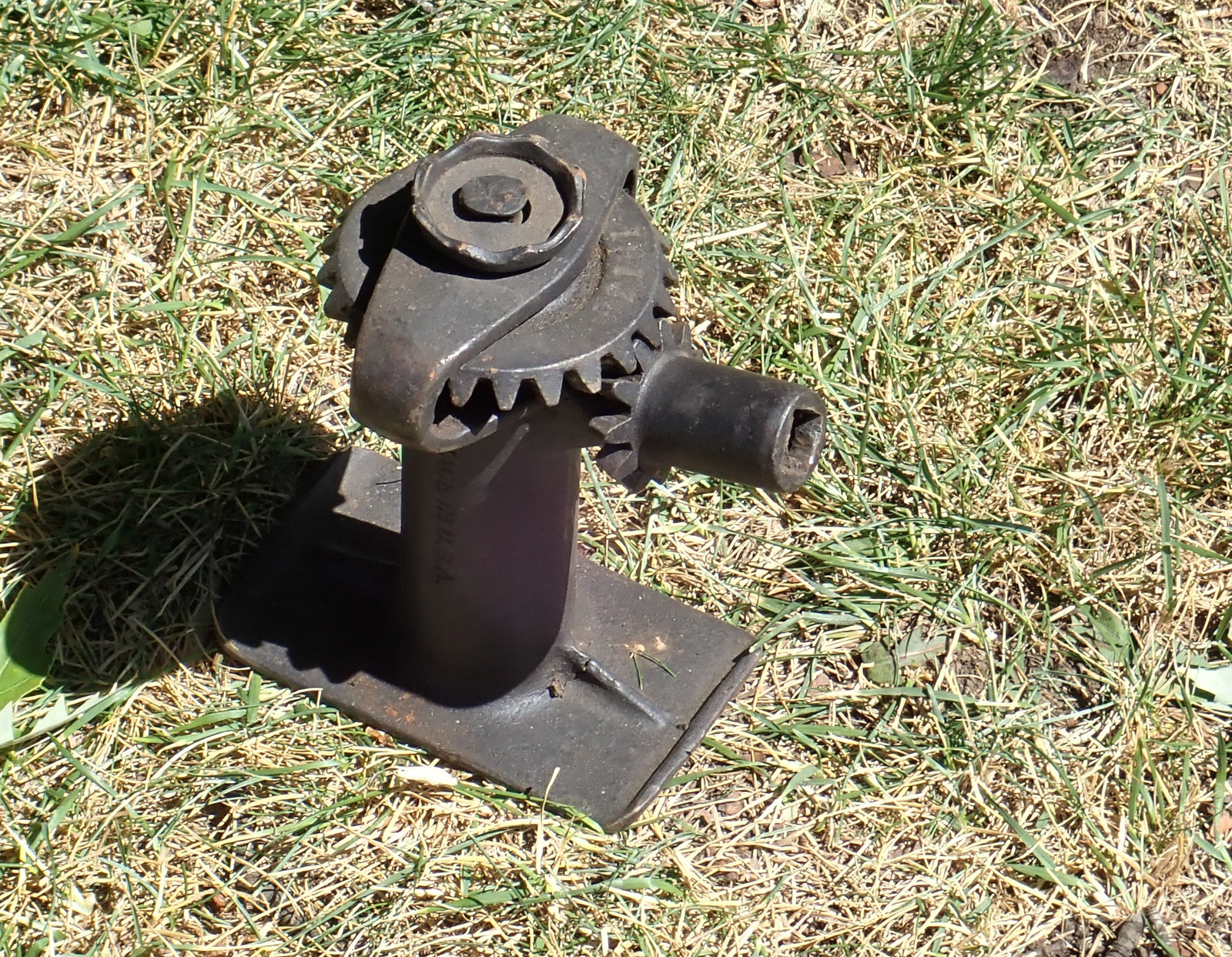
Lunch was this ancient roadhouse in the middle of nowhere, and it was absolutely as you’d expect it to be (utterly delicious)!
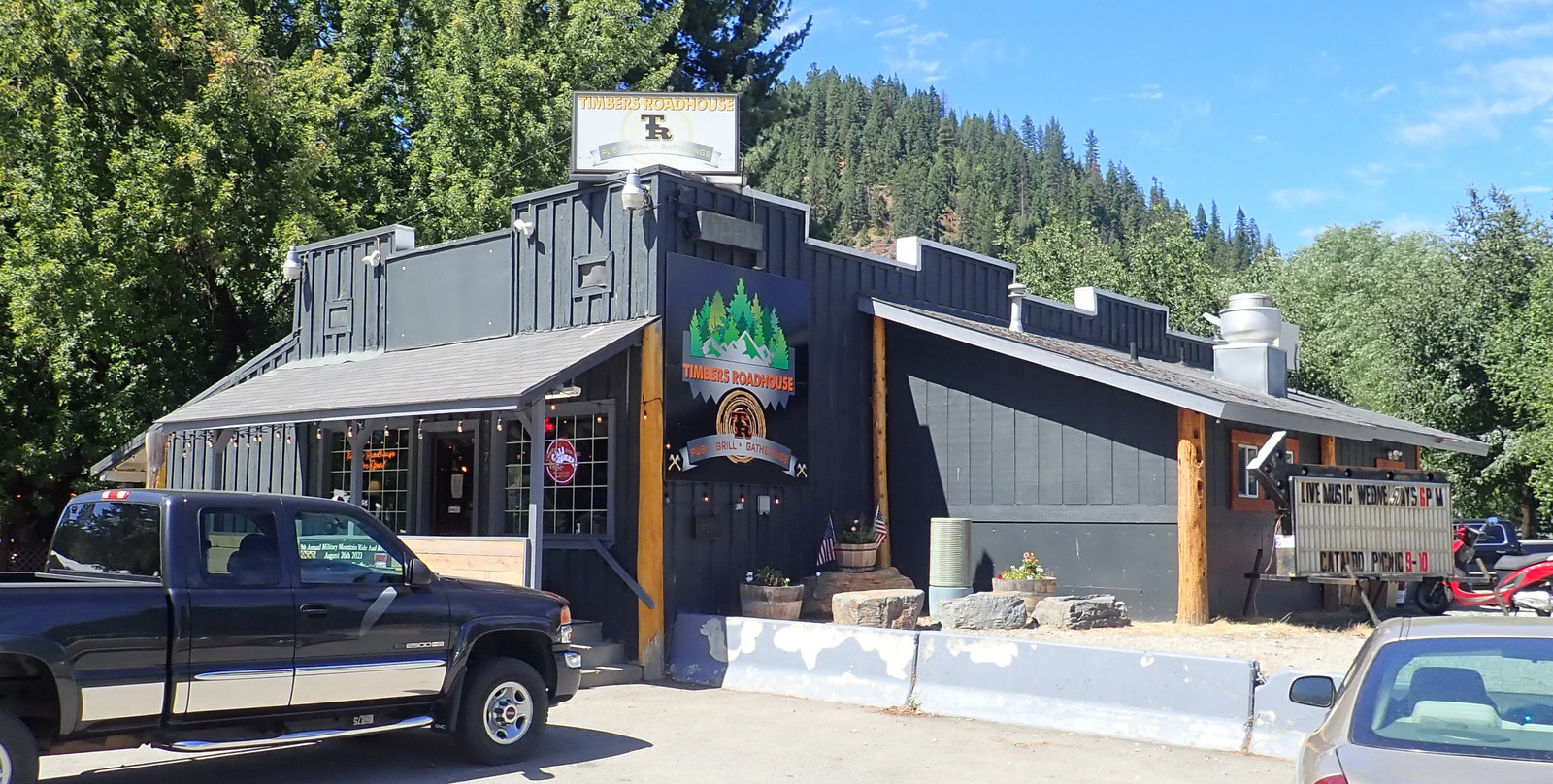
A couple car meets ago, we had a tour of the neon sign museum in The Dalles. I appreciate neon signs so much more now - they’re basically all hand-made, by artists working with hot glass tube and flame. This isn’t a mass produced sign - this is a one-off, hand made bit of neon art!
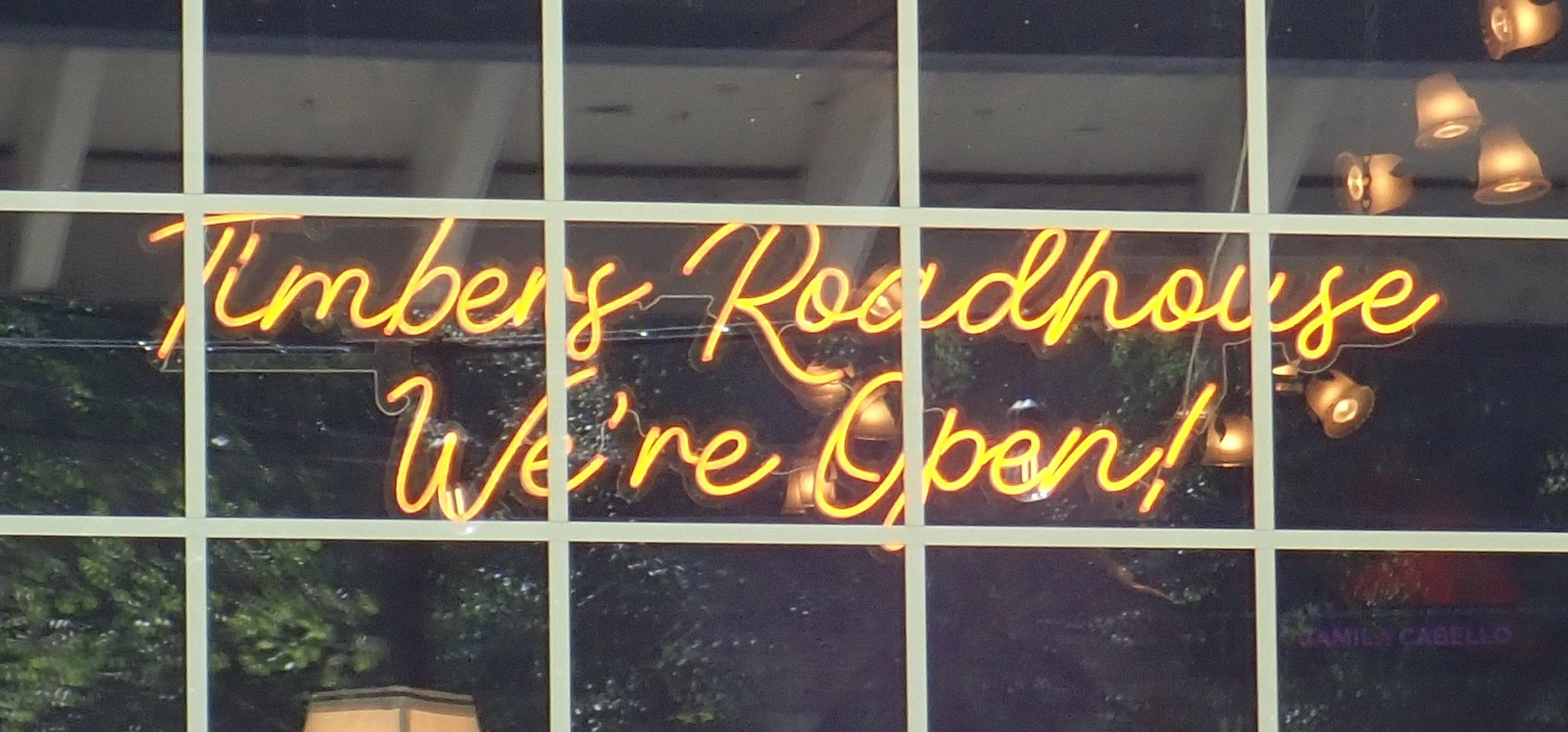
Also, feel free to borrow this for your D&D campaigns. Banging tankards on the table is NOT what Bilbo Baggins likes!
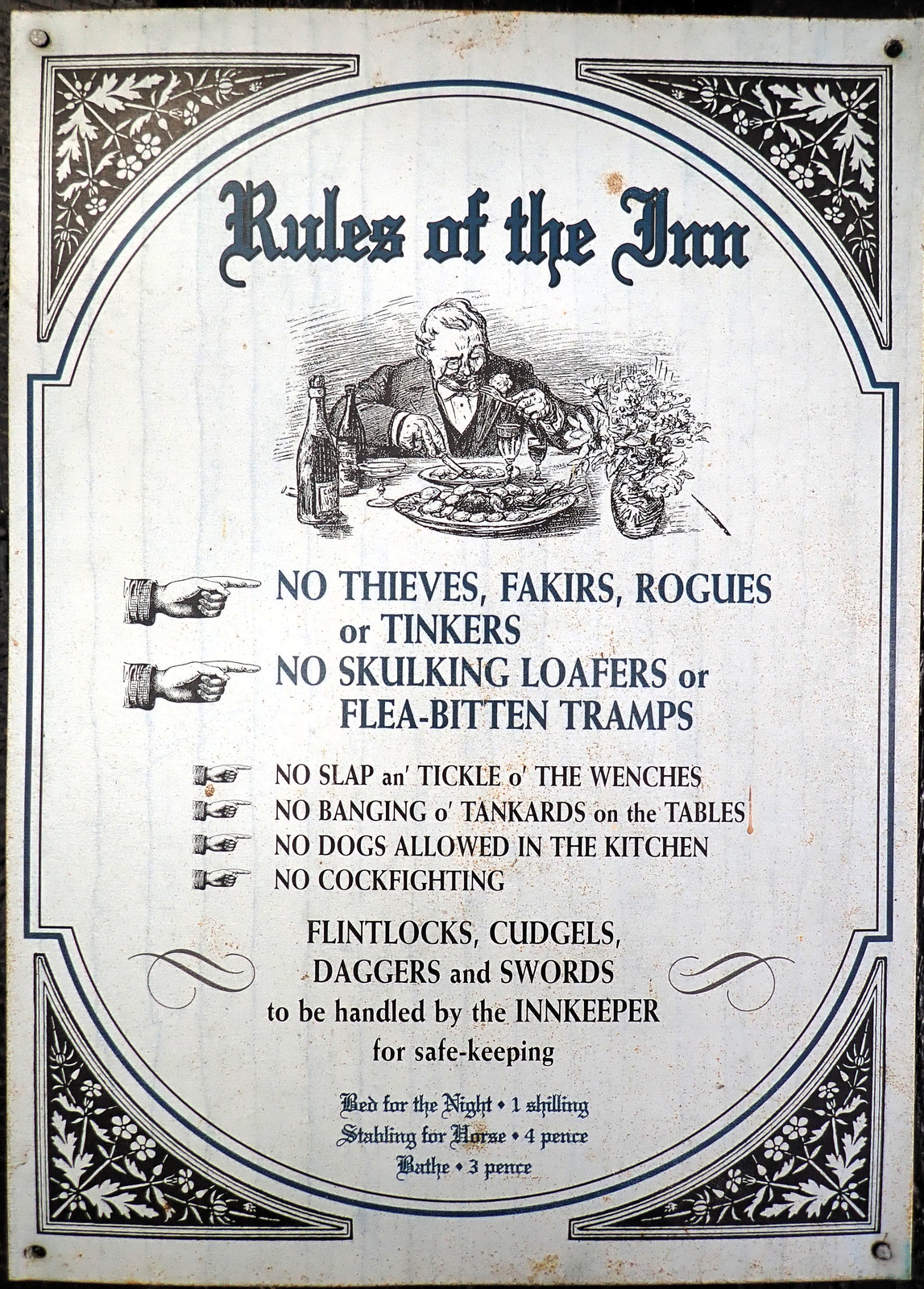
Some gas and coolant later, and we headed back to the hotel.
Thoughts on Driving a 1930 Willys 8-80D
This is our first meet with the car, and while we’ve driven it around the area, this is the first time I can say I’ve really driven it. Almost 300 miles of winding, hilly roads later, I have a far better feel for the car than I did a week ago, and… I very much like it! Modern driving seems to be about removing as much of the human from the process as possible - cruise control, automatic lane holding, assorted claims to self driving, and the like. There’s none of that present here, and driving for long distances is actual work. You can’t let your thoughts drift, because the car won’t let you. It’s very much like my tractor in that way - I have a Ford 9N, so a late 1930s design, and it expects you to pay attention - at very literal threat of death, should you ignore it too long. The car isn’t quite as hostile, but it’s nearly as demanding. It expects you to know how to drive it.
And after the trip, I feel a lot more confident in that. I have a far better feel for how to drive it, and what makes it happy. It’s one thing to double clutch your upshifts on flat roads, and slip smoothly back into first coming to a stop. It’s entirely another to be able to reliably do that going up a steep hill as your speed drops, or (worse, in my opinion…) to do it coming down a steep grade. And I had to do that, over and over. You can’t ride the brakes - they won’t take it. Engine braking isn’t optional. But, I can say that it’s entirely possible to drive a non-synchronized transmission with no clashing of gears. I’m not perfect at it yet, by any means. I ground more than a few shifts, especially in town. But you can run one up and down the gears, over and over, without clashing any of your shifts. They feel good when you get it right, and it’s an awful lot more satisfying than a cloud of polygons pretending to be confetti on your phone or computer screen.
I still have a lot to do on the car. The brakes need a full adjustment. The carburetor needs a new linkage that gets me full throttle (as was pointed out, I ought to be able to outrun a ‘23 Overland with four adults in it easily, and I only barely managed this - because I don’t have more than about half throttle available). I don’t know for sure, but I think I heard the ignition system crossfiring at some points. The water pump and I need to have some longer form conversations about where the coolant goes (inside the radiator and engine, and I will replace the packing gland if you make me!). The electrical system is… well, let’s just say the one touch control for lighting is going to be another post, and I’ve no idea thus far what on earth is draining the battery when shut down.
But it made it, on a rather hard driving schedule, and I really didn’t have any more than the usual problems. Yes, it was work, and I wondered at times, in the heat, in traffic, sitting at the fourth cycle of a stupidly short light as my coolant temperature gauge kept climbing, what I was doing driving an ancient car in modern traffic. But it was fun. I had nothing digital in the world to worry about. And motoring along, in a string of similarly ancient cars, on winding rural roads, under a beautiful blue sky? Yeah, I get it. This is fun. This is a lost art. And damn it, I want to be better at it! I don’t care that this means being covered in grease. I live in a place where grease under your fingernails is a point of pride.
The Thermador
They don’t have a jet engine. What on earth is that thing in the window? Yes, I know it’s a 1911 ETF on the right, but… what on earth is that to the left?
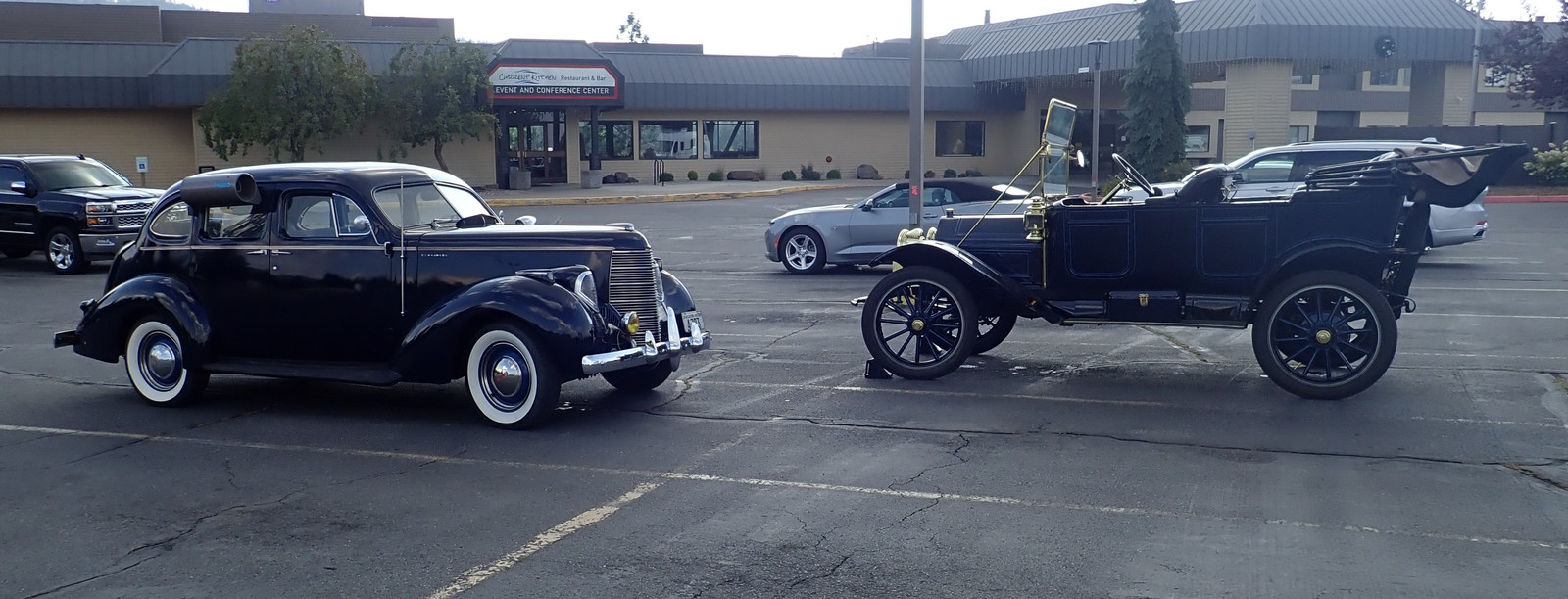
It’s a Thermador Car Cooler, of course! As it turns out, this is a western invention that is basically “A swamp cooler for your car.” Fill it with water, pull a rope on occasion, and a cylinder of wet filer medium delivers a blast of cooled air into your car’s interior! They don’t work in the high humidity, but before air conditioning was popular, they were certainly a thing.
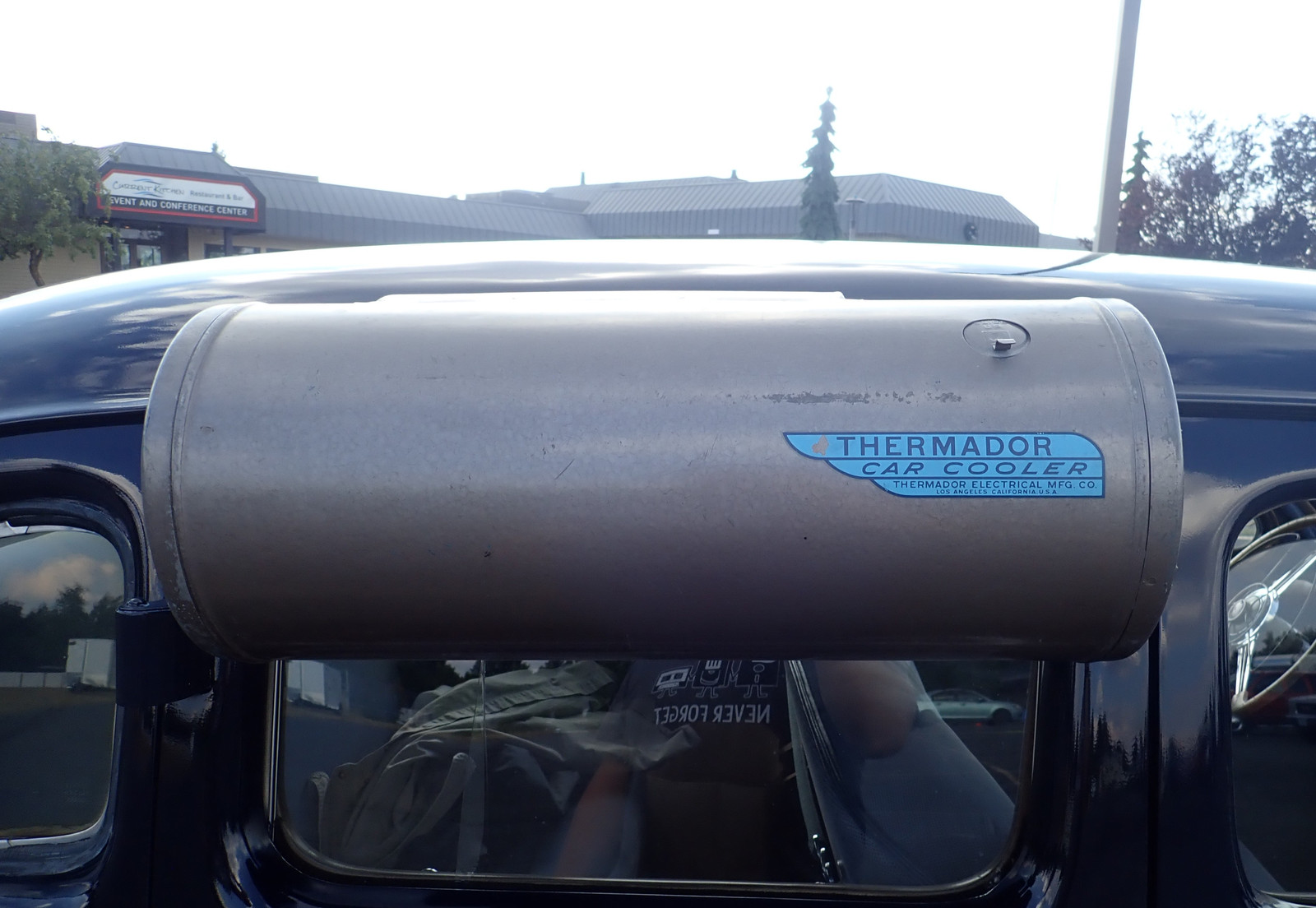
But they are not a jet engine. If they’re following you, it makes the car look like a cop car. If they’re in front of you in the shadows of trees, it looks oddly like a dog leaning out the window. It’s just a swamp cooler, though.
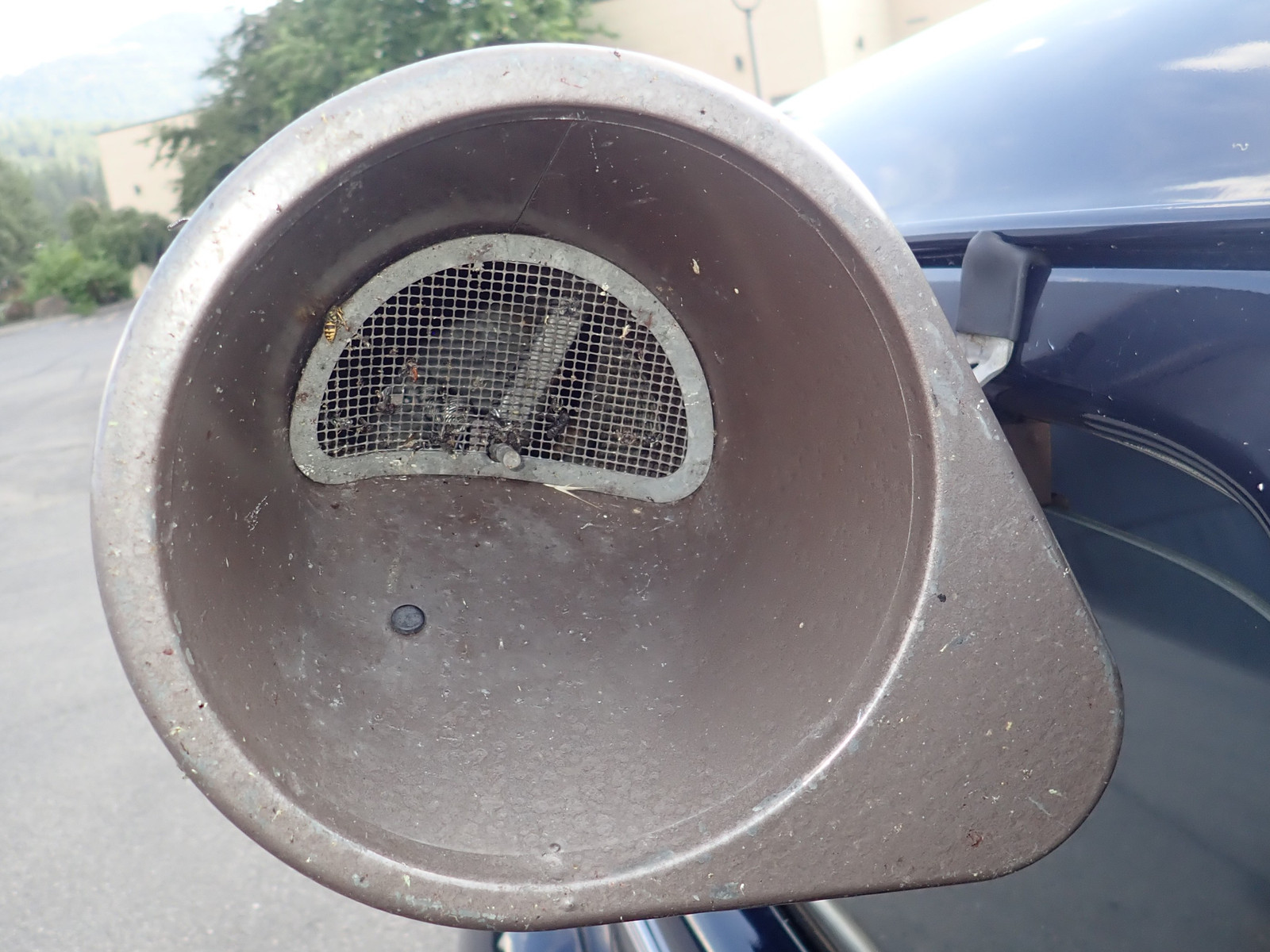
The Drive Home
Listen. Do you want to make a late 90s pickup feel like the most modern thing you’ve ever touched? Spend a couple days driving 1930s technology. The pickup has power steering, power brakes, a stereo, power windows, and enough space to spread out. We took two days to get out there, and planned initially on two days back, but after some consideration, decided to try it in one. And we made it with daylight to spare.
My trailer is a very good garage for the Willys. It’s not a great car hauler. It’s wide, tall, and rather ill behaved in tight corners. Also, tows like a skyscraper. My truck is not modern. I don’t have 750hp and 1500 ft*lb of torque. I crested Cabbage Hill at 35mph in 2nd, because my intercooler was heat soaked by the end and I just don’t like EGTs north of 1250 (and I prefer 1200) - though I did see 1300 for a minute or so later on during a pissing match with a couple semis on a long grade when I had no other options. But we had beautiful weather, and a tailwind for a good part of the trip back, so I can’t complain!
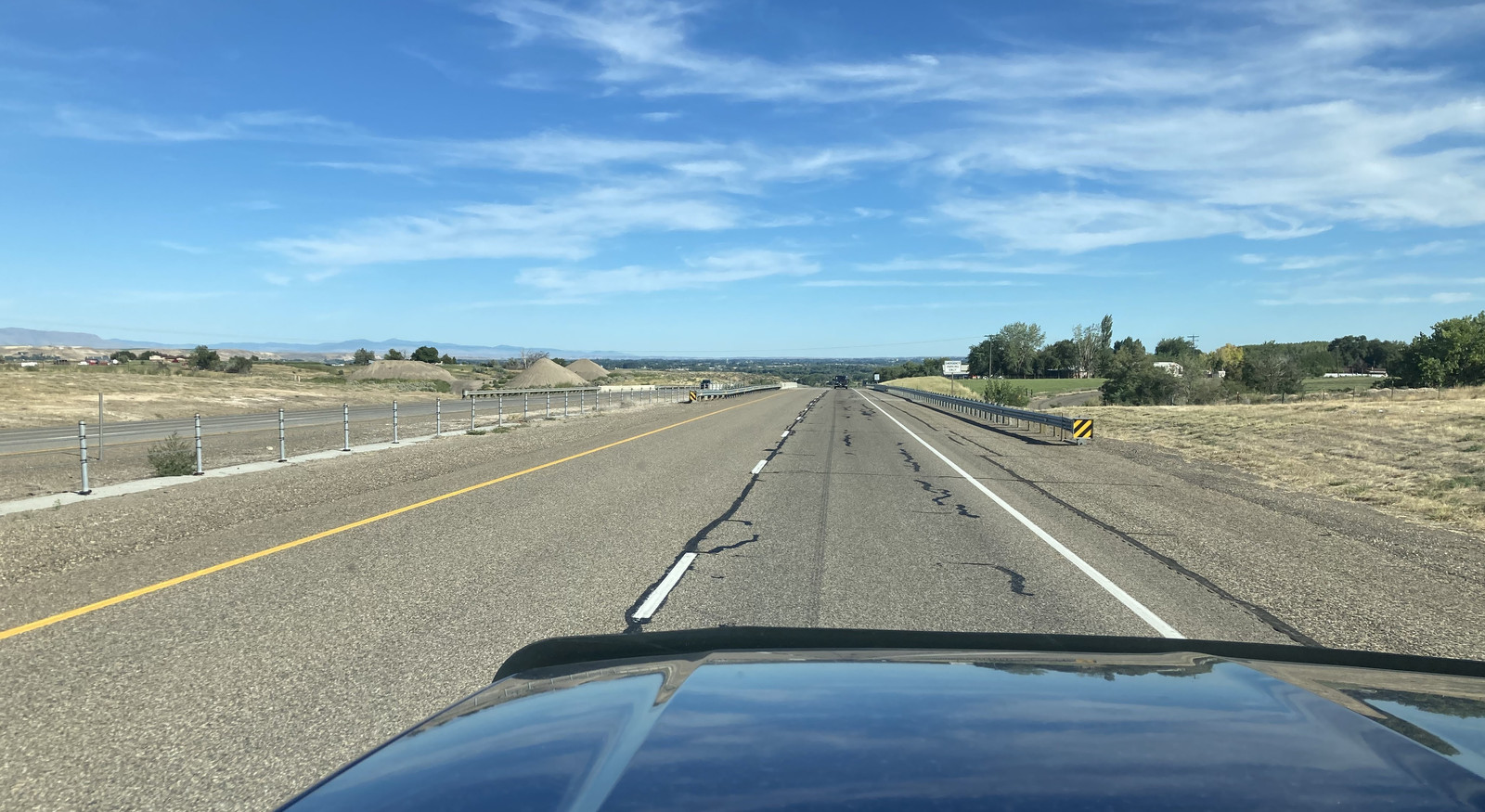
I’m probably going to do something to my truck before the next long distance car meet, though. There’s no shortage of reasonably affordable ways to improve airflow, which will improve power, fuel economy, and lower EGTs all in the same deal. Turbochargers have come a long ways in the last 20 years, so I may make use of some newer technology wheels on them, and I’m pretty sure some of my up-pipes are leaking (or so I tell myself to justify replacing them with bellowed ones instead of the gasketed ones). Or, I might figure out a way to use a different trailer for the meets. The car trailer is great for storage - plenty of room, in all directions. It’s just a heavy brick to tow, and fuel burn and speeds show it.
Oh darn. Excuses to get more grease under my fingernails. It’s good for me!
Now back to modern life…
Comments
Comments are handled on my Discourse forum - you'll need to create an account there to post comments.If you've found this post useful, insightful, or informative, why not support me on Ko-fi? And if you'd like to be notified of new posts (I post every two weeks), you can follow my blog via email! Of course, if you like RSS, I support that too.
